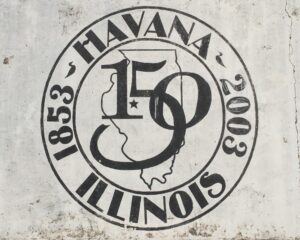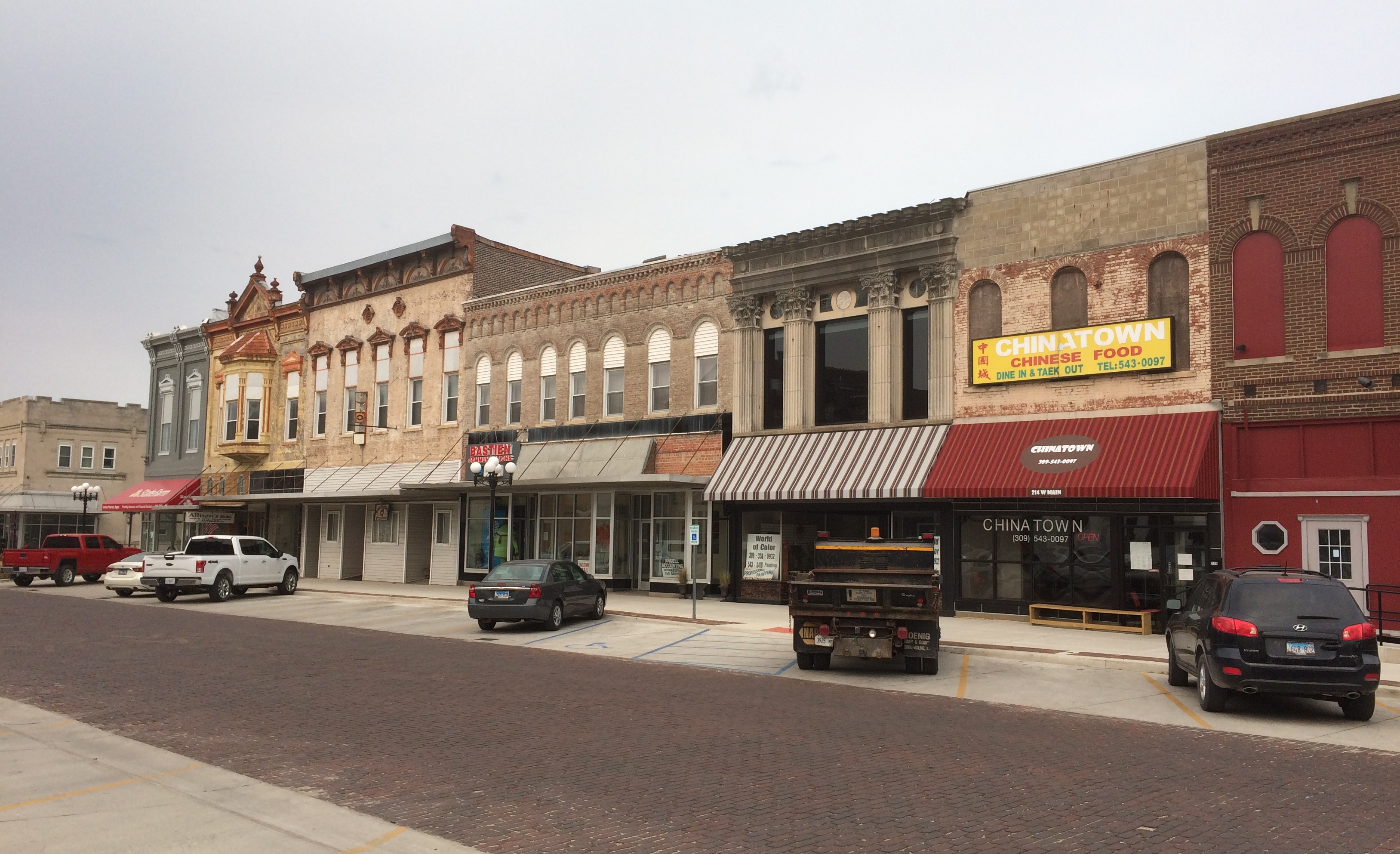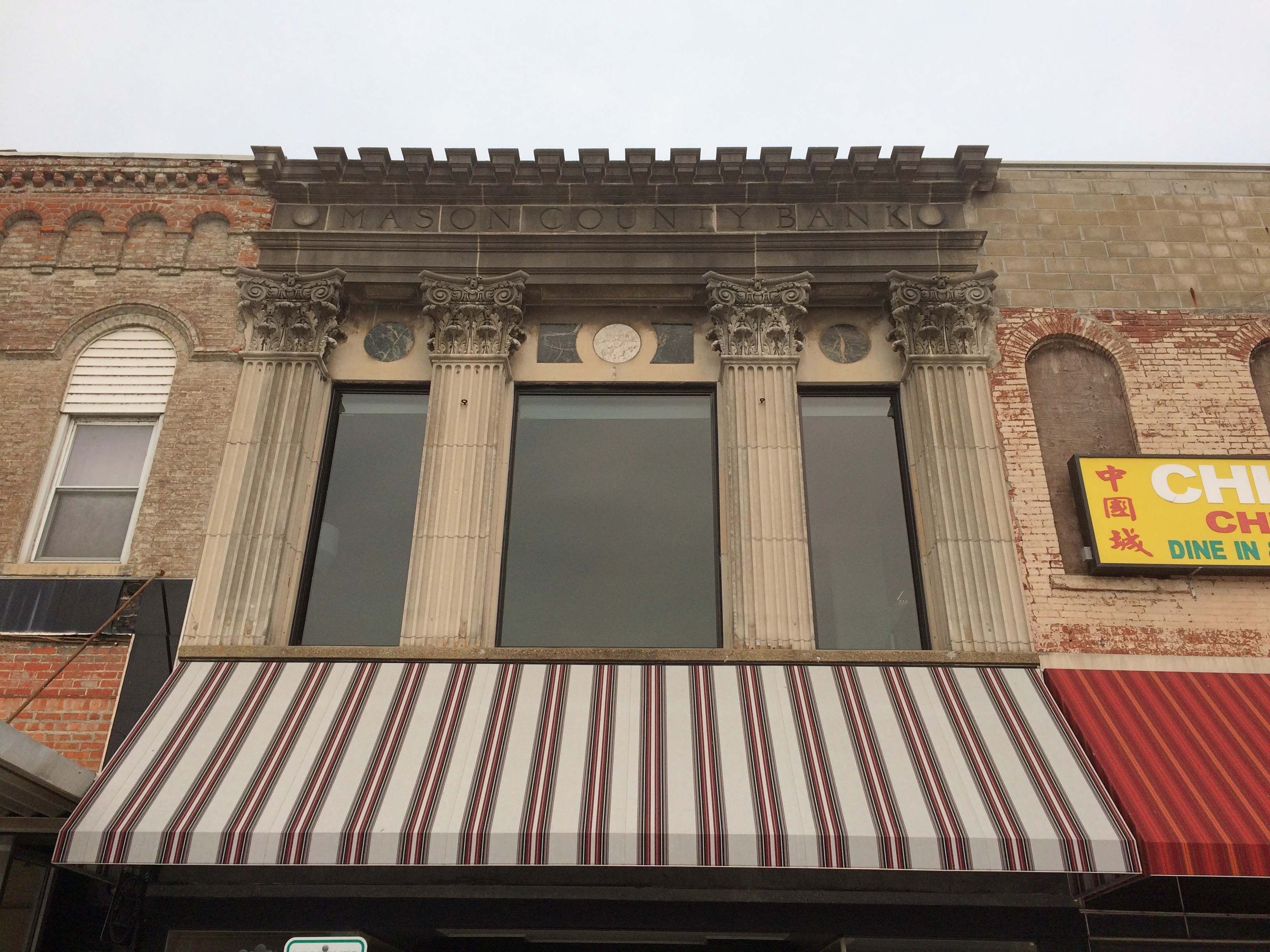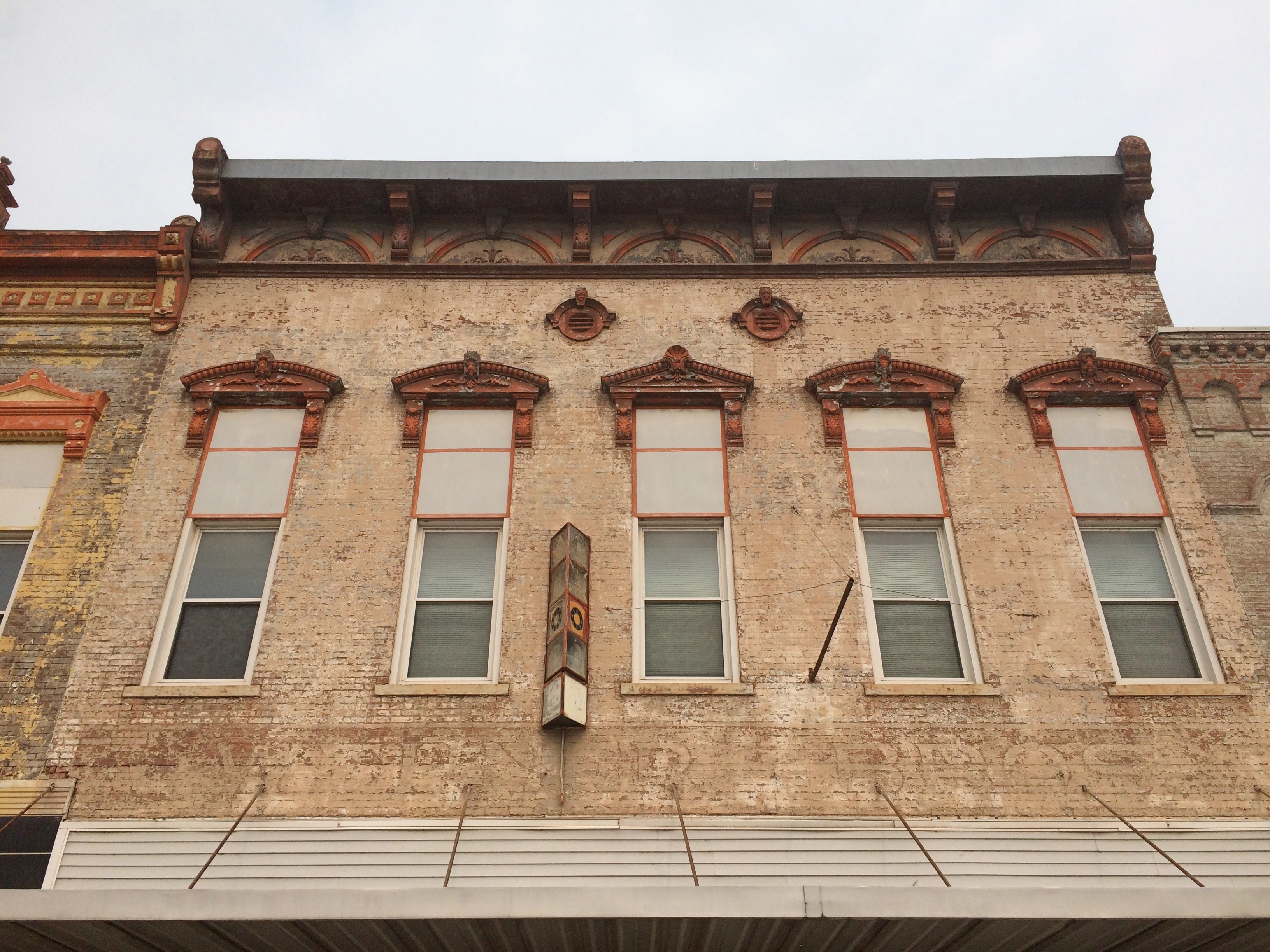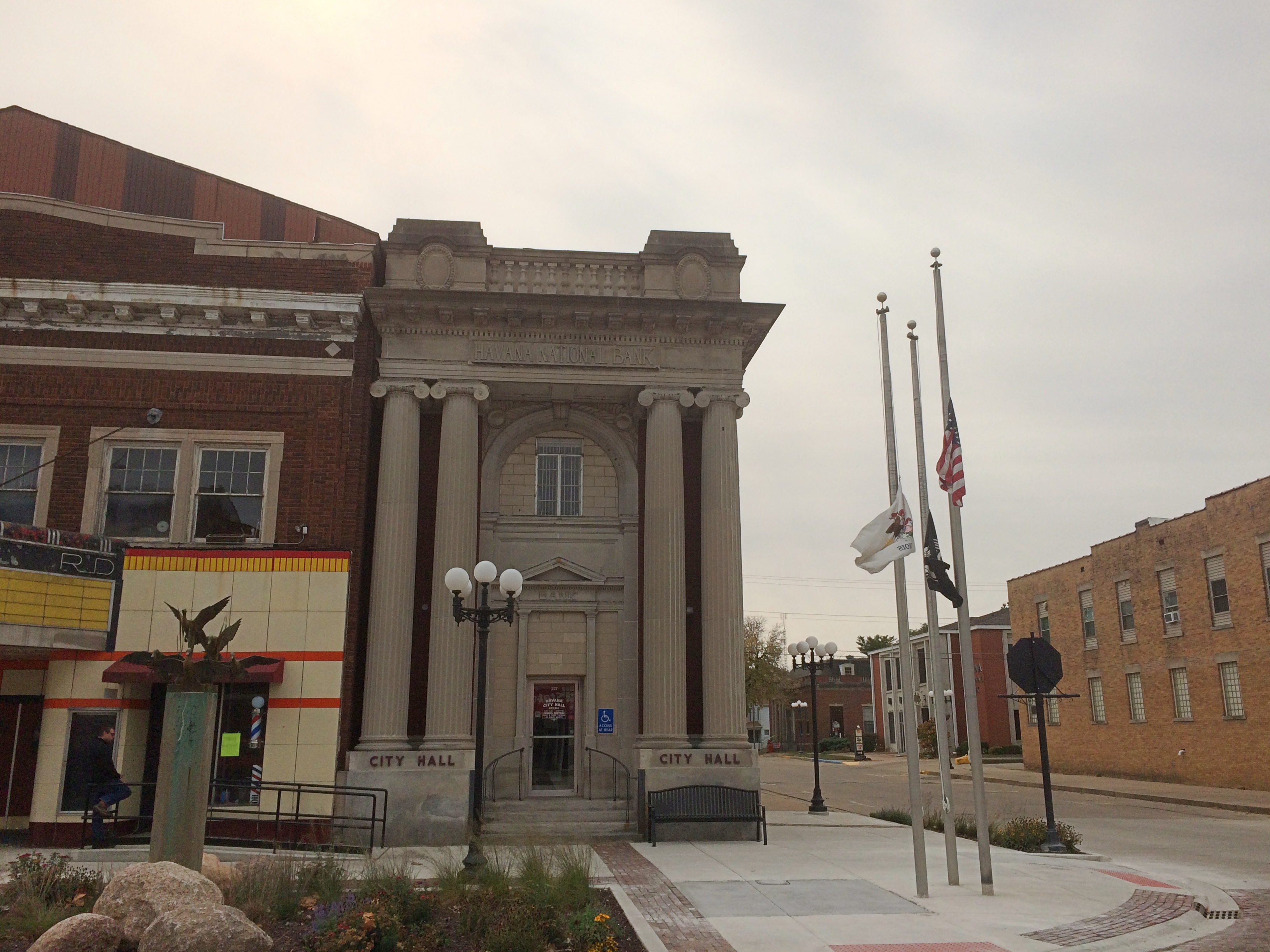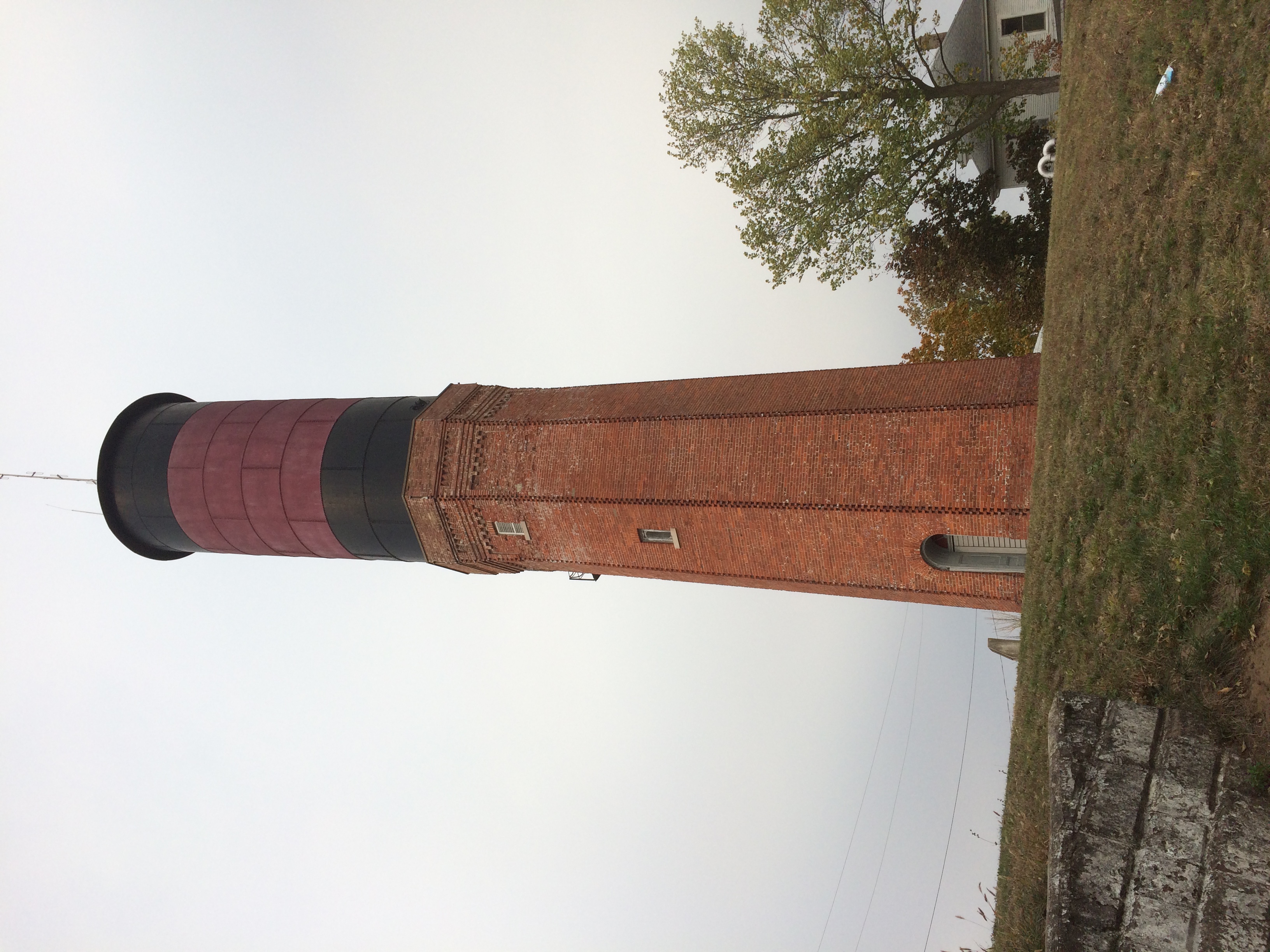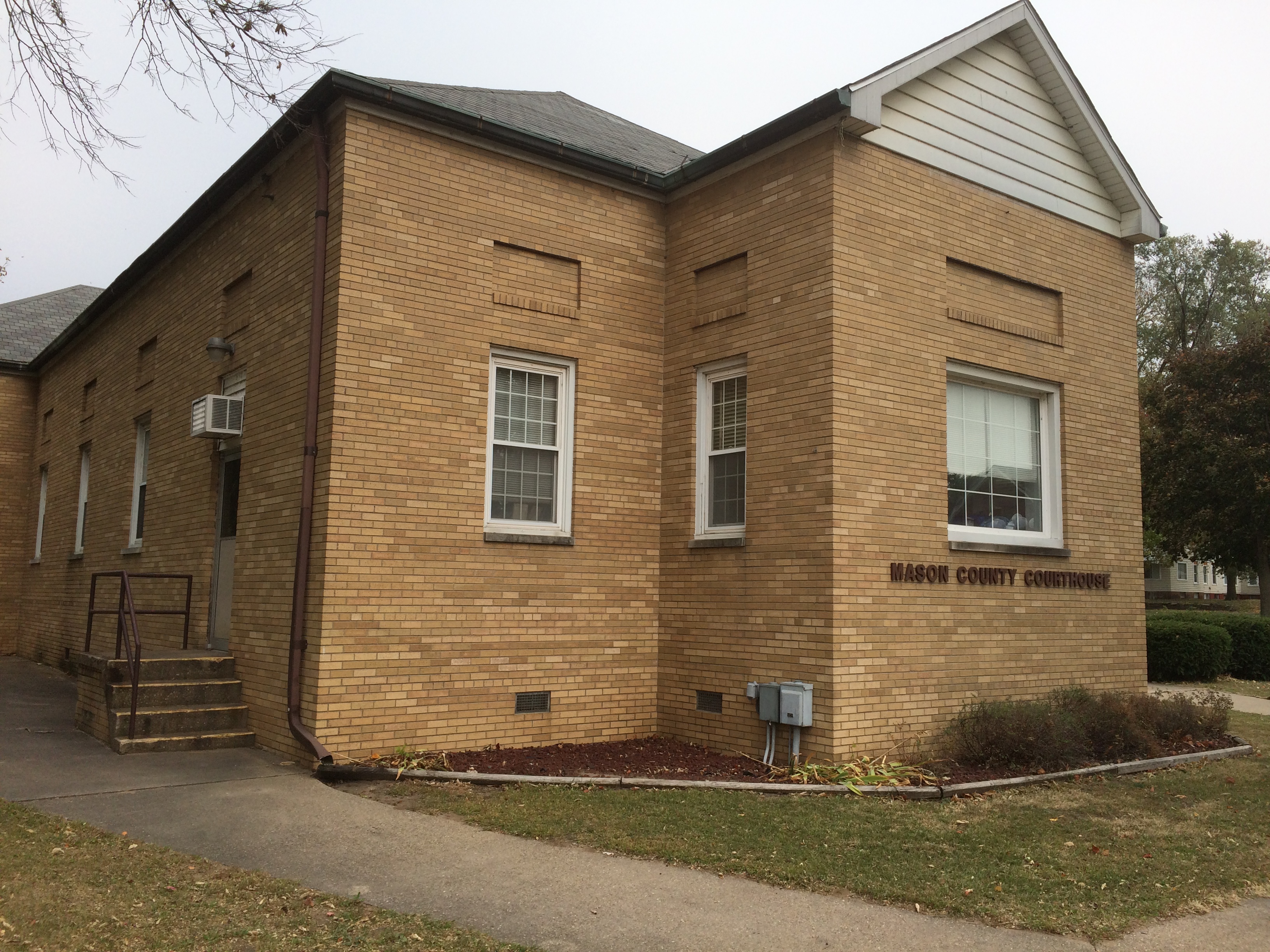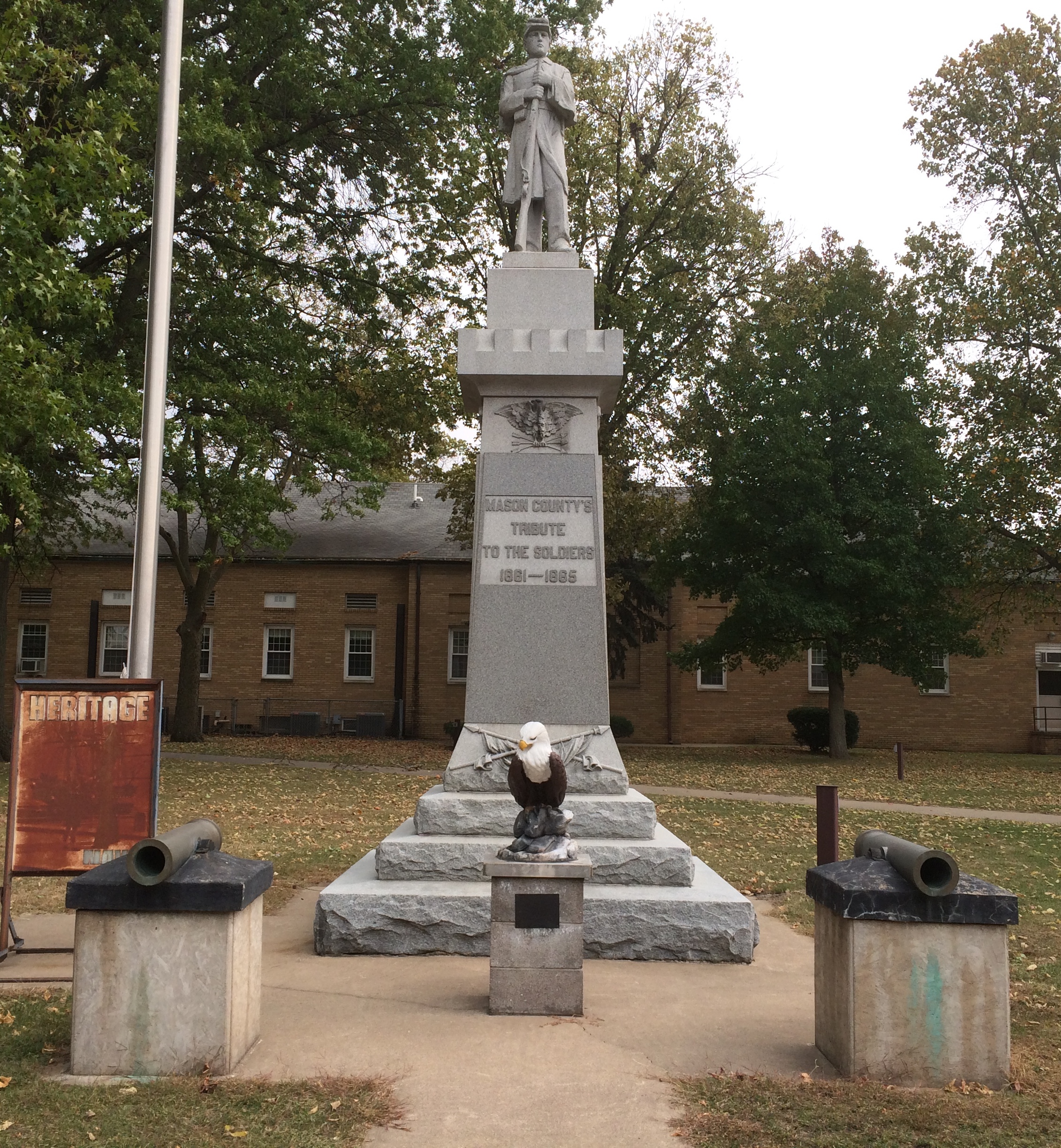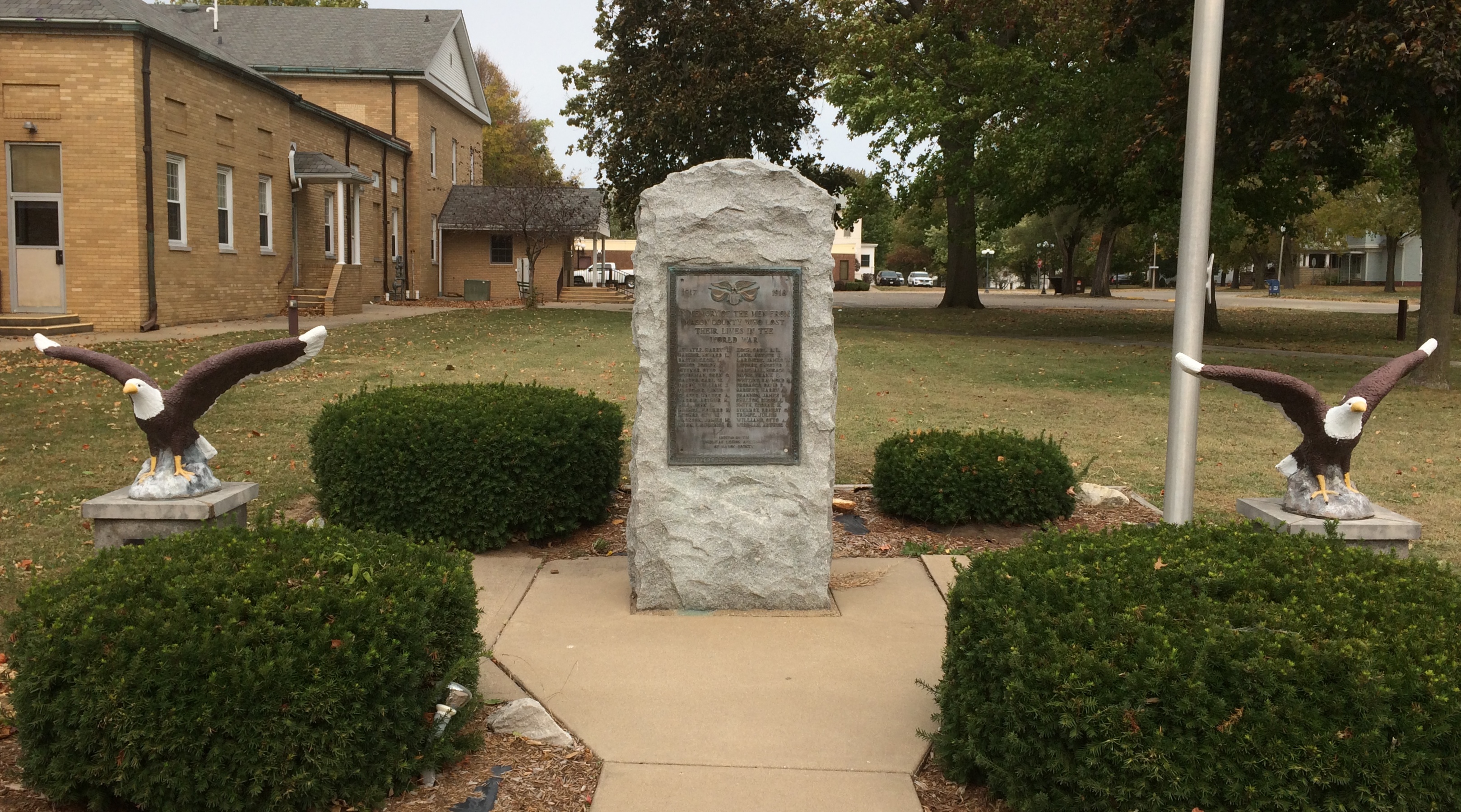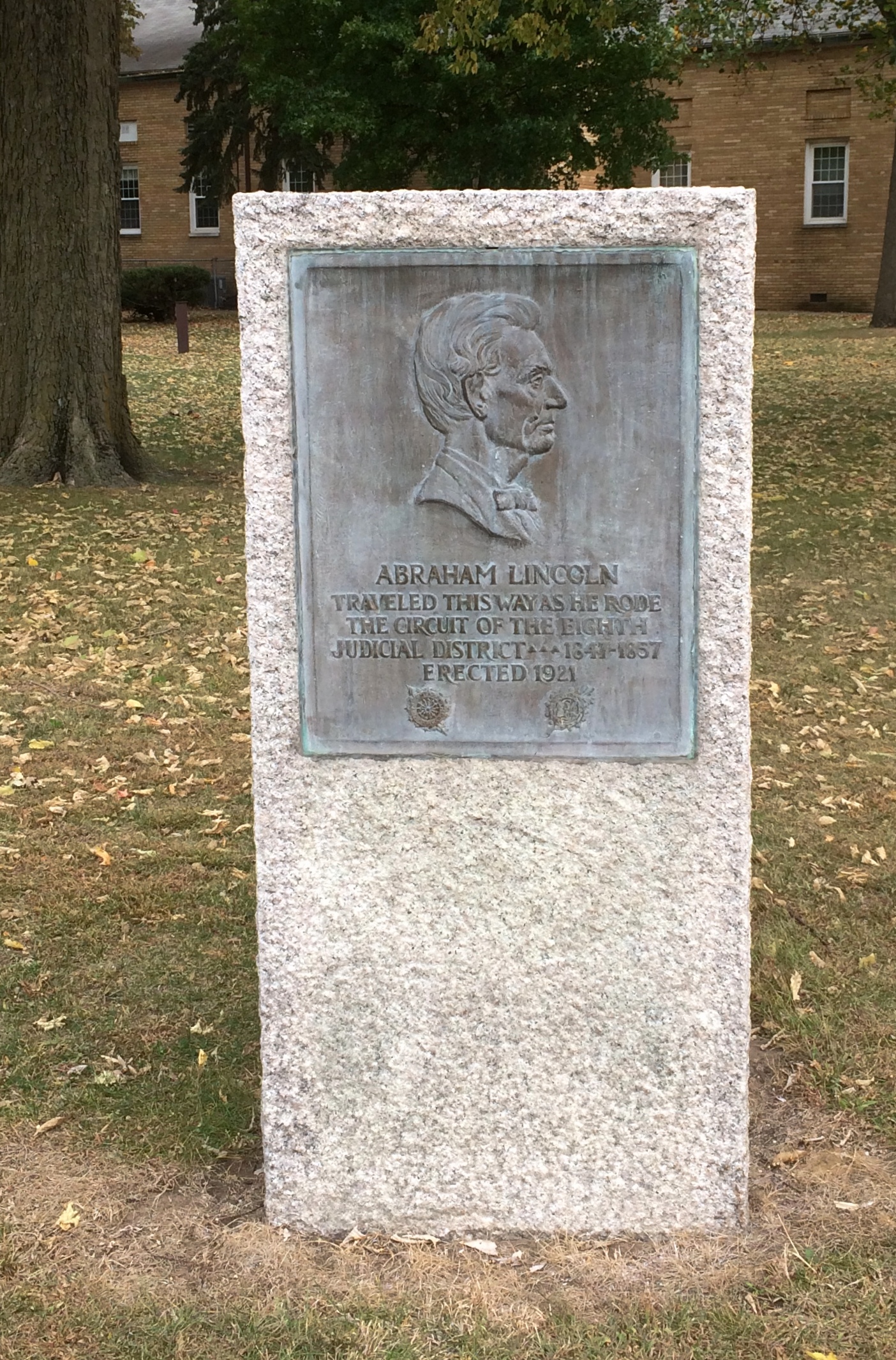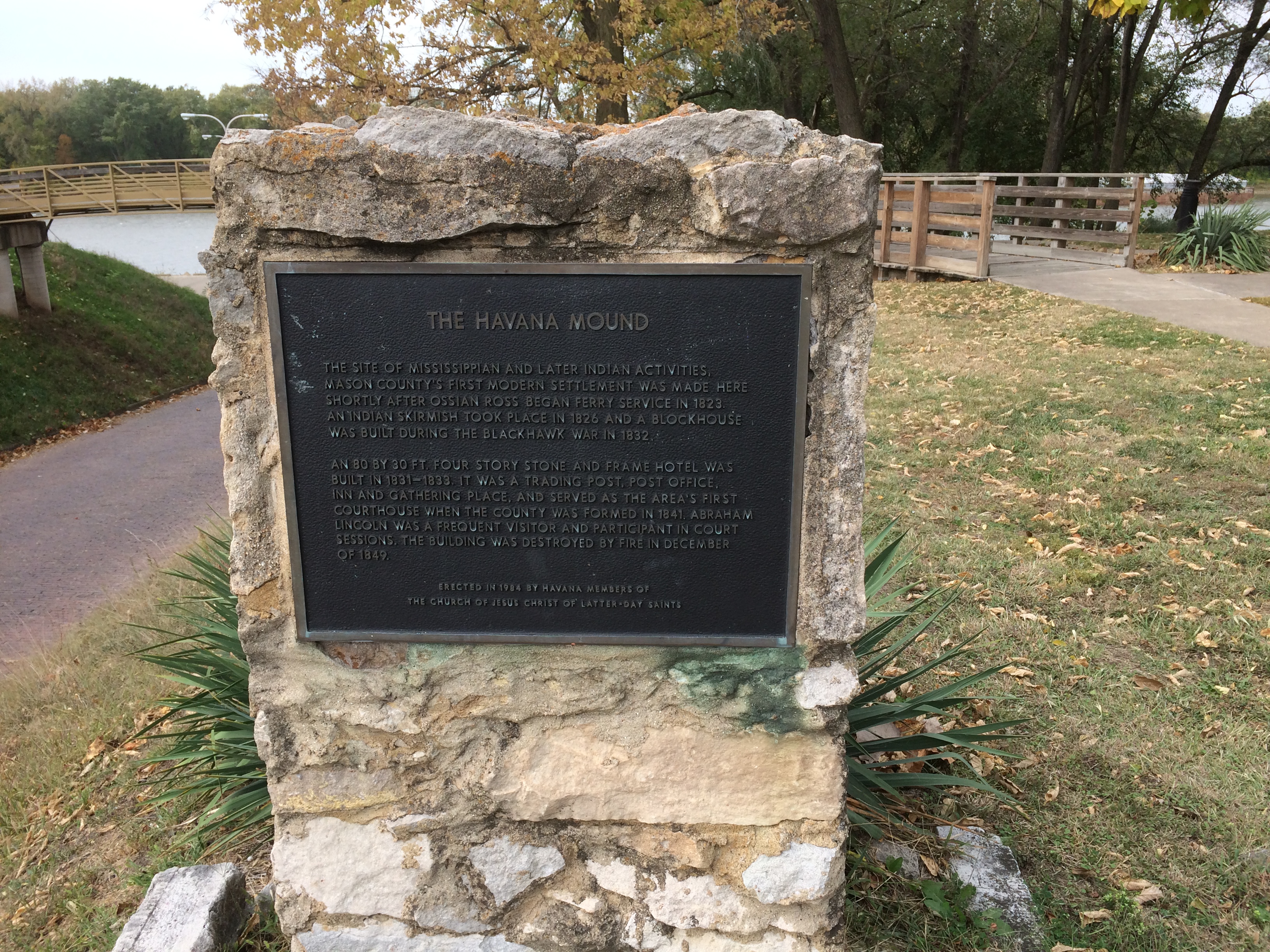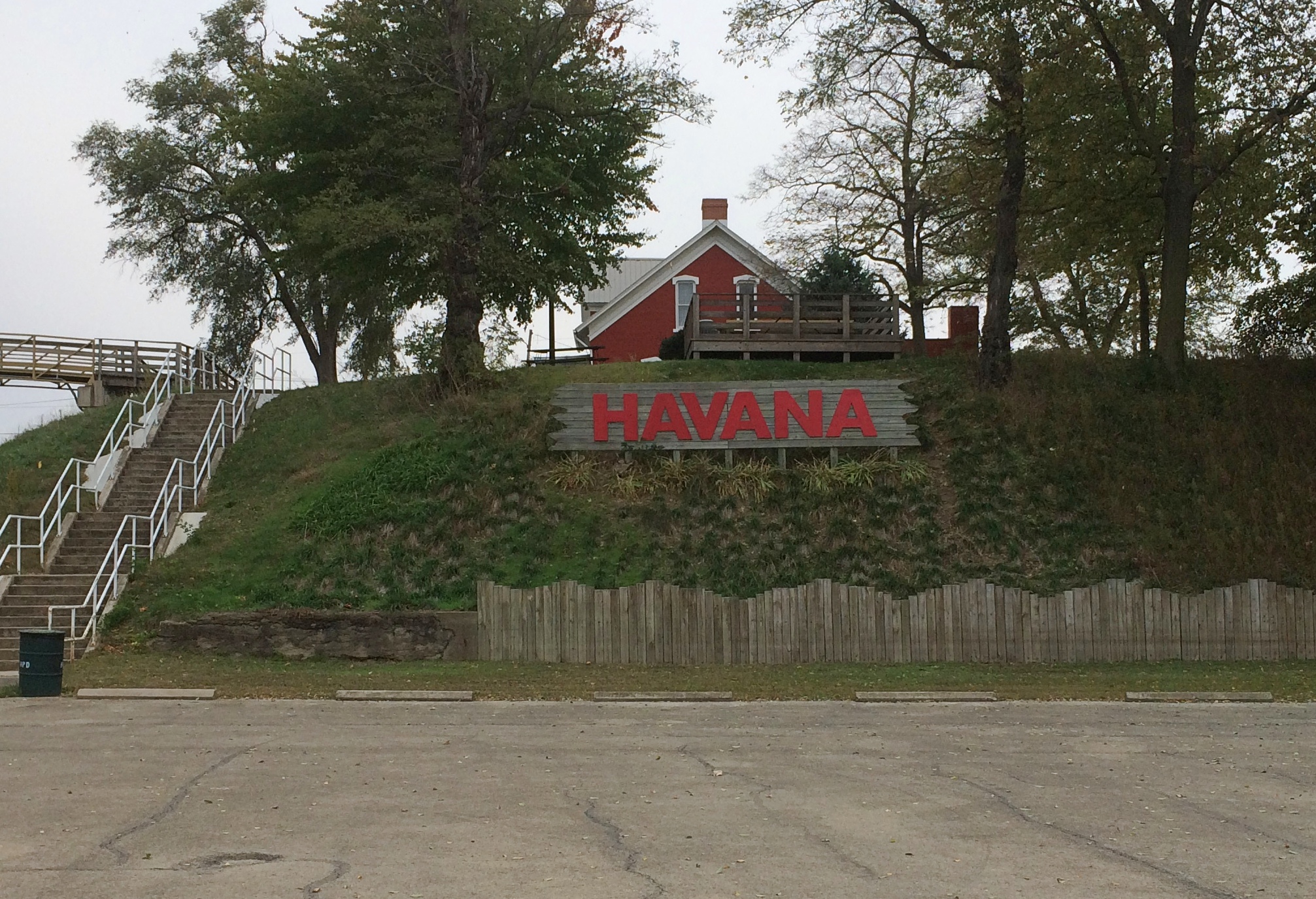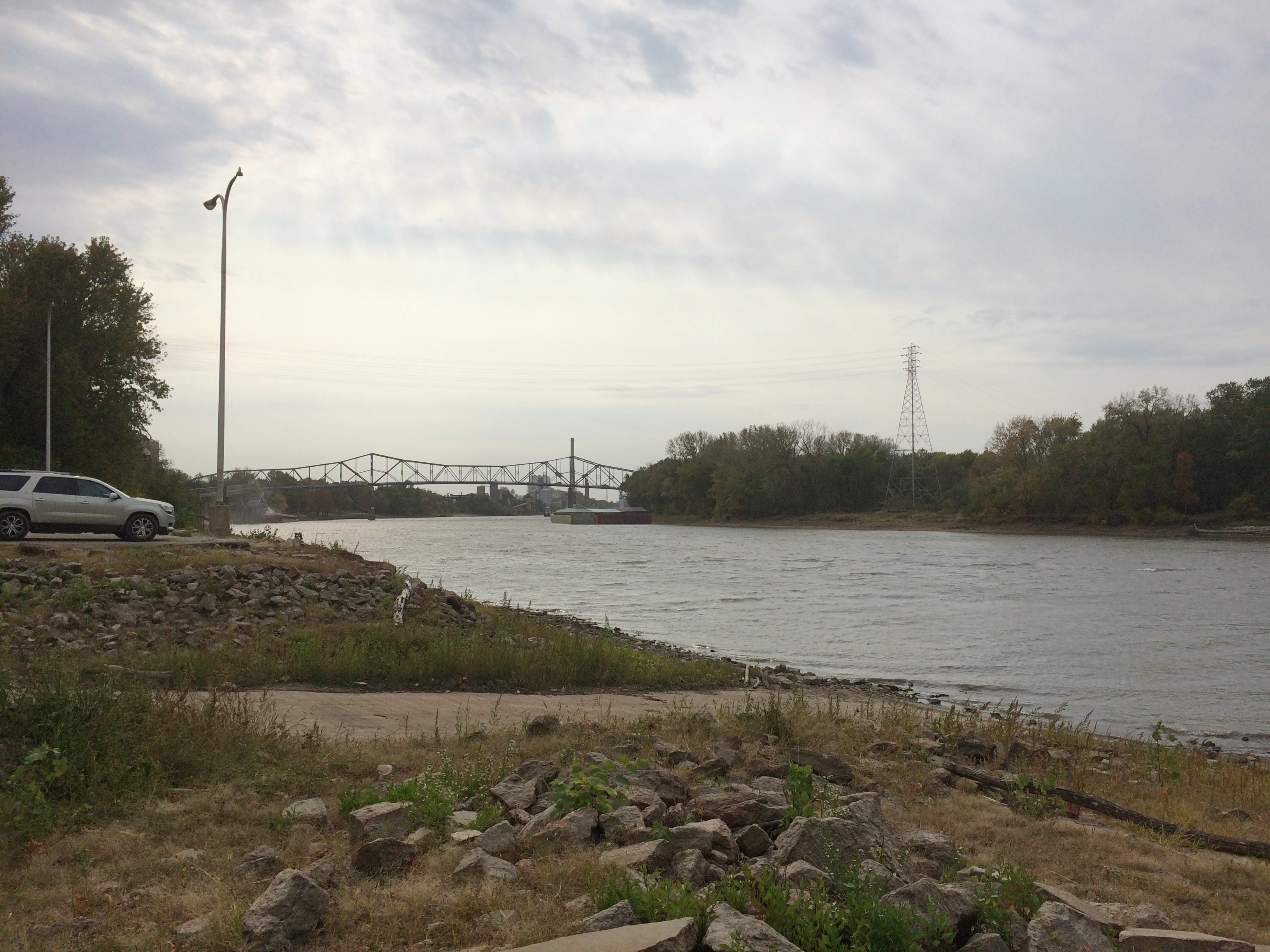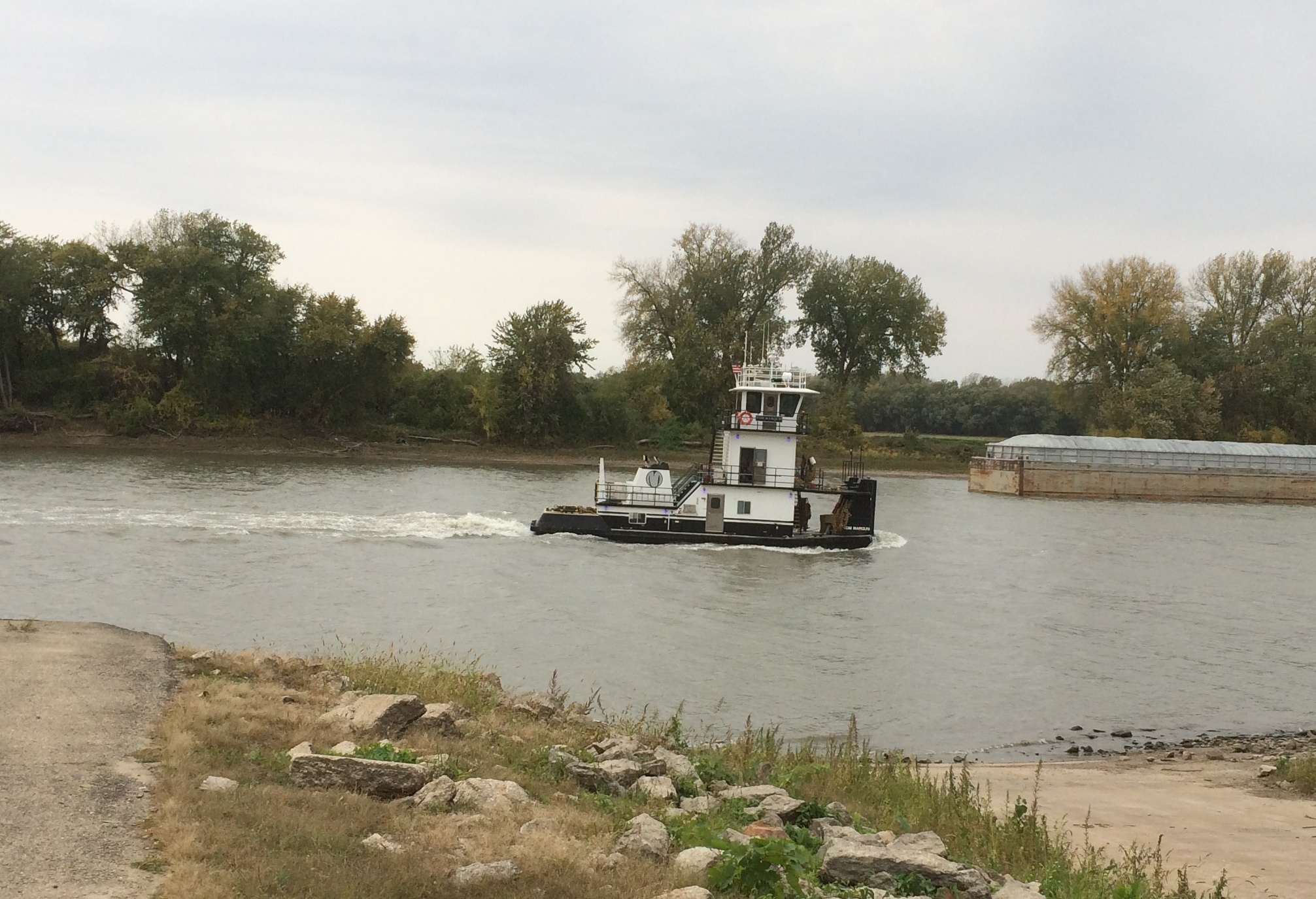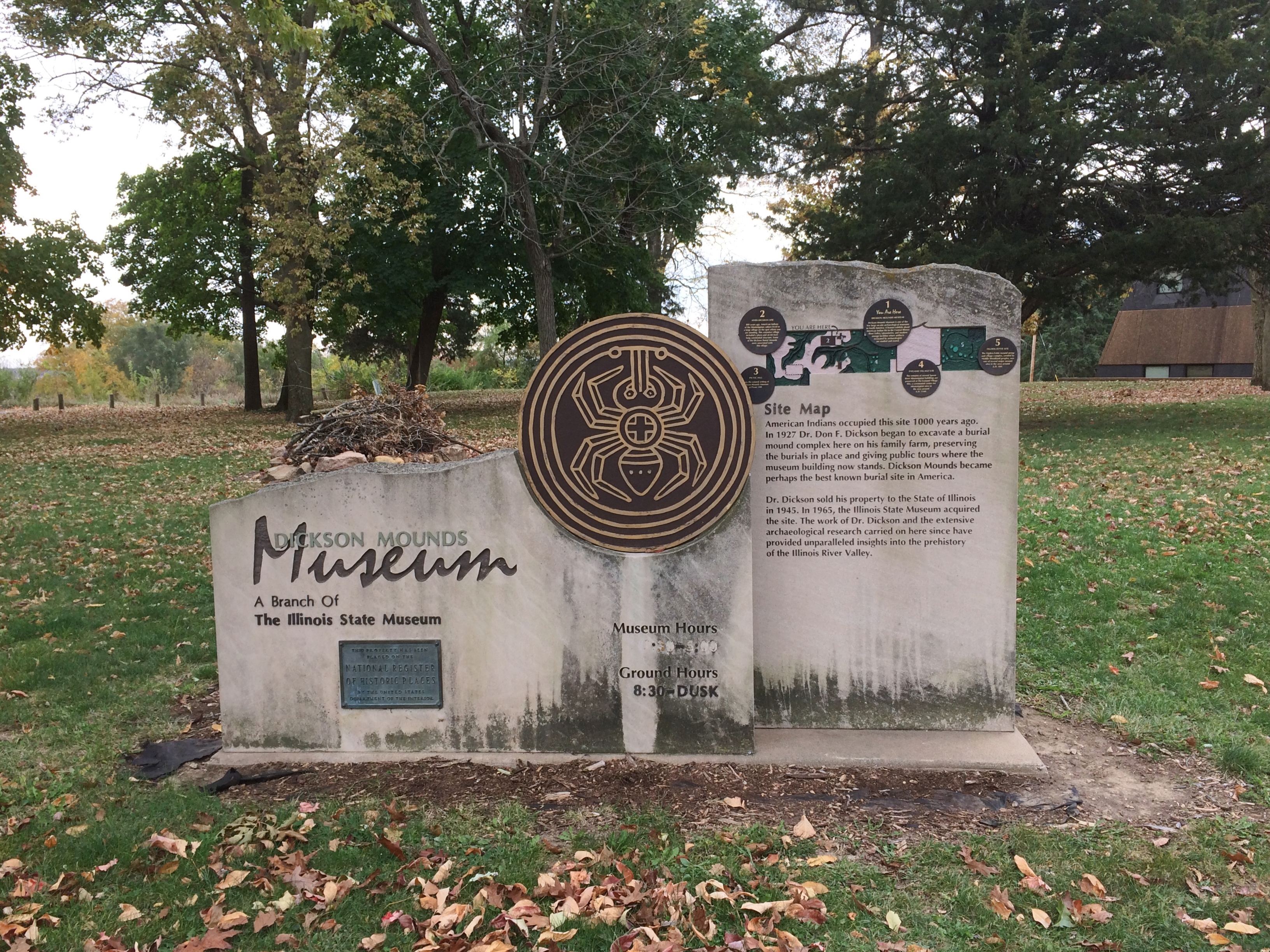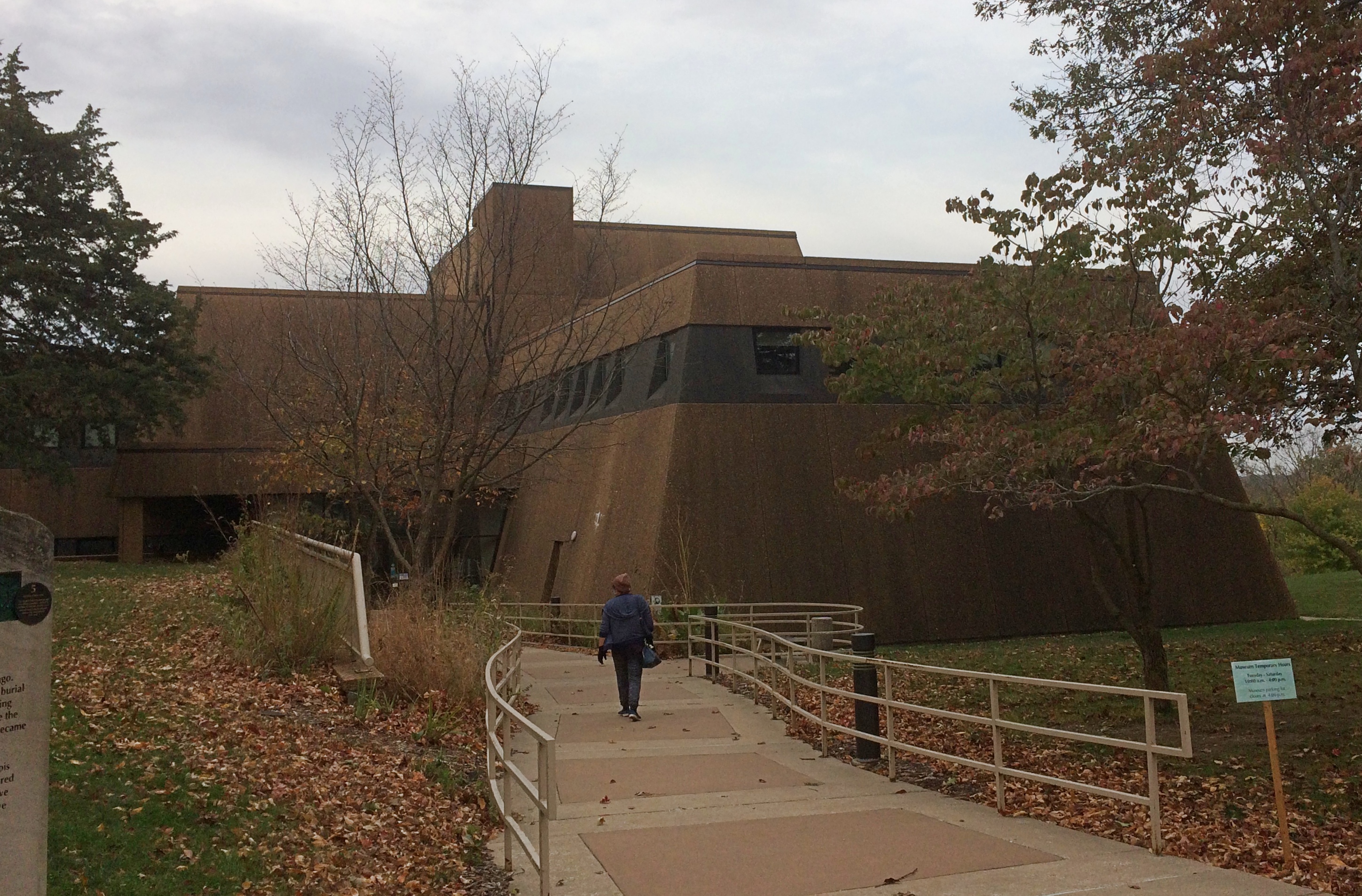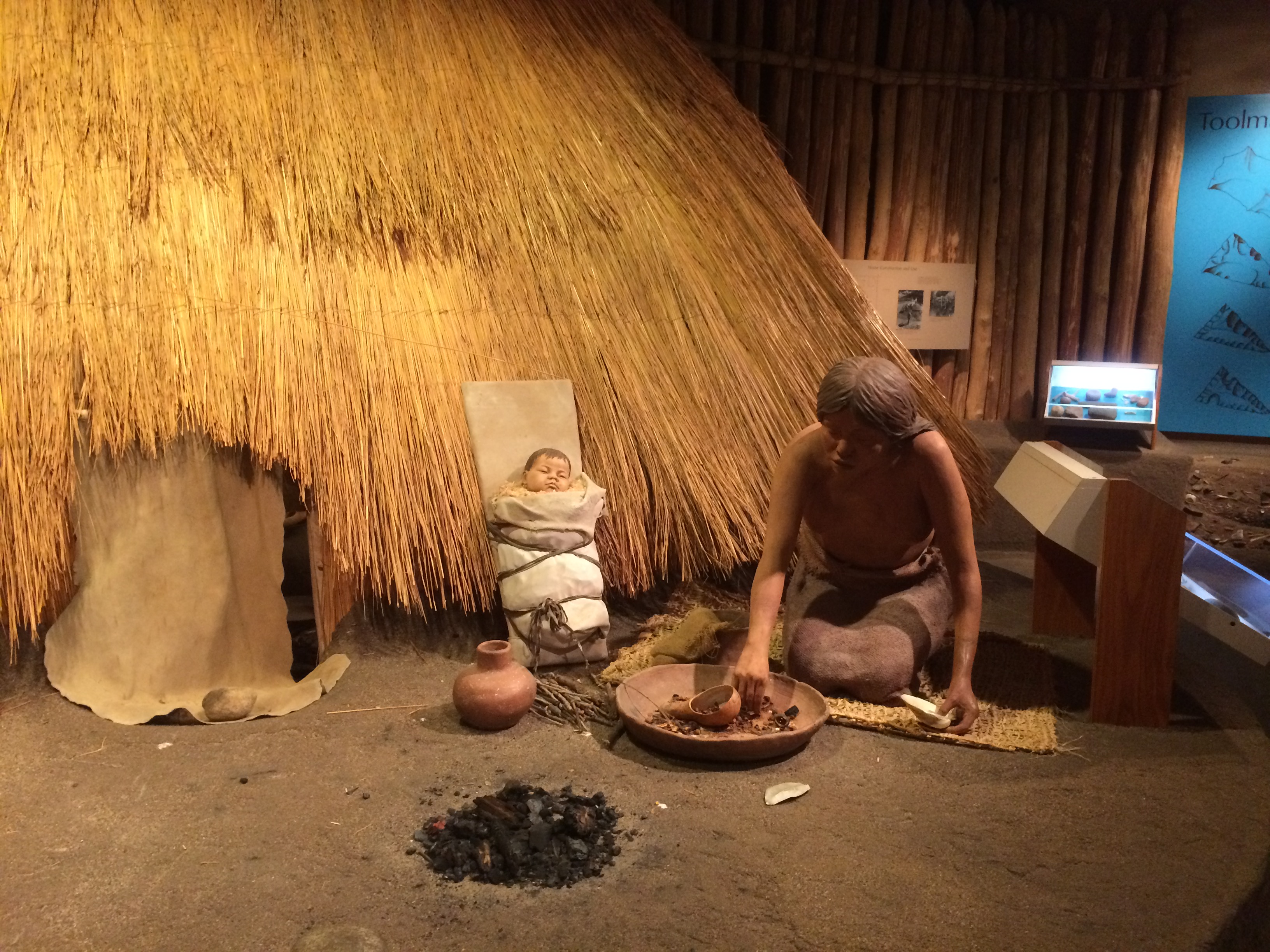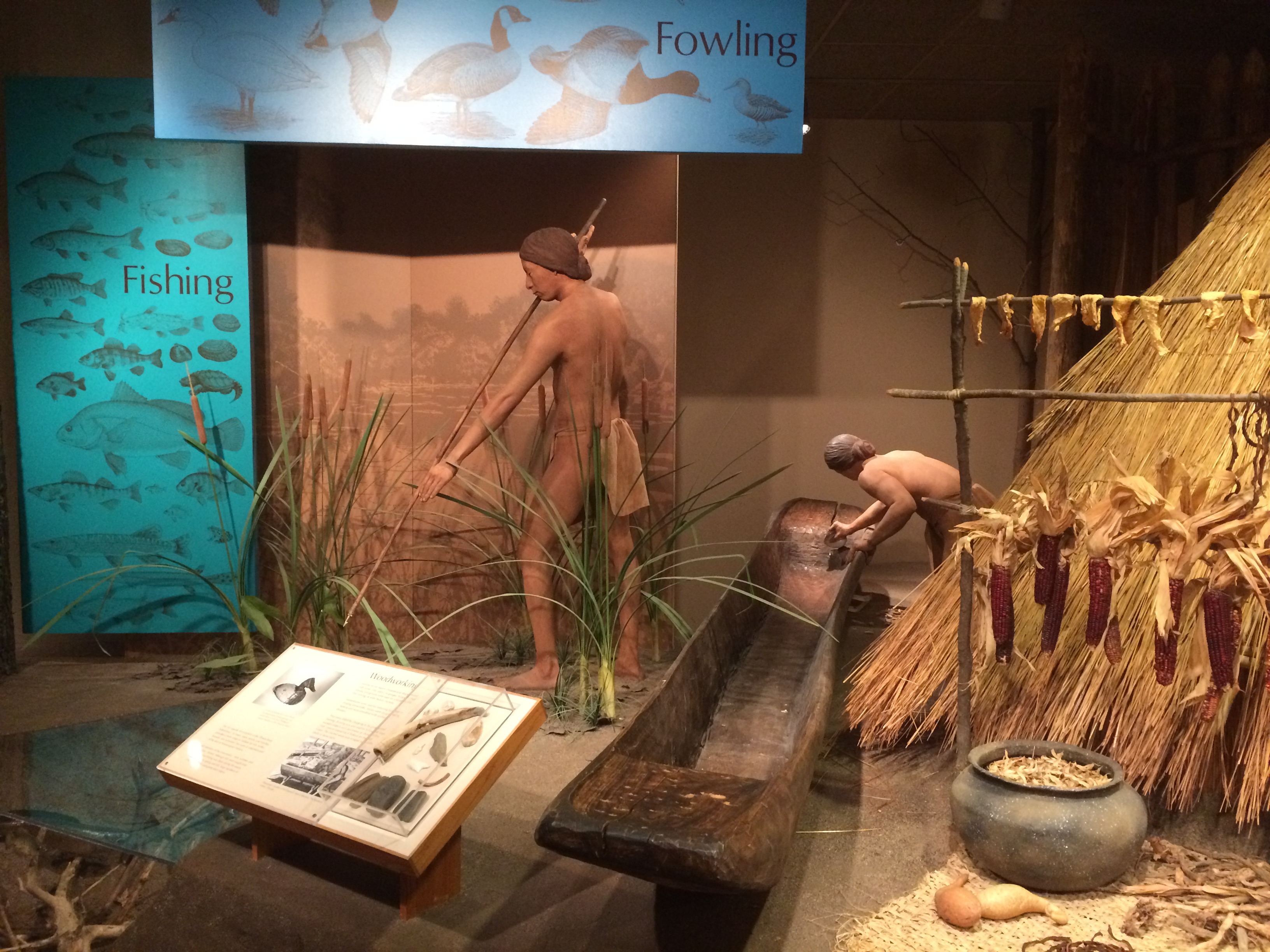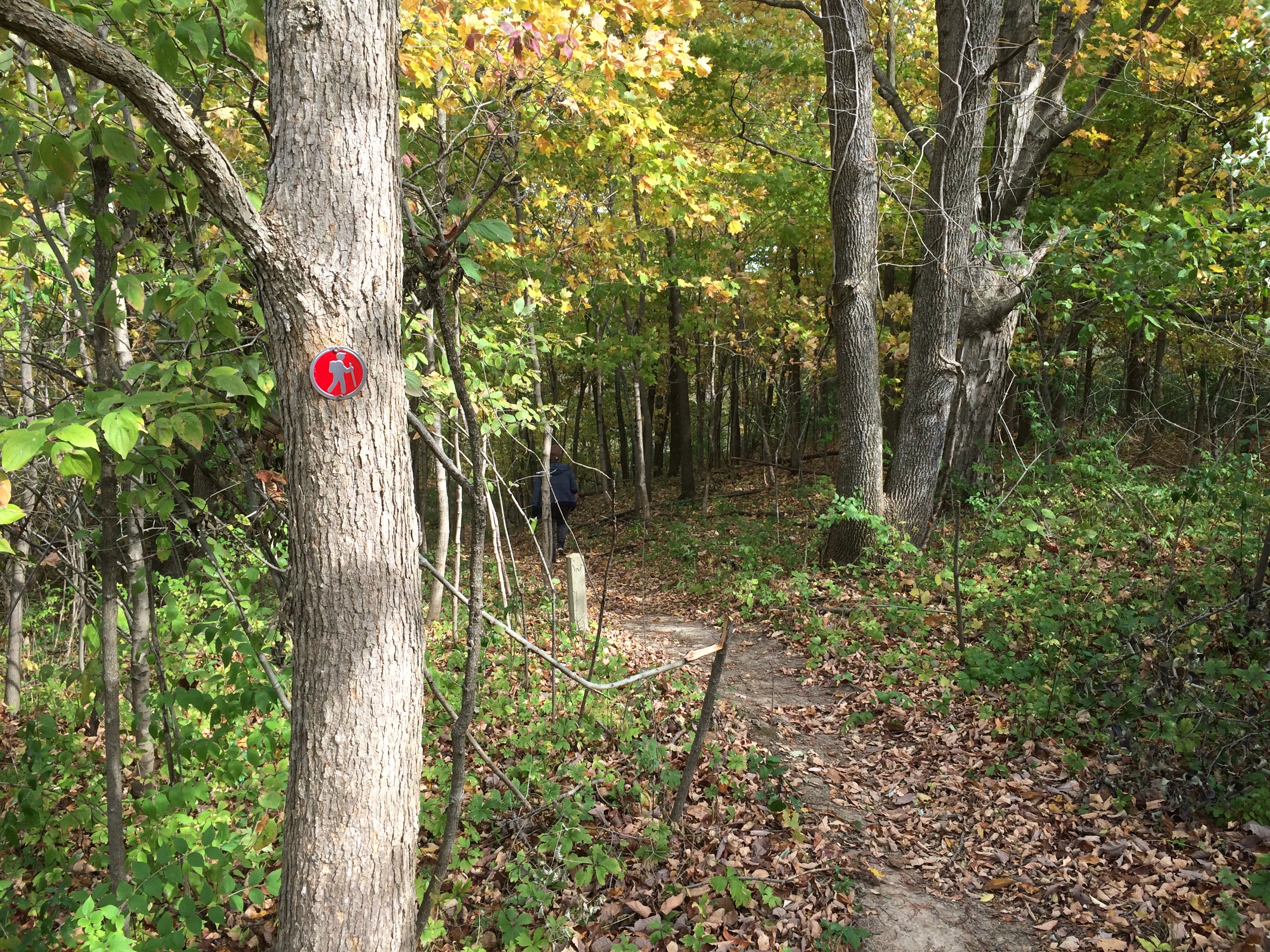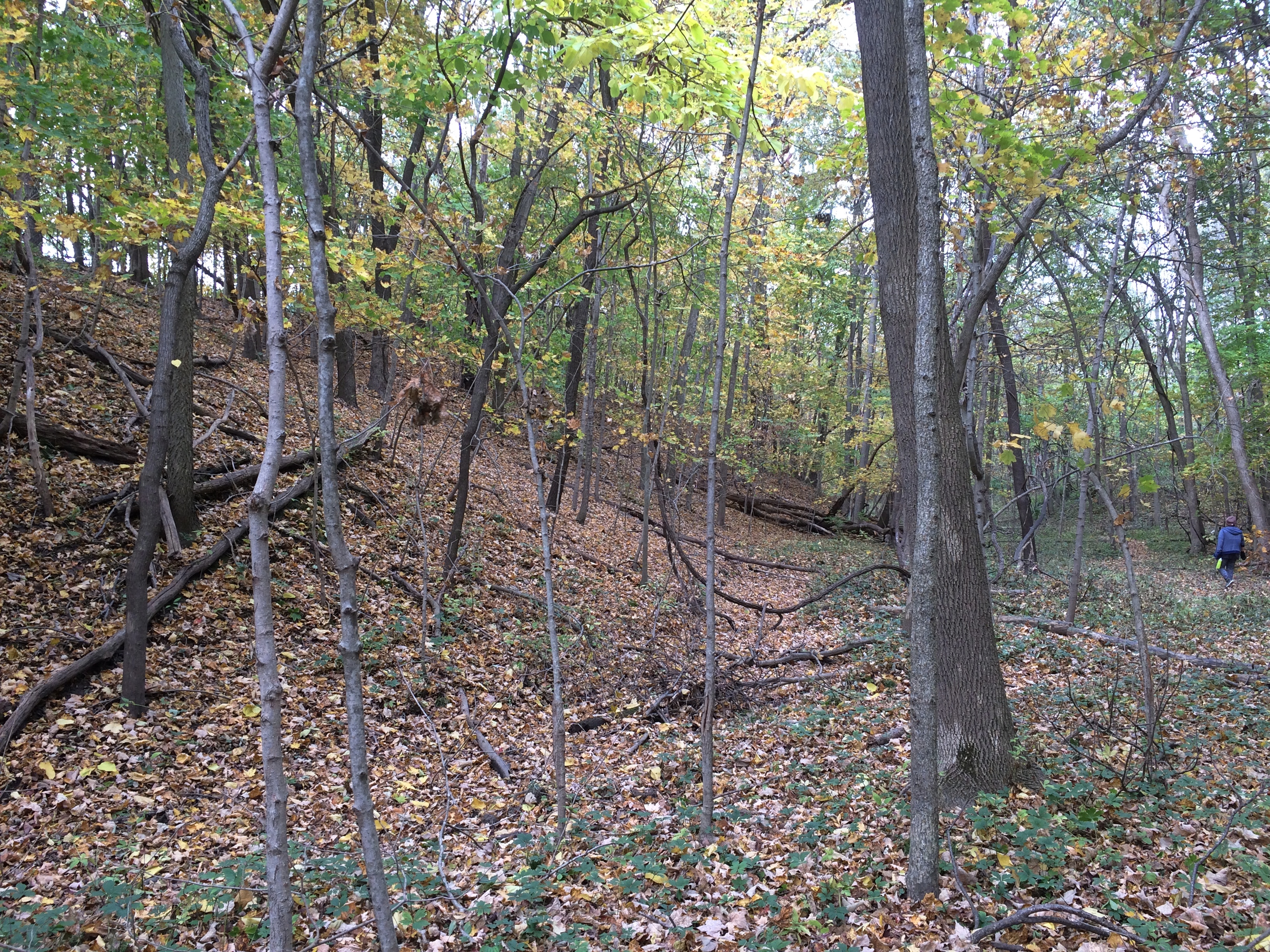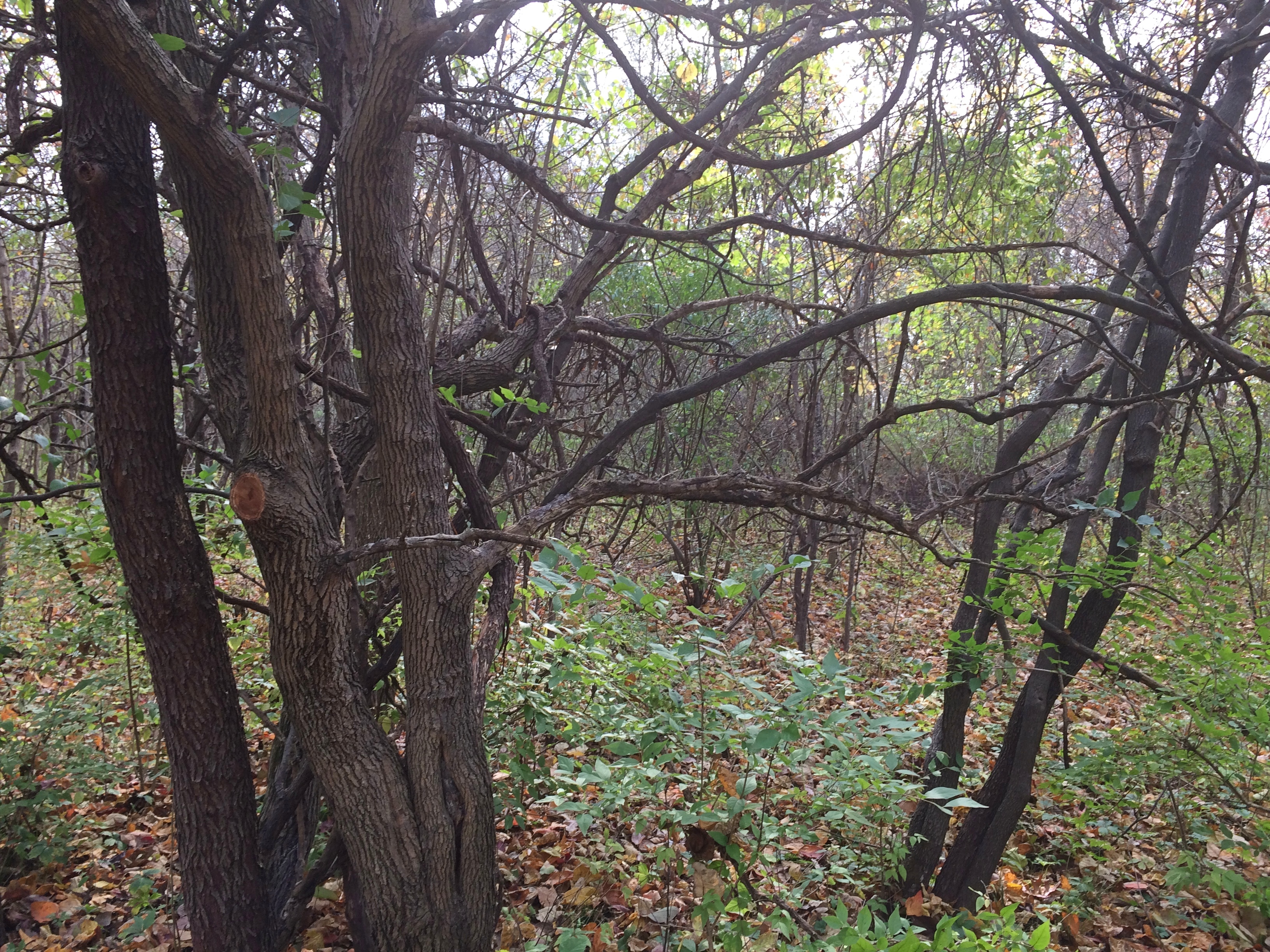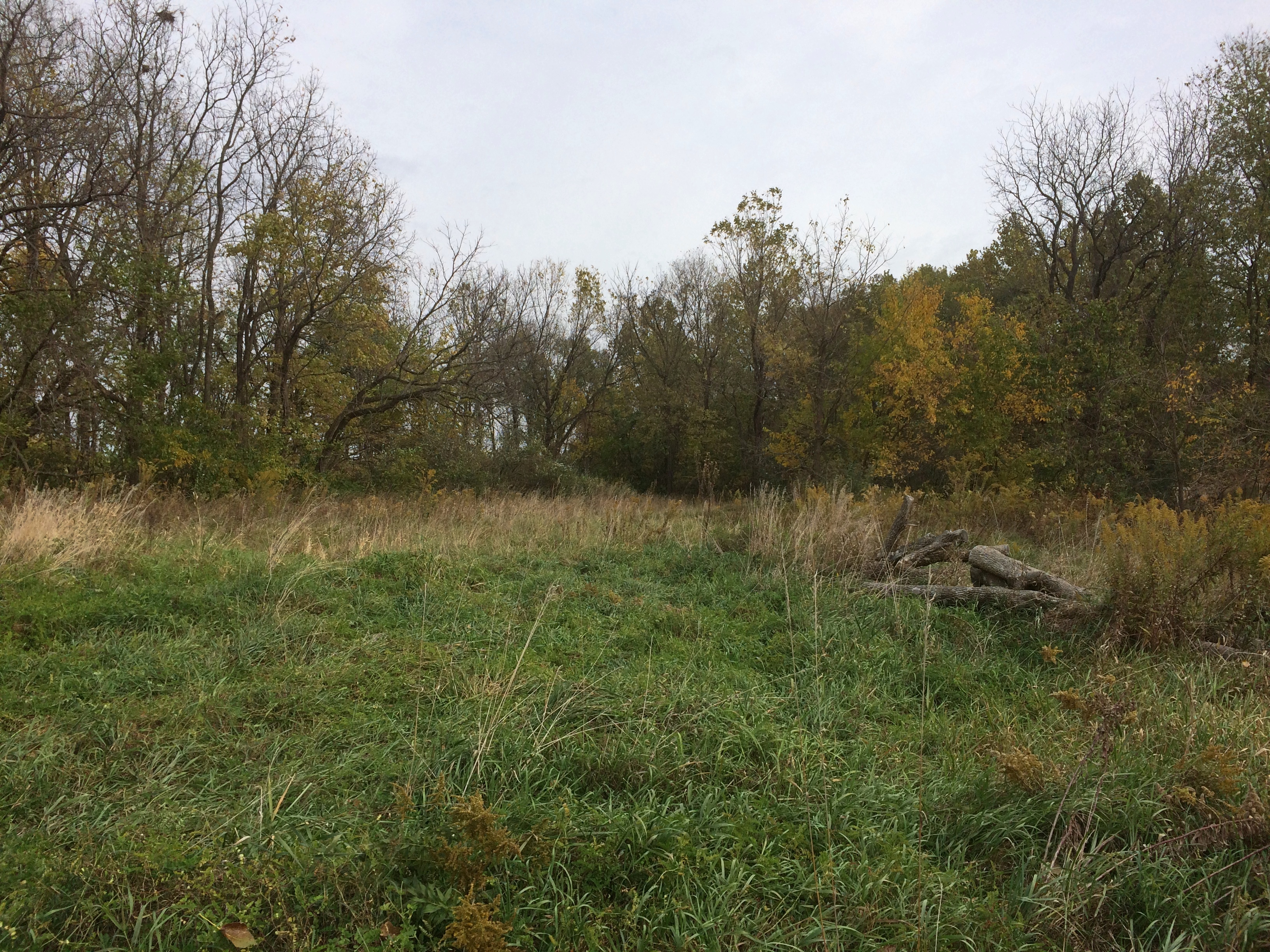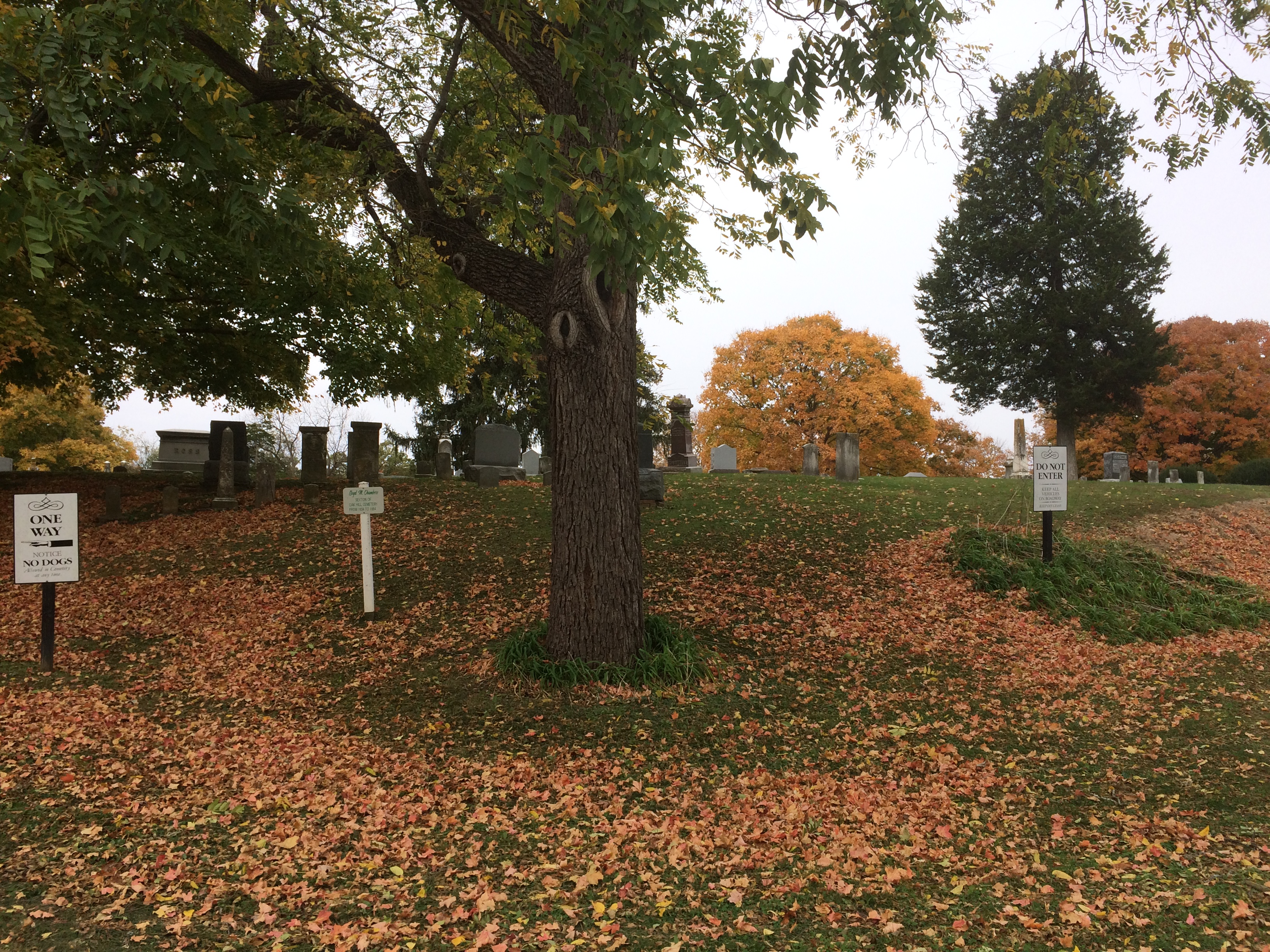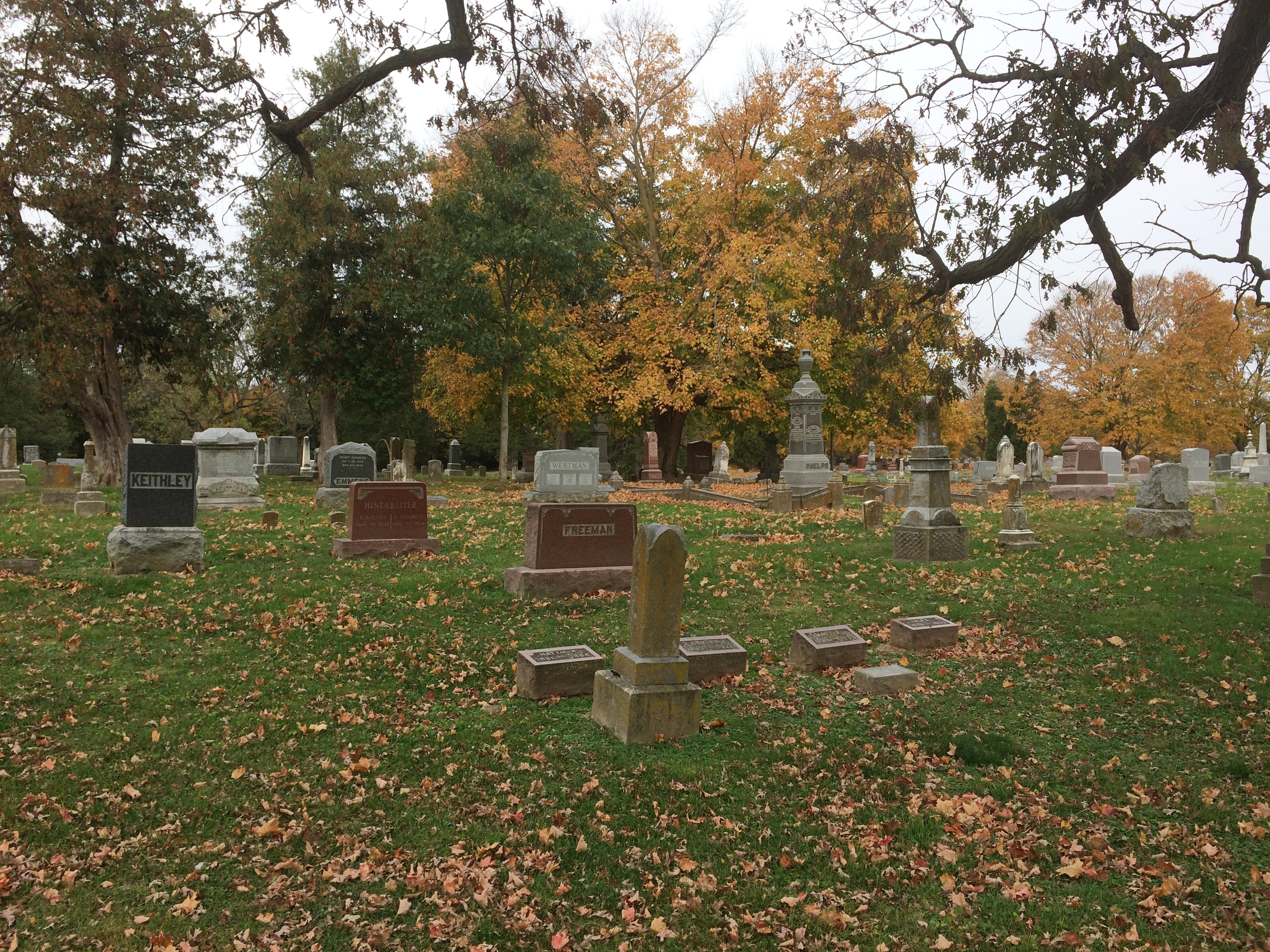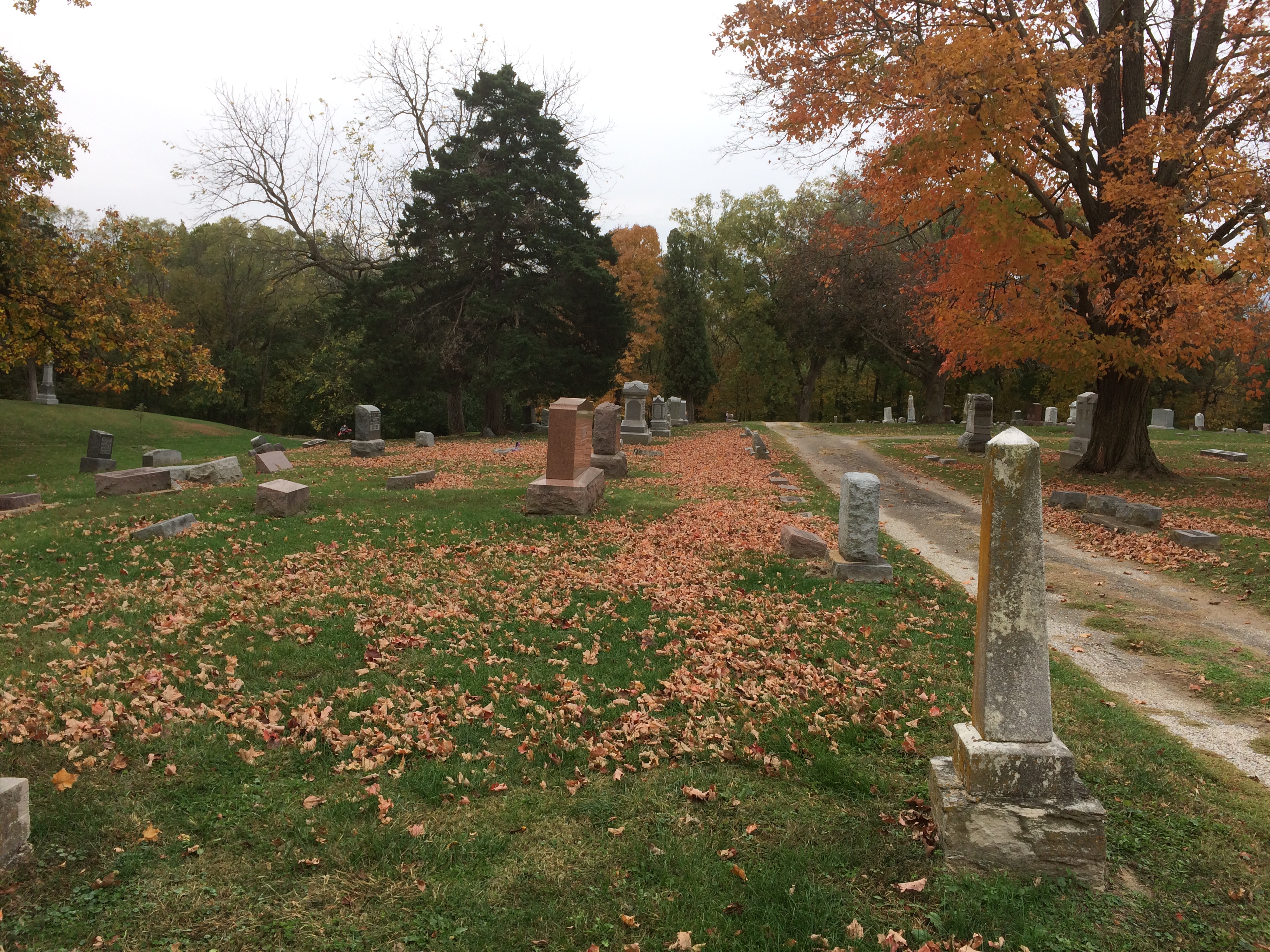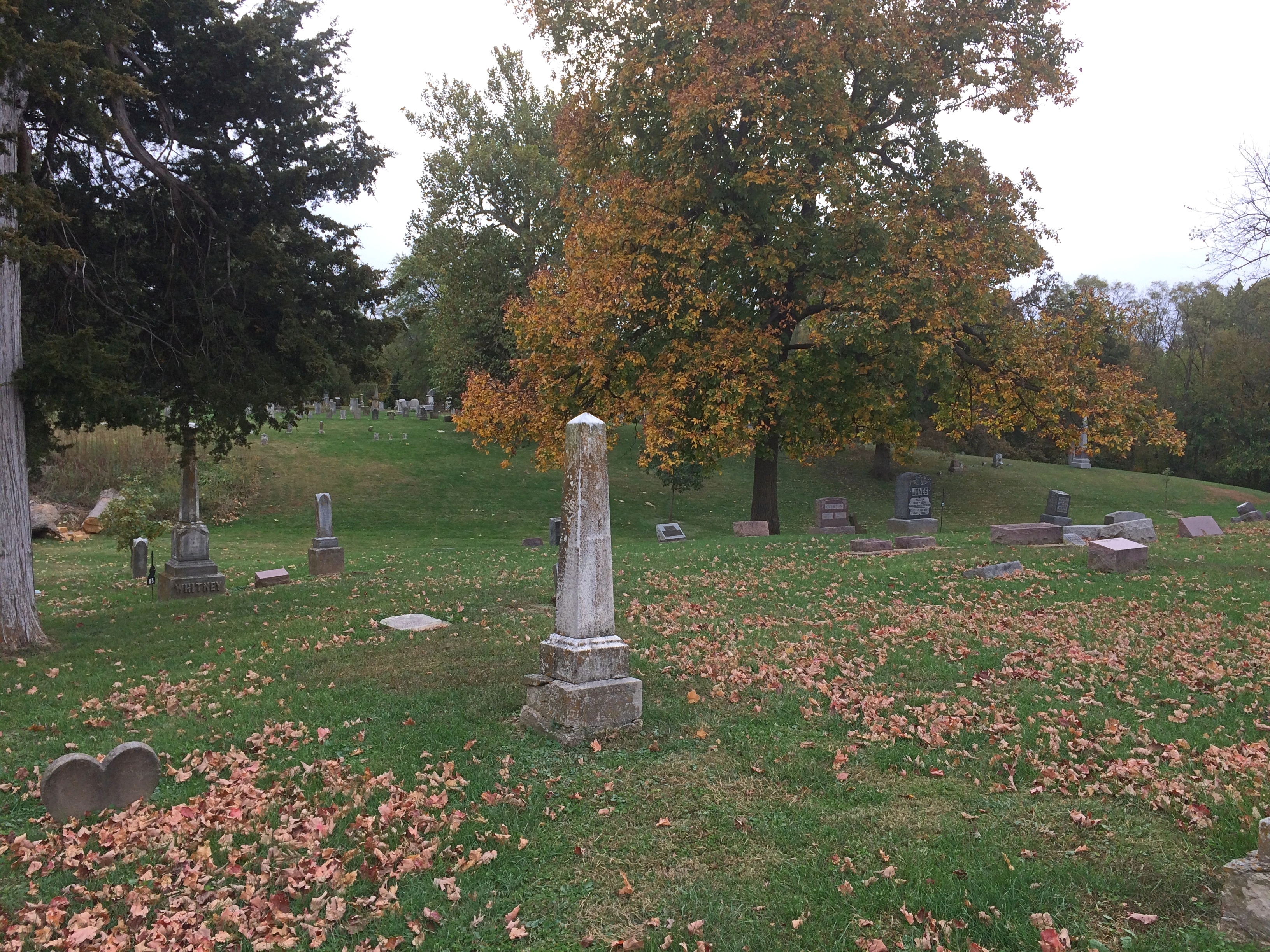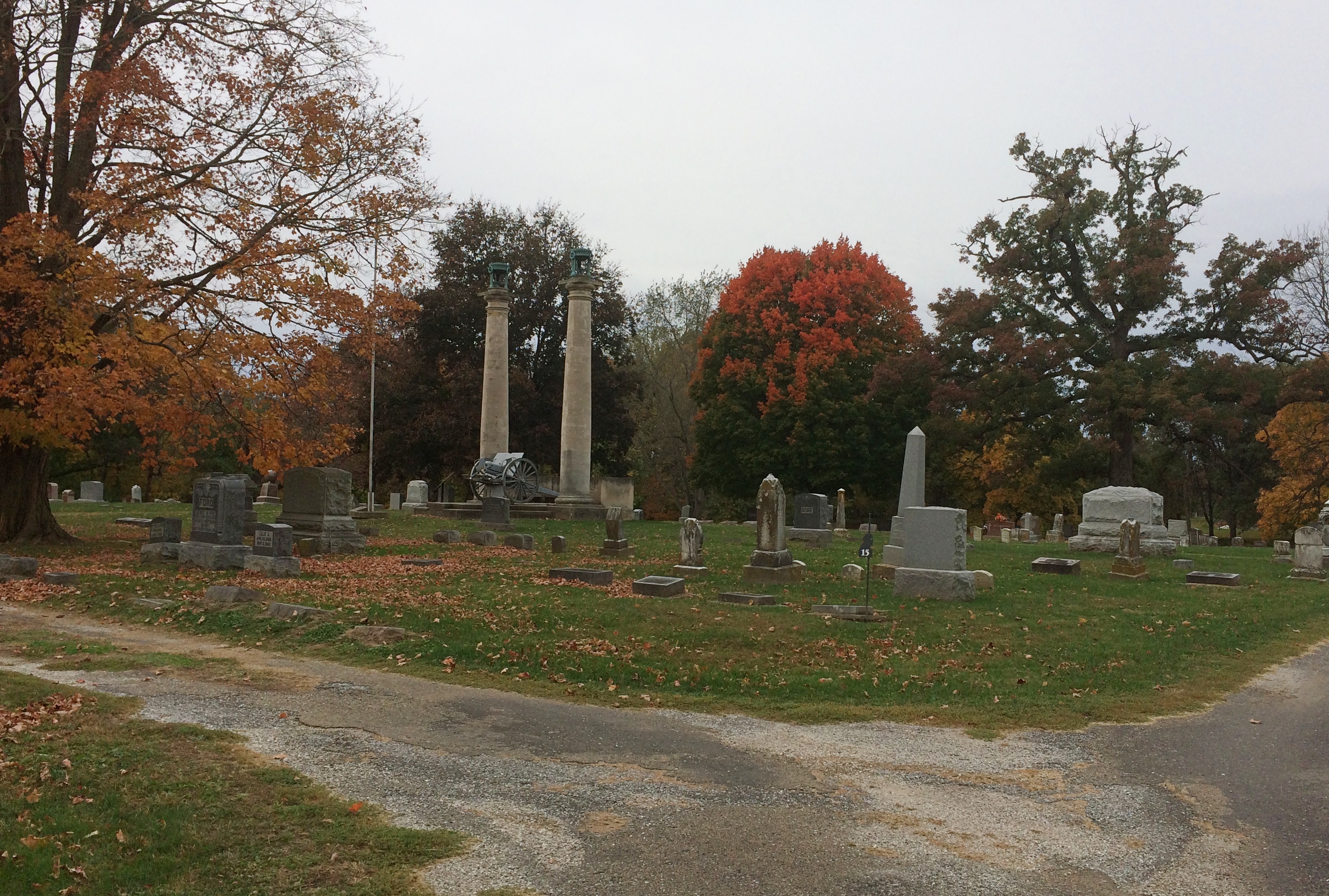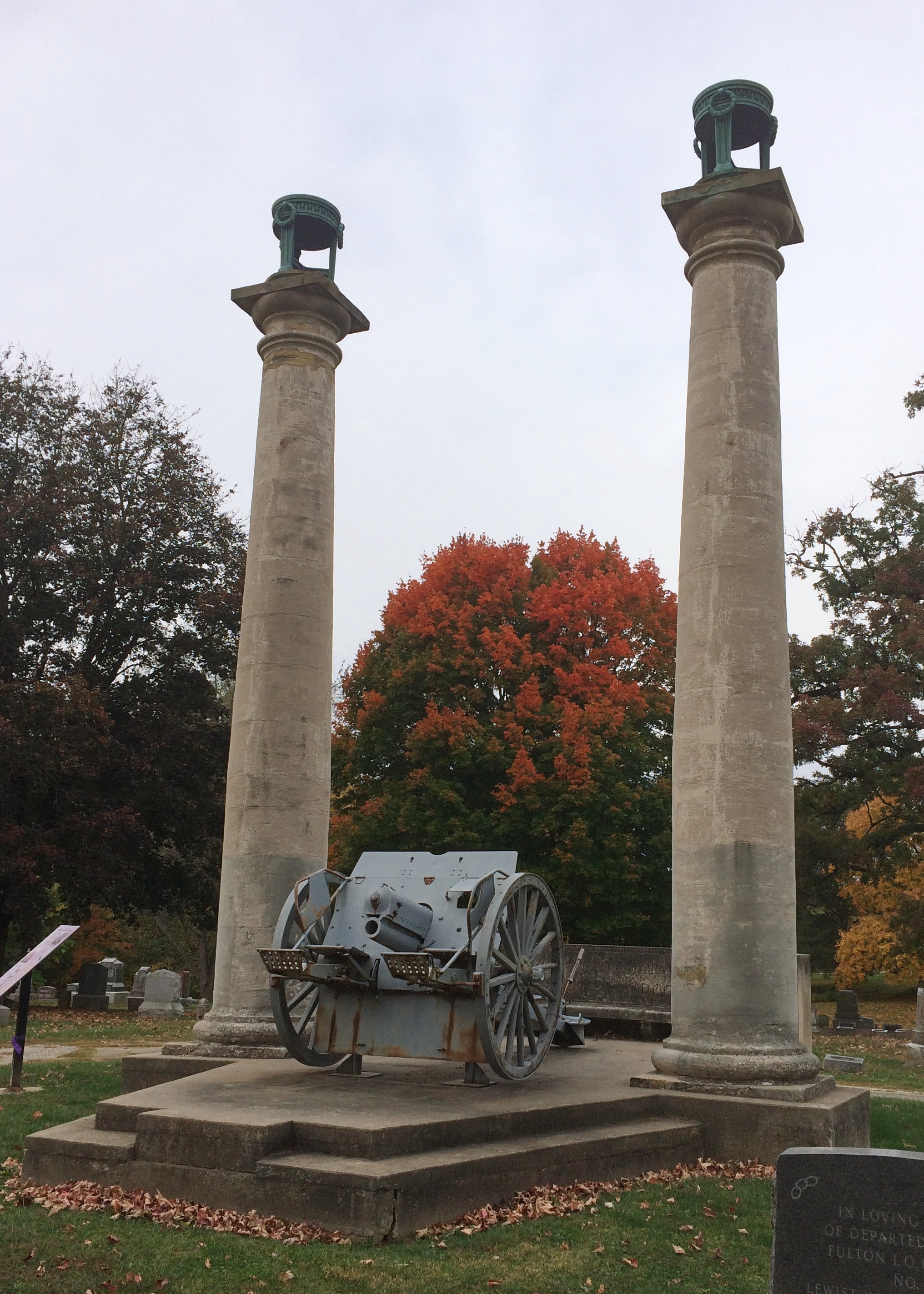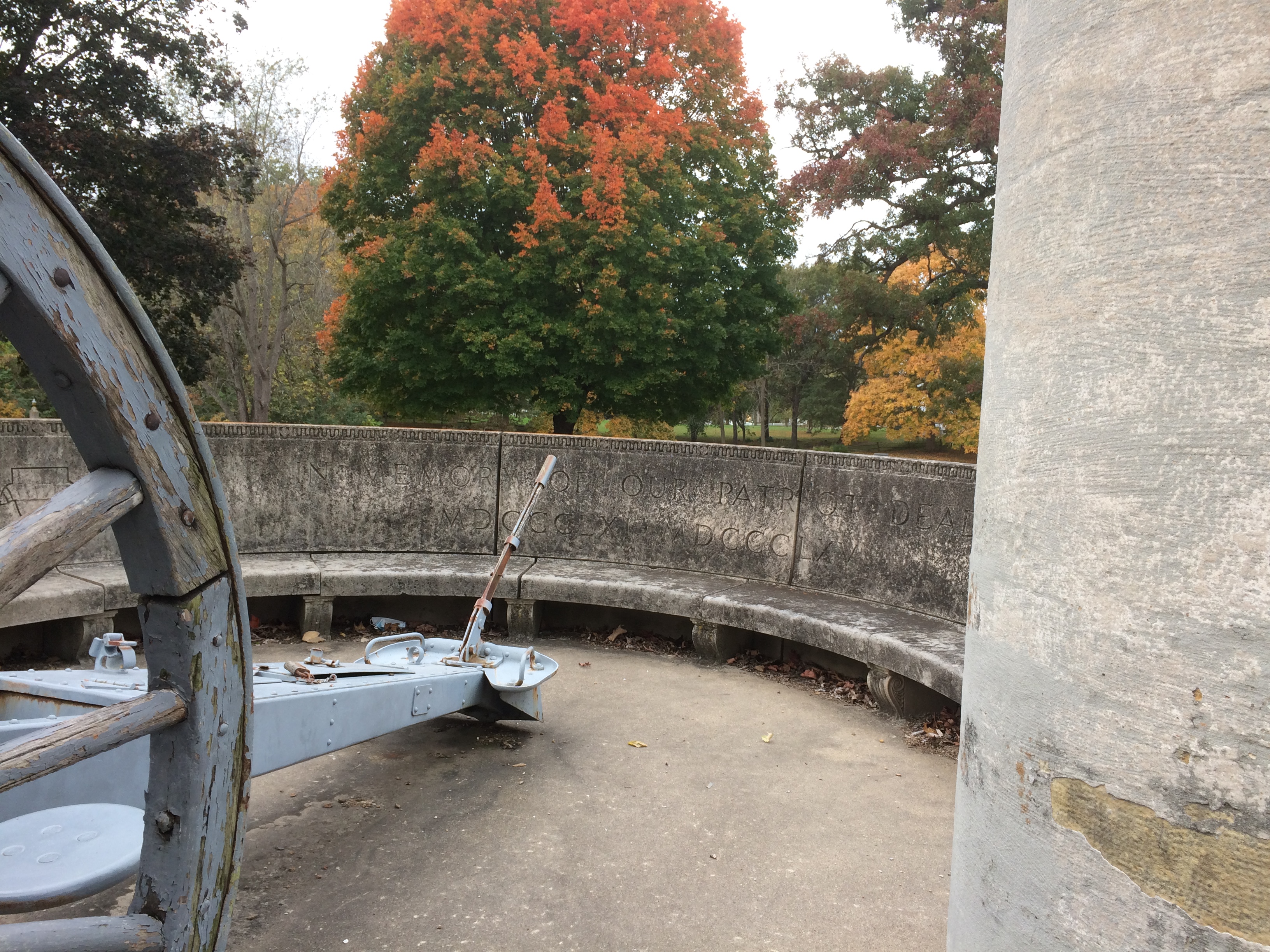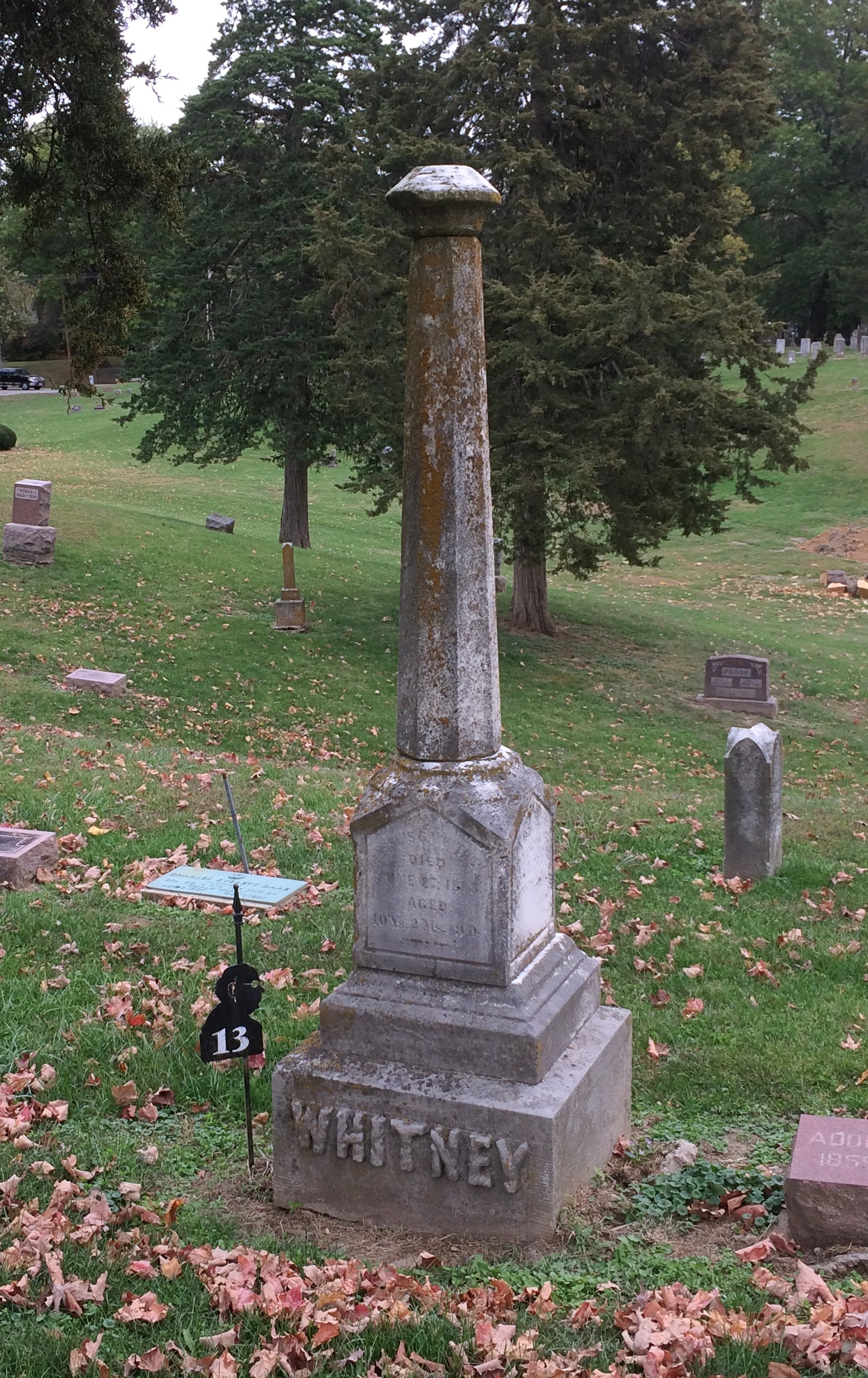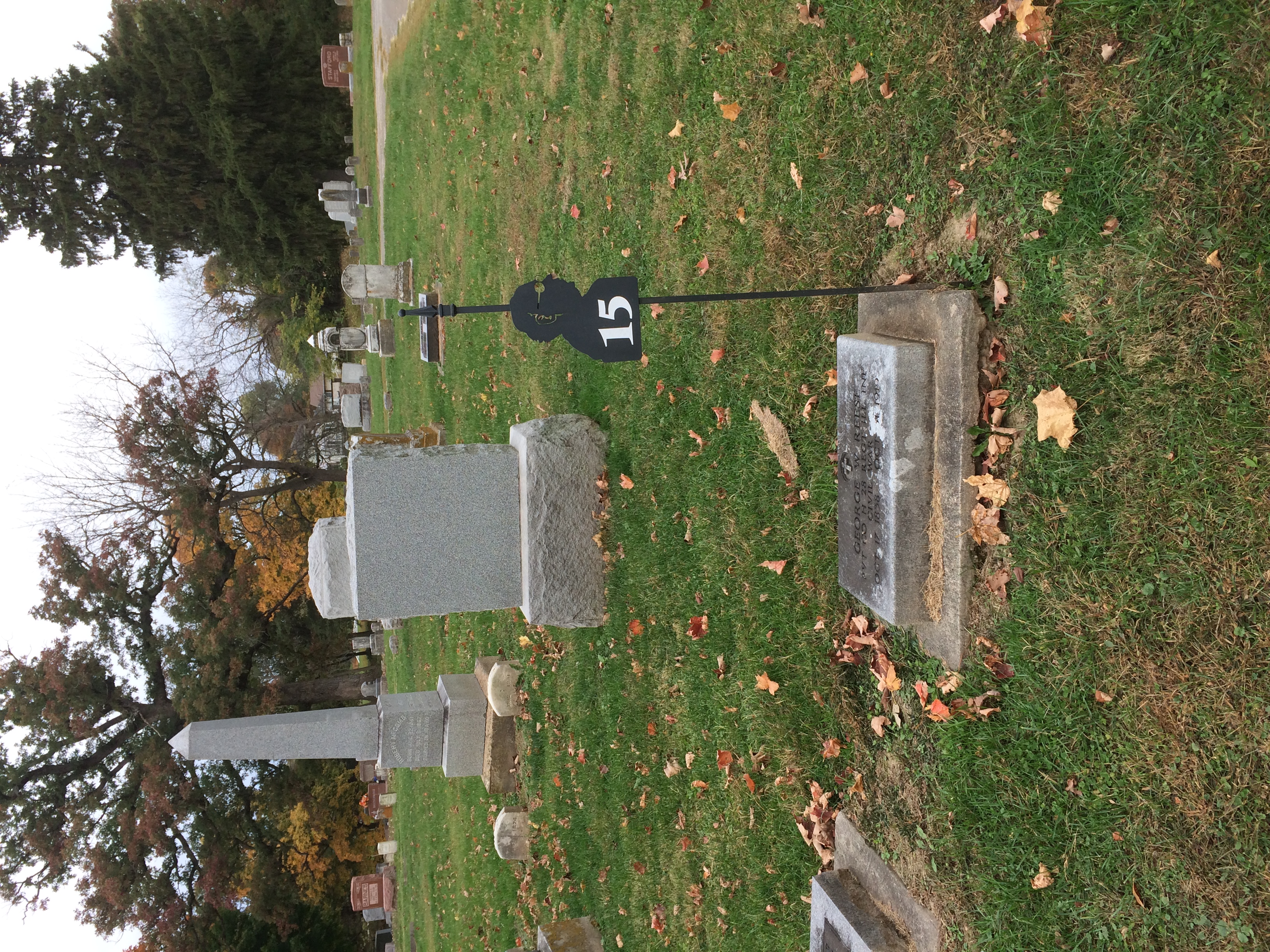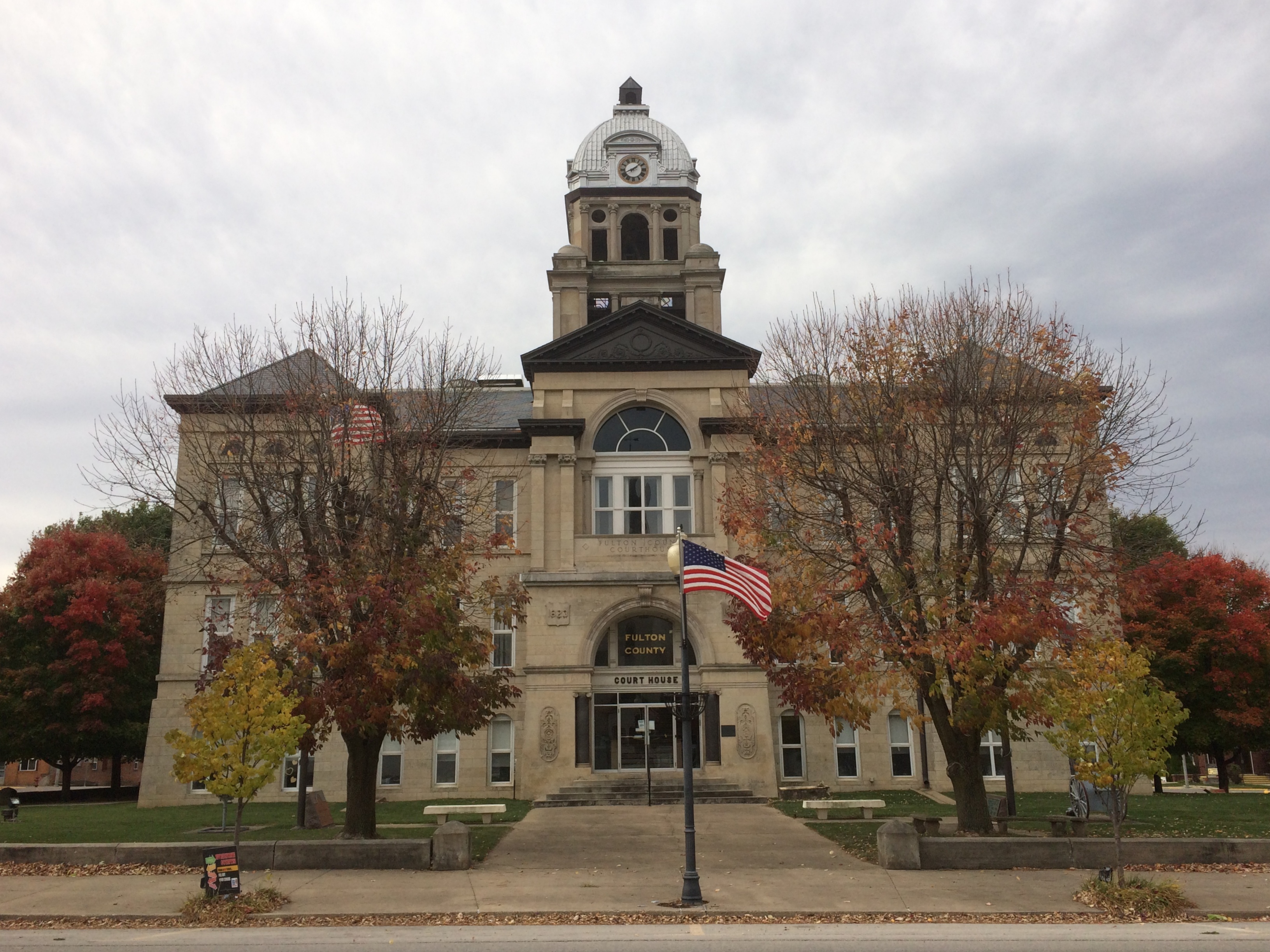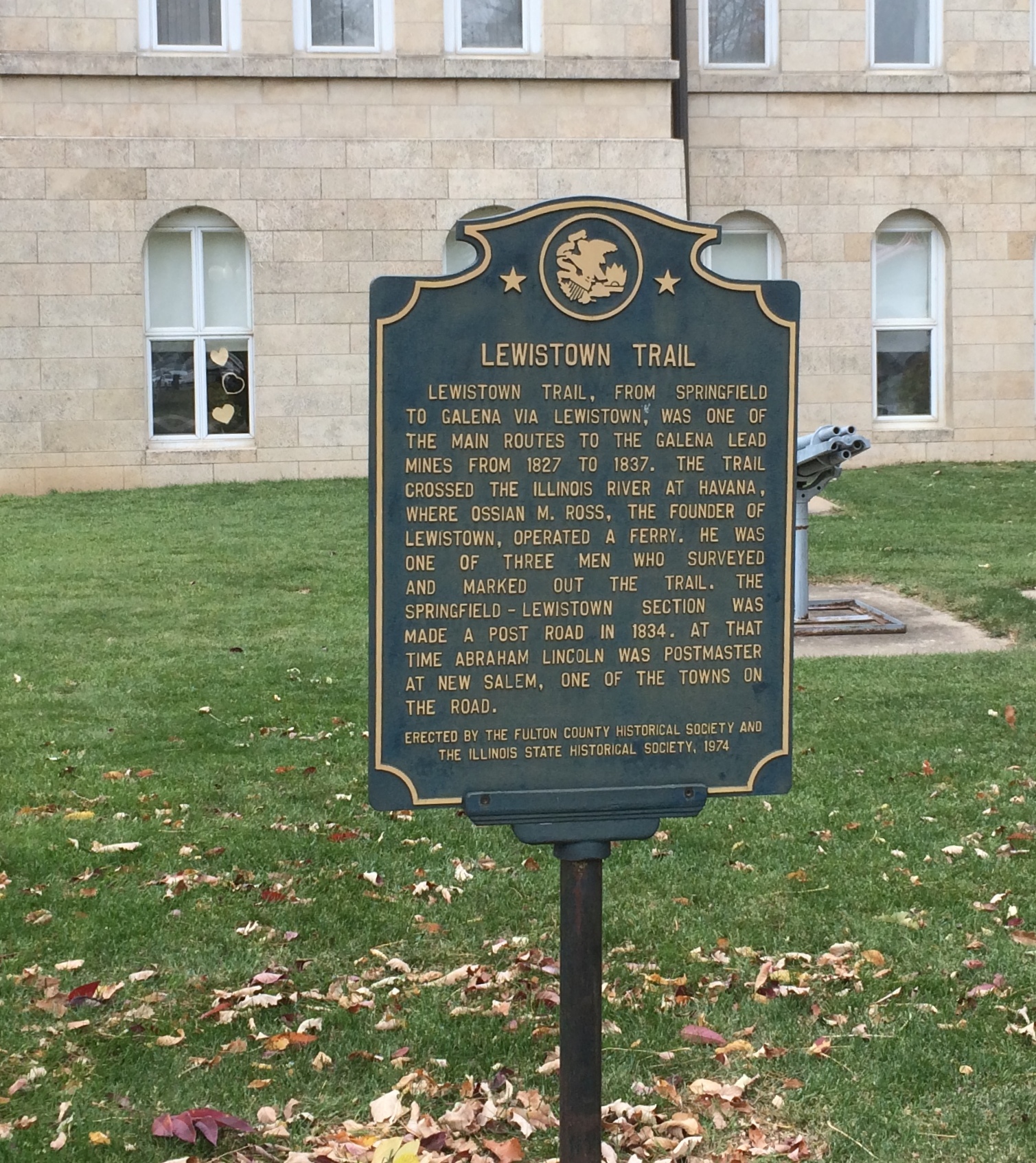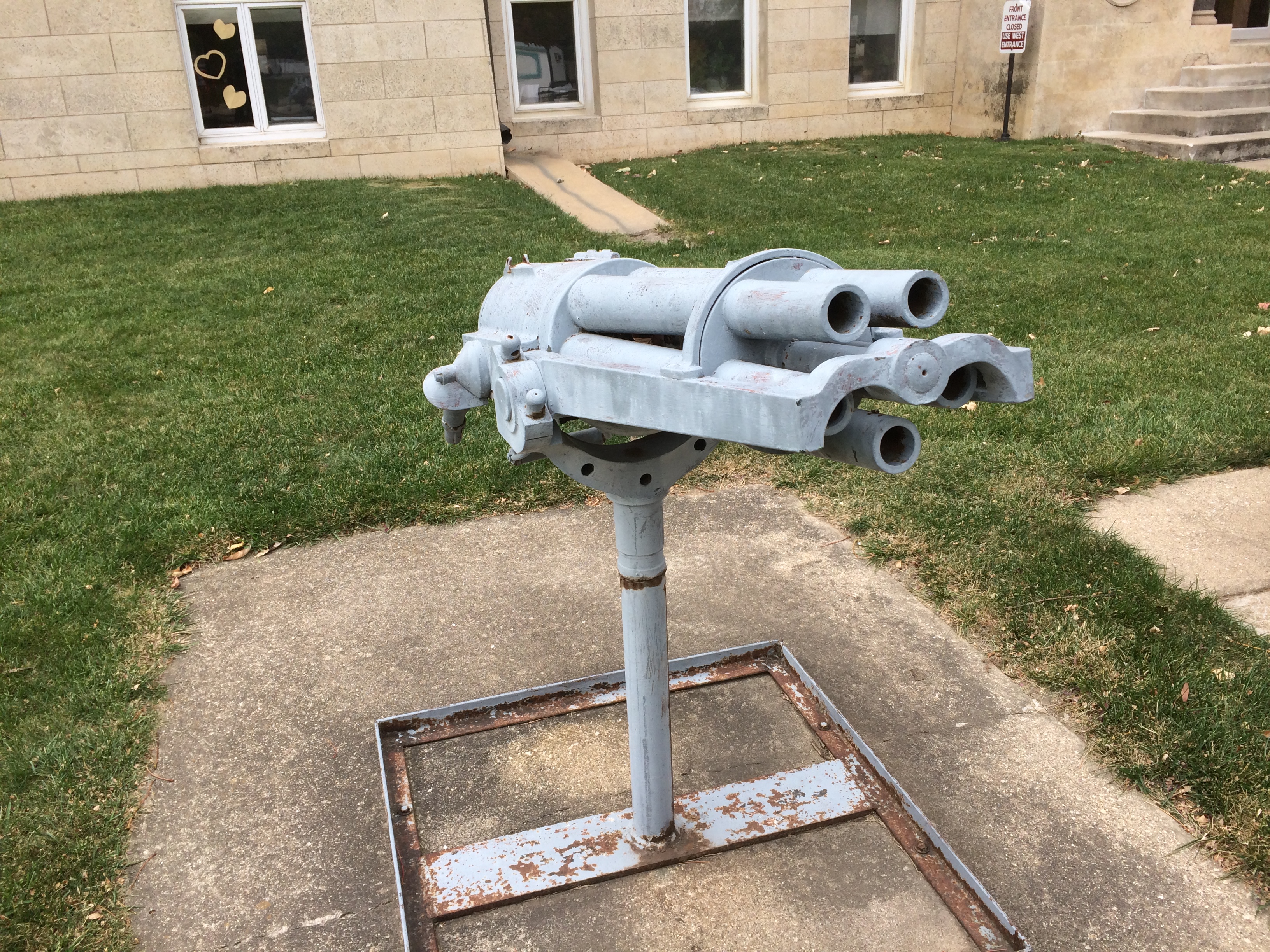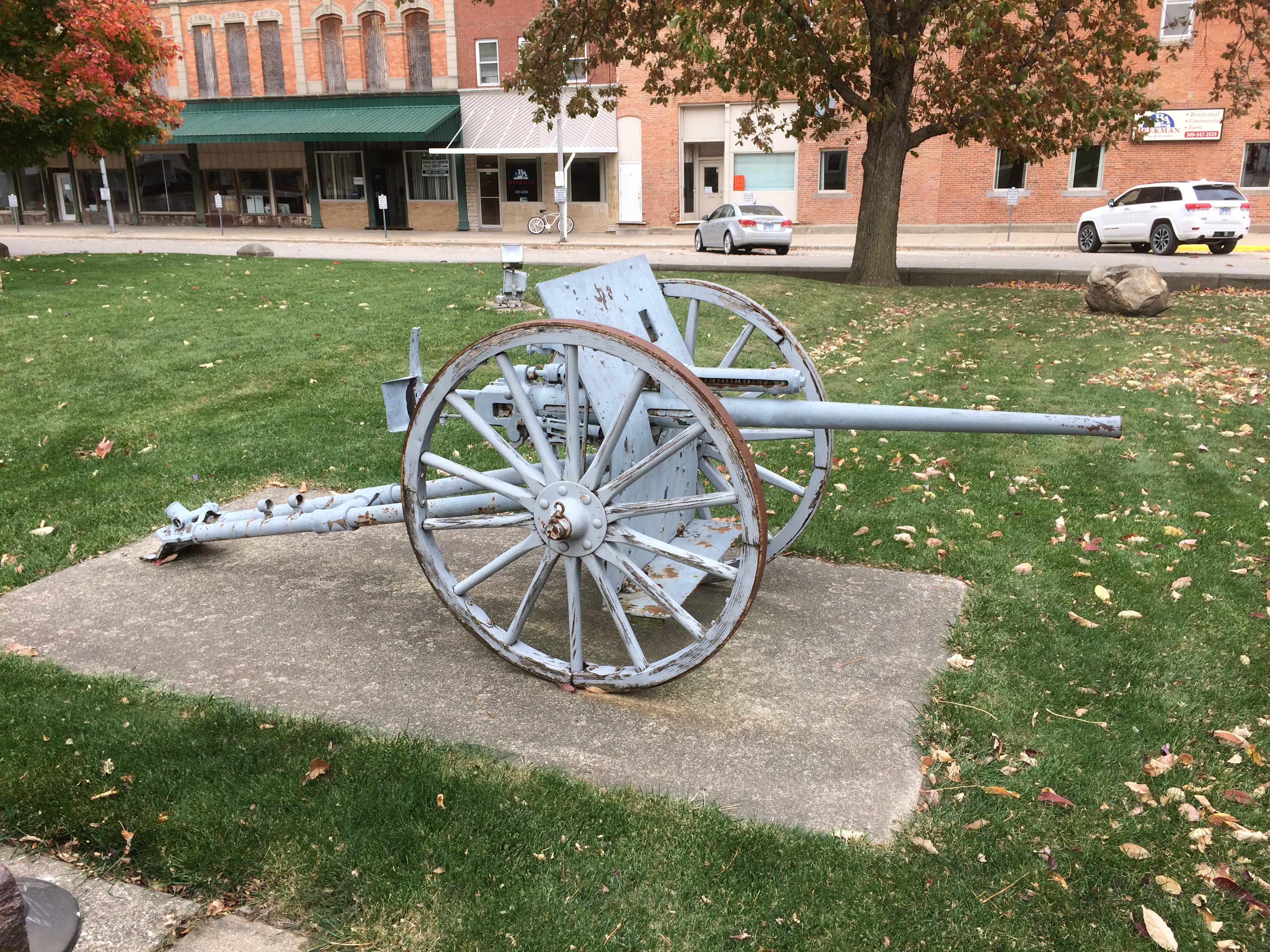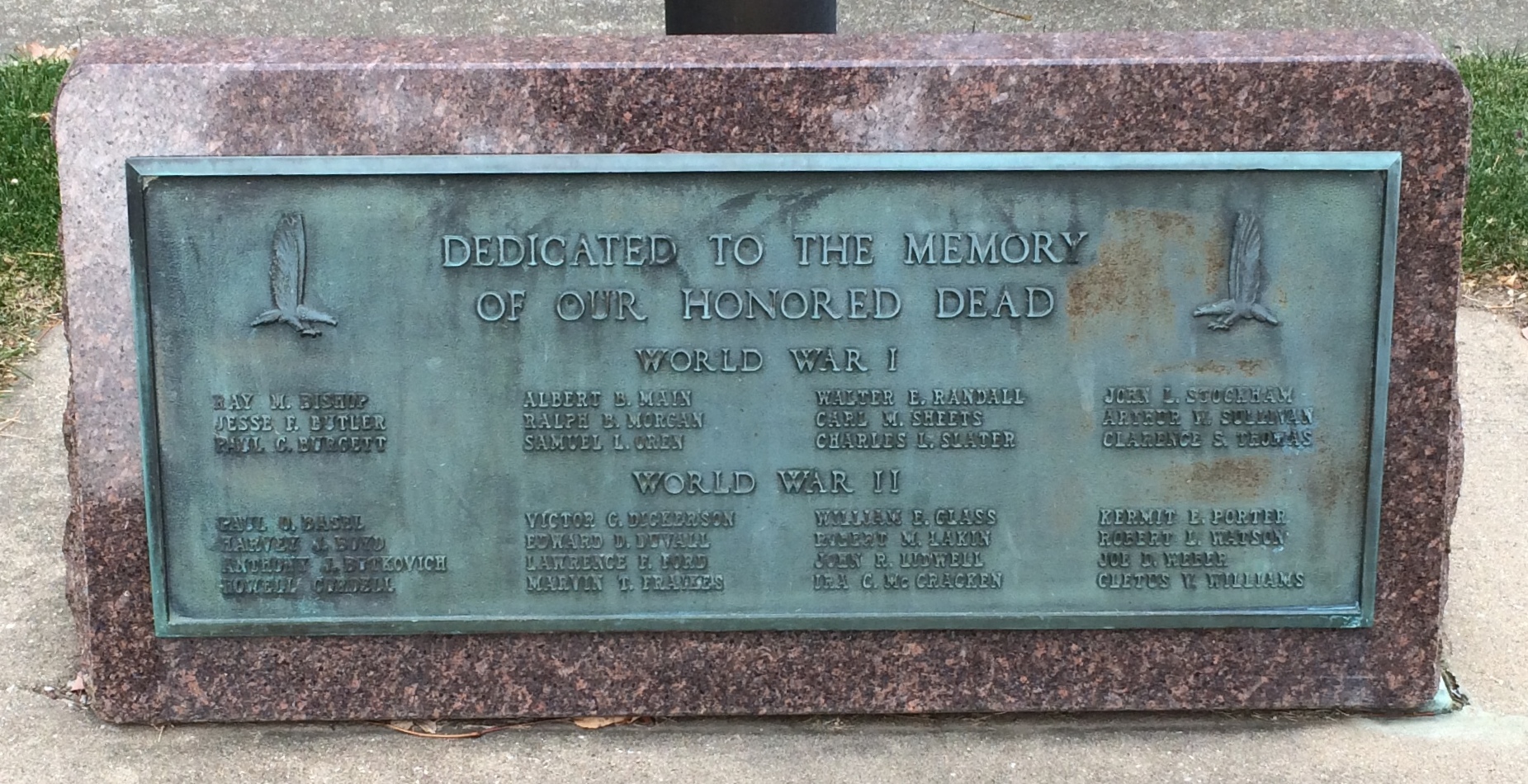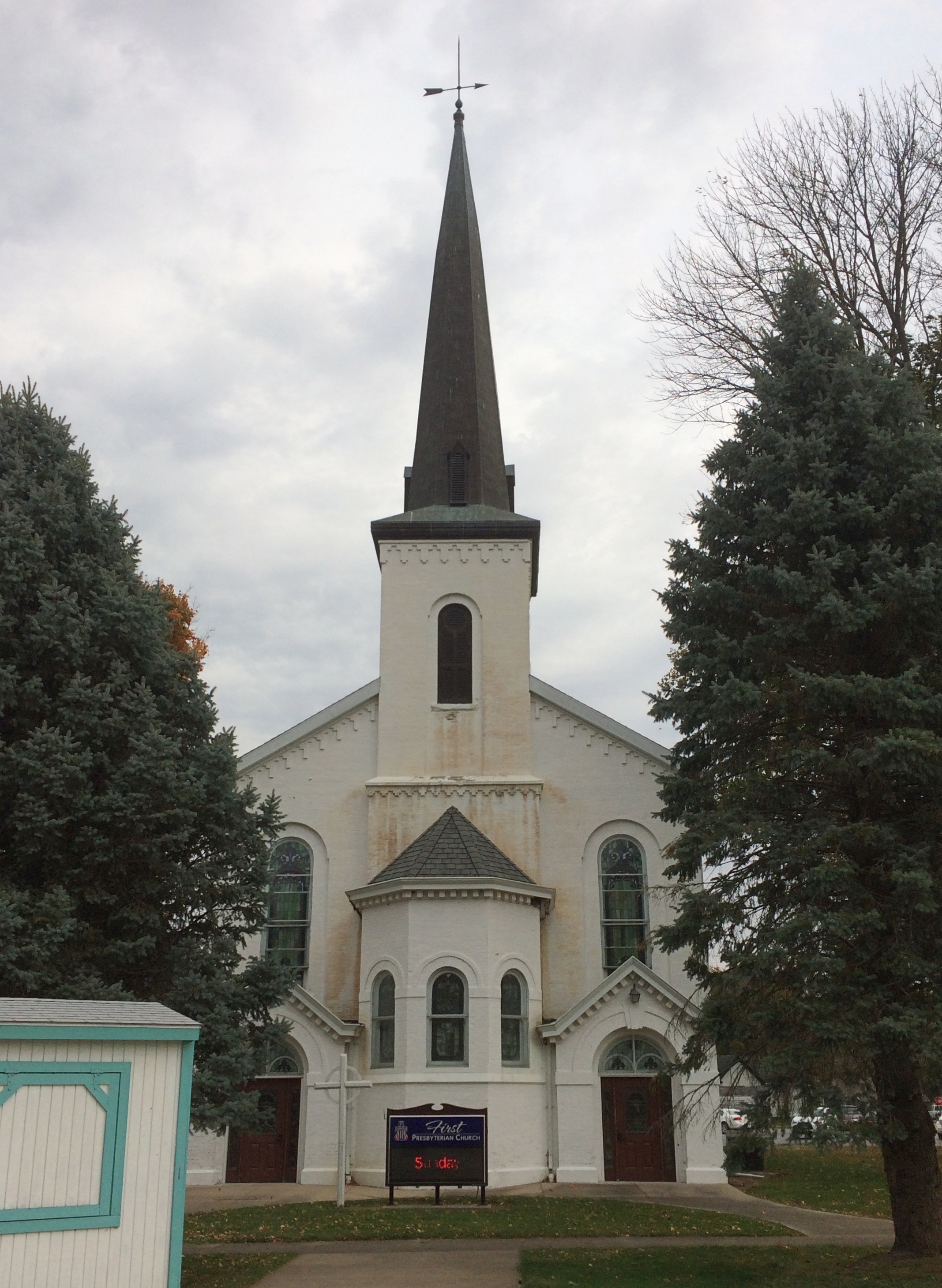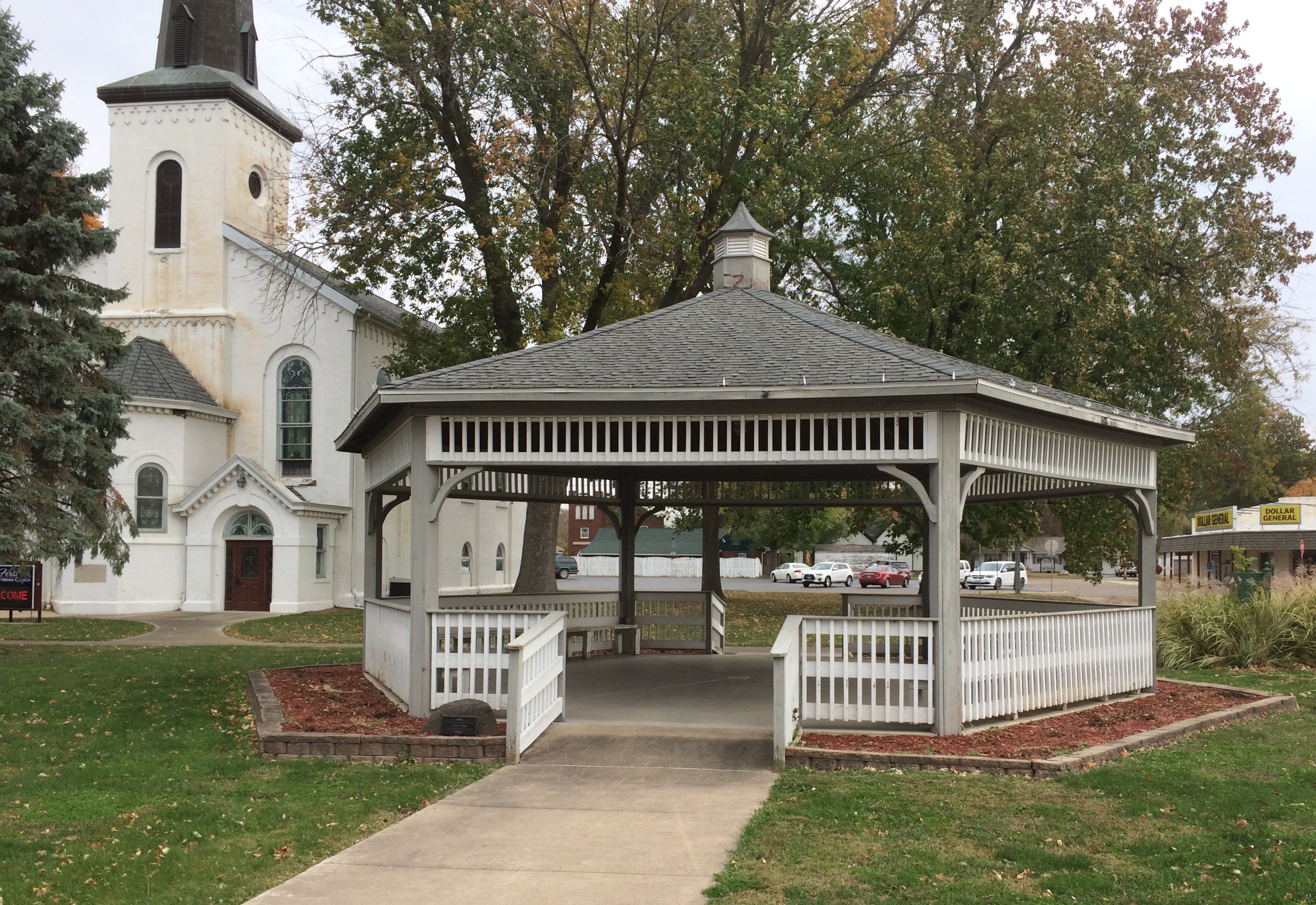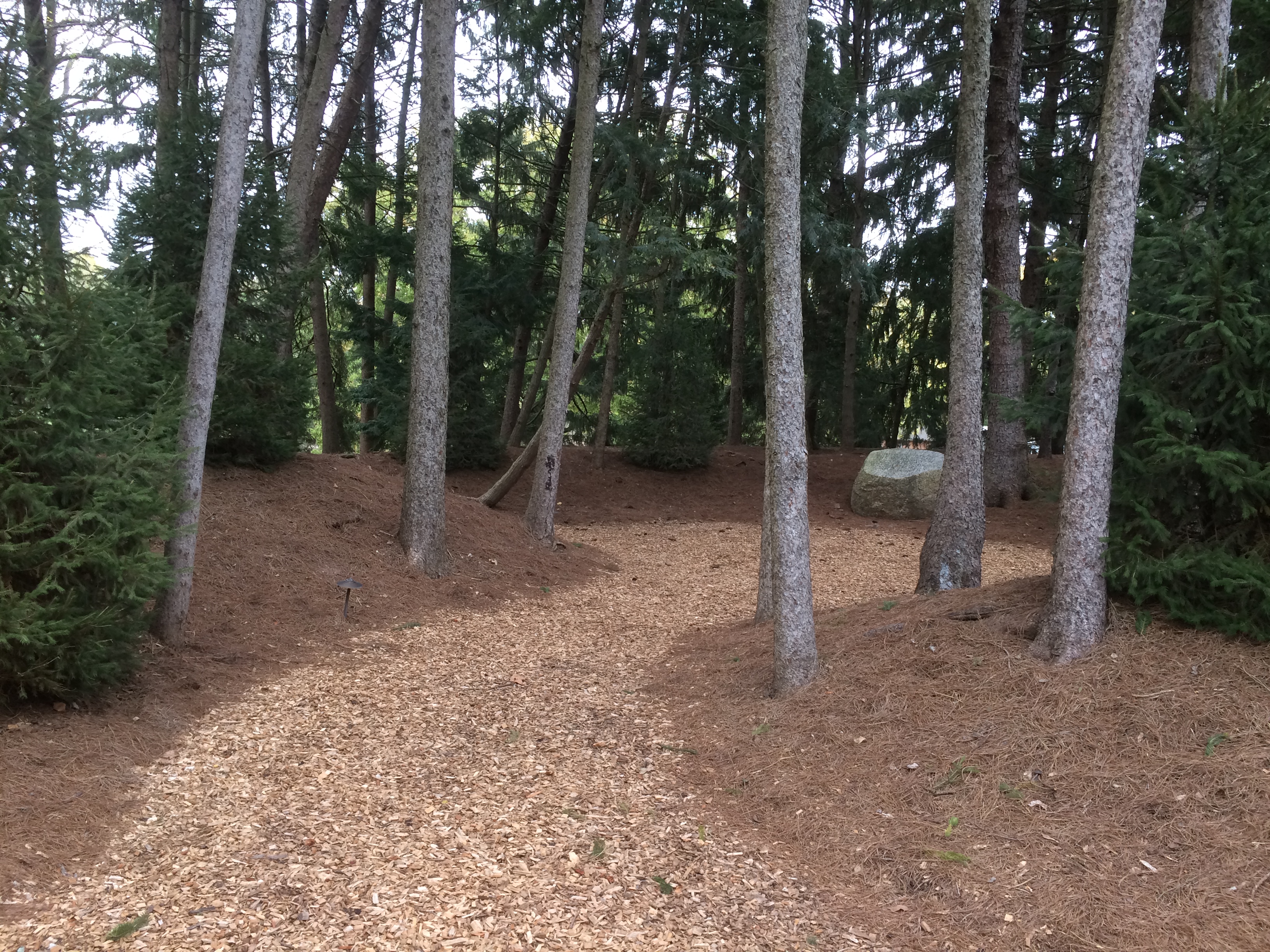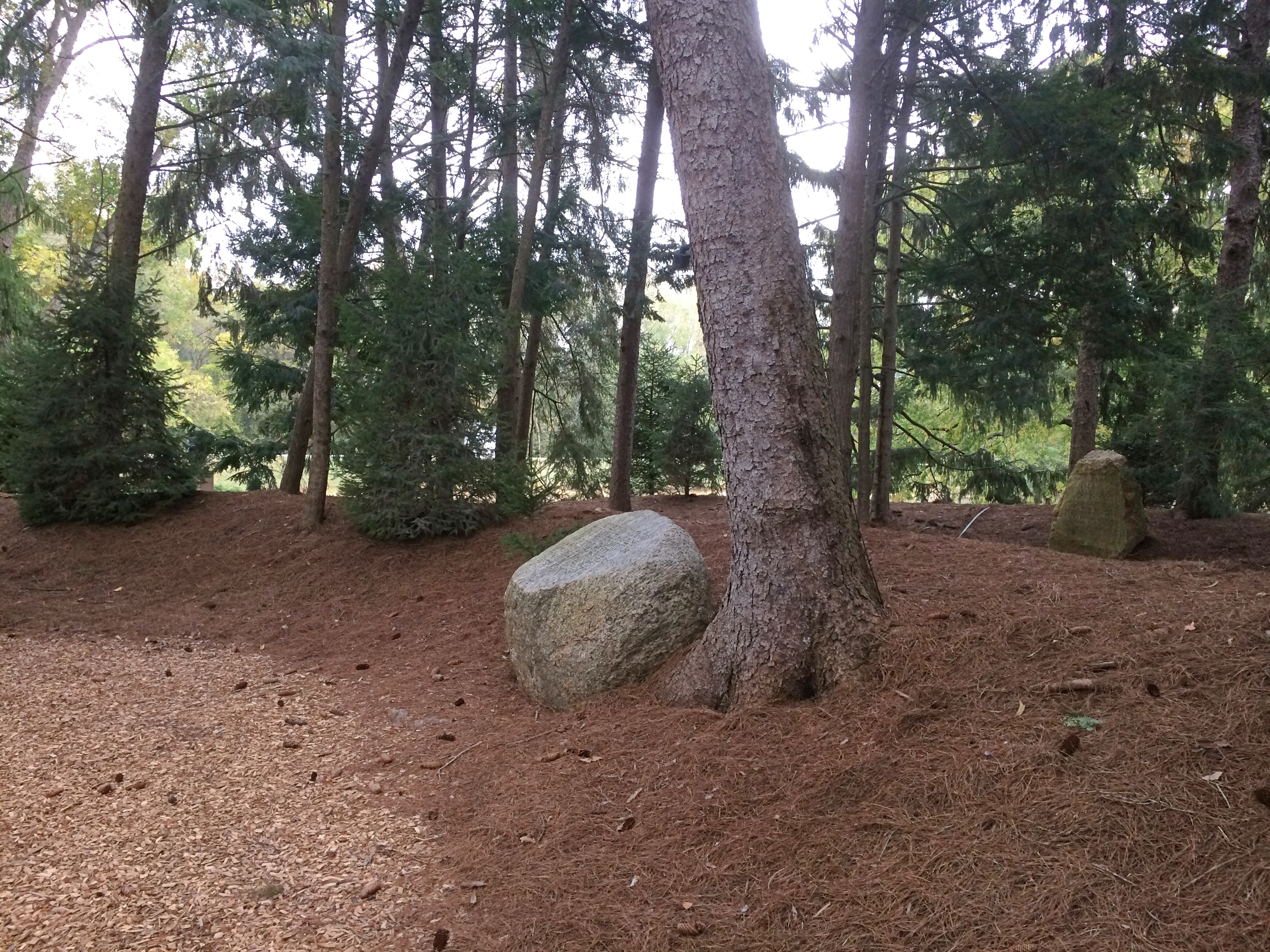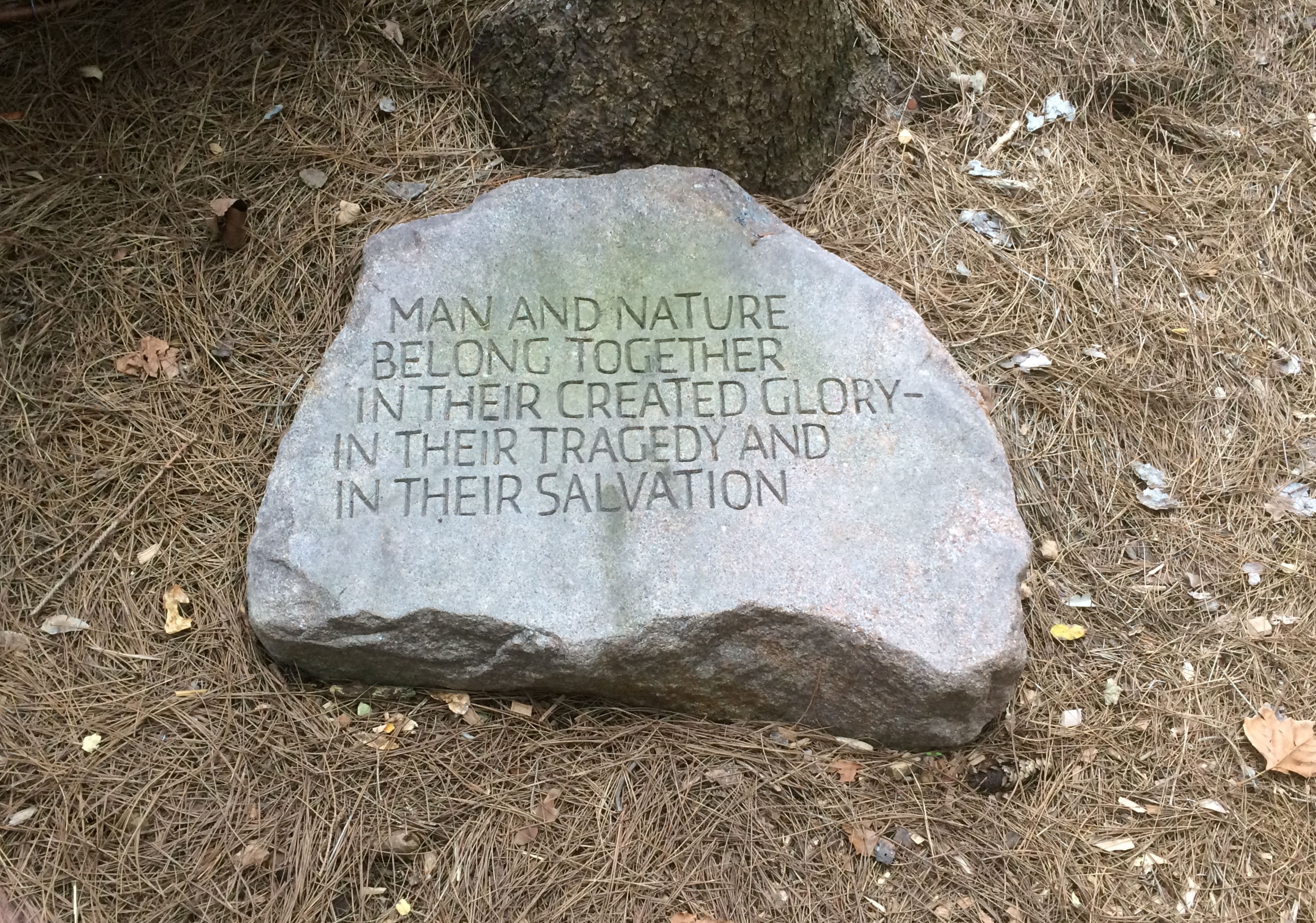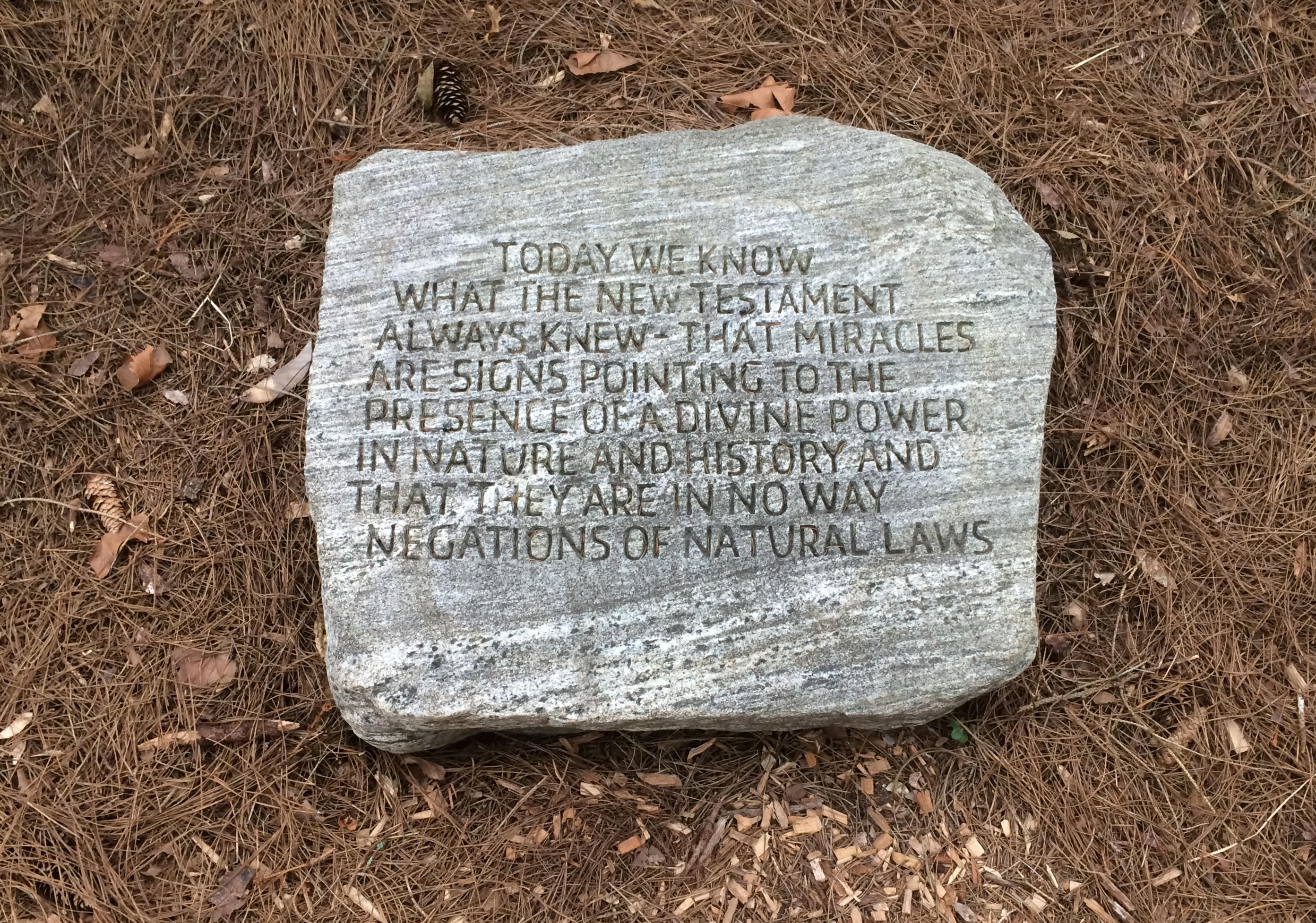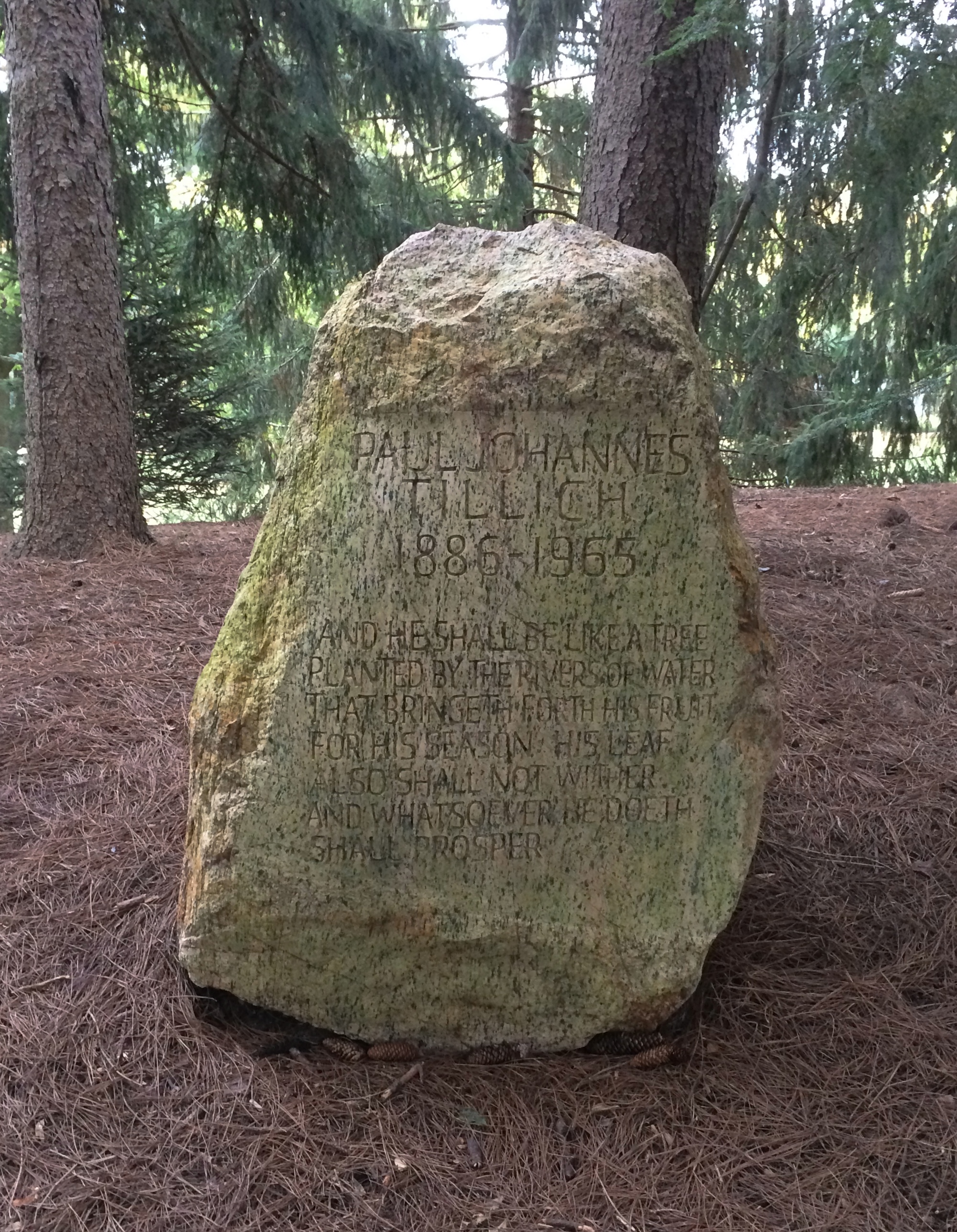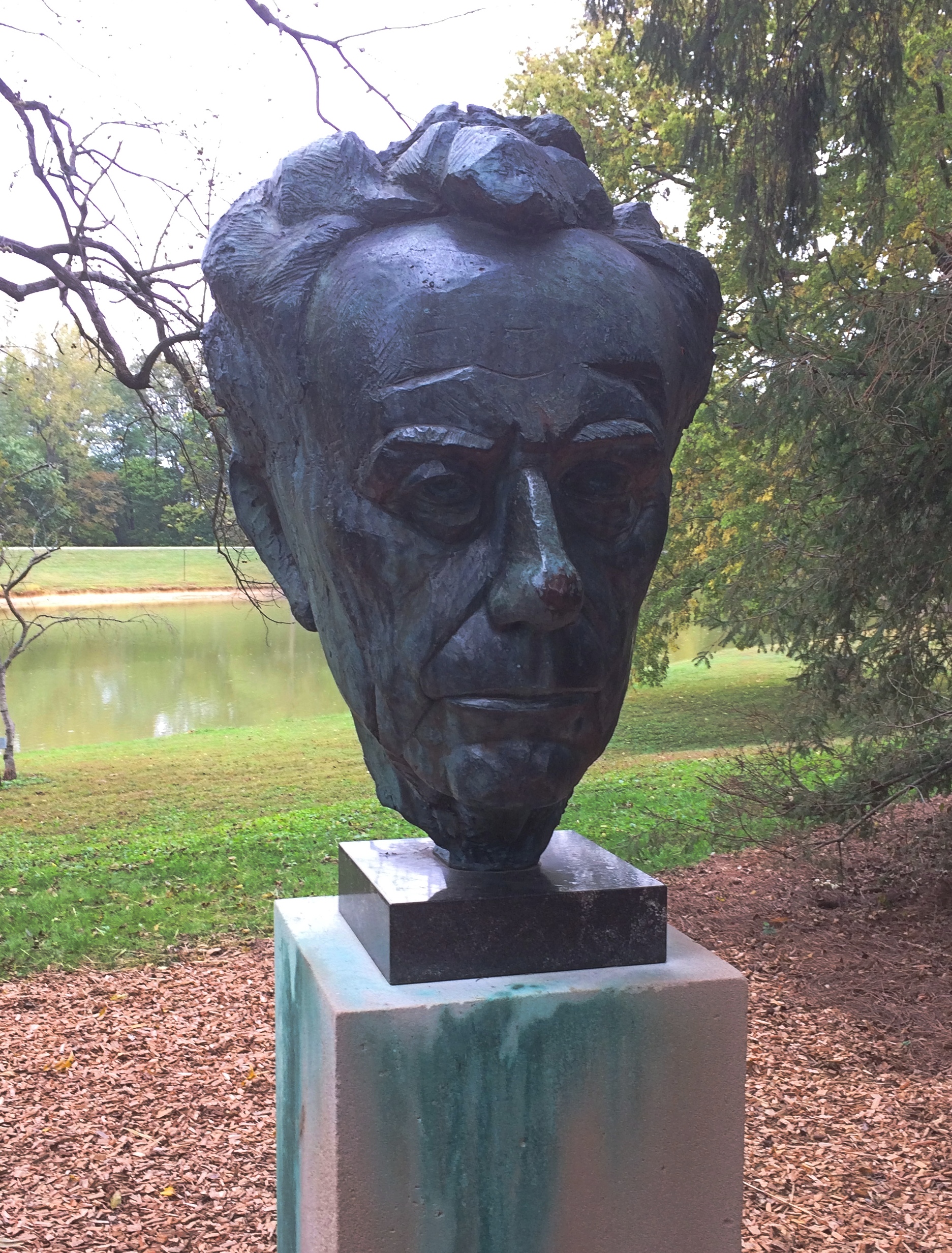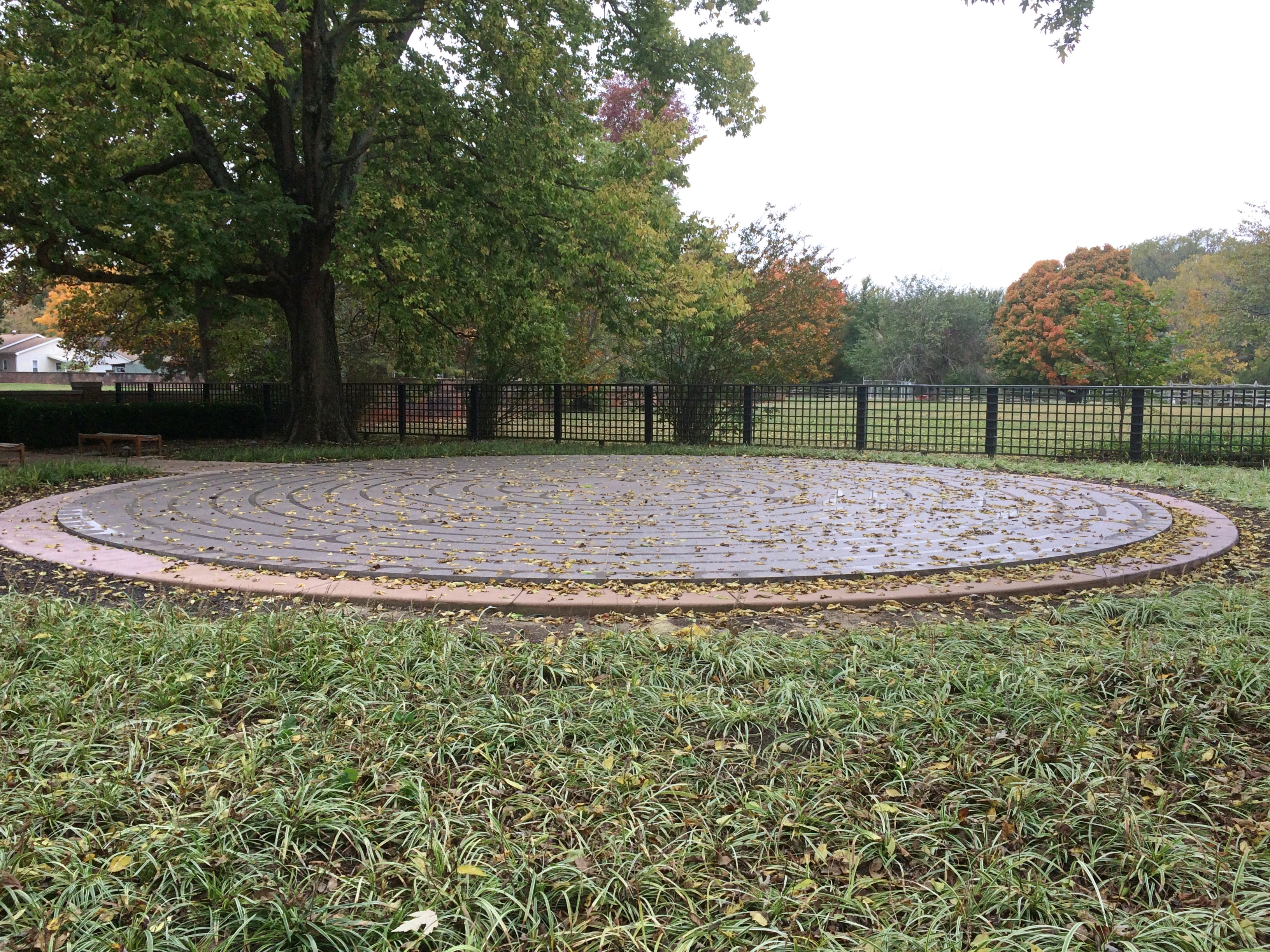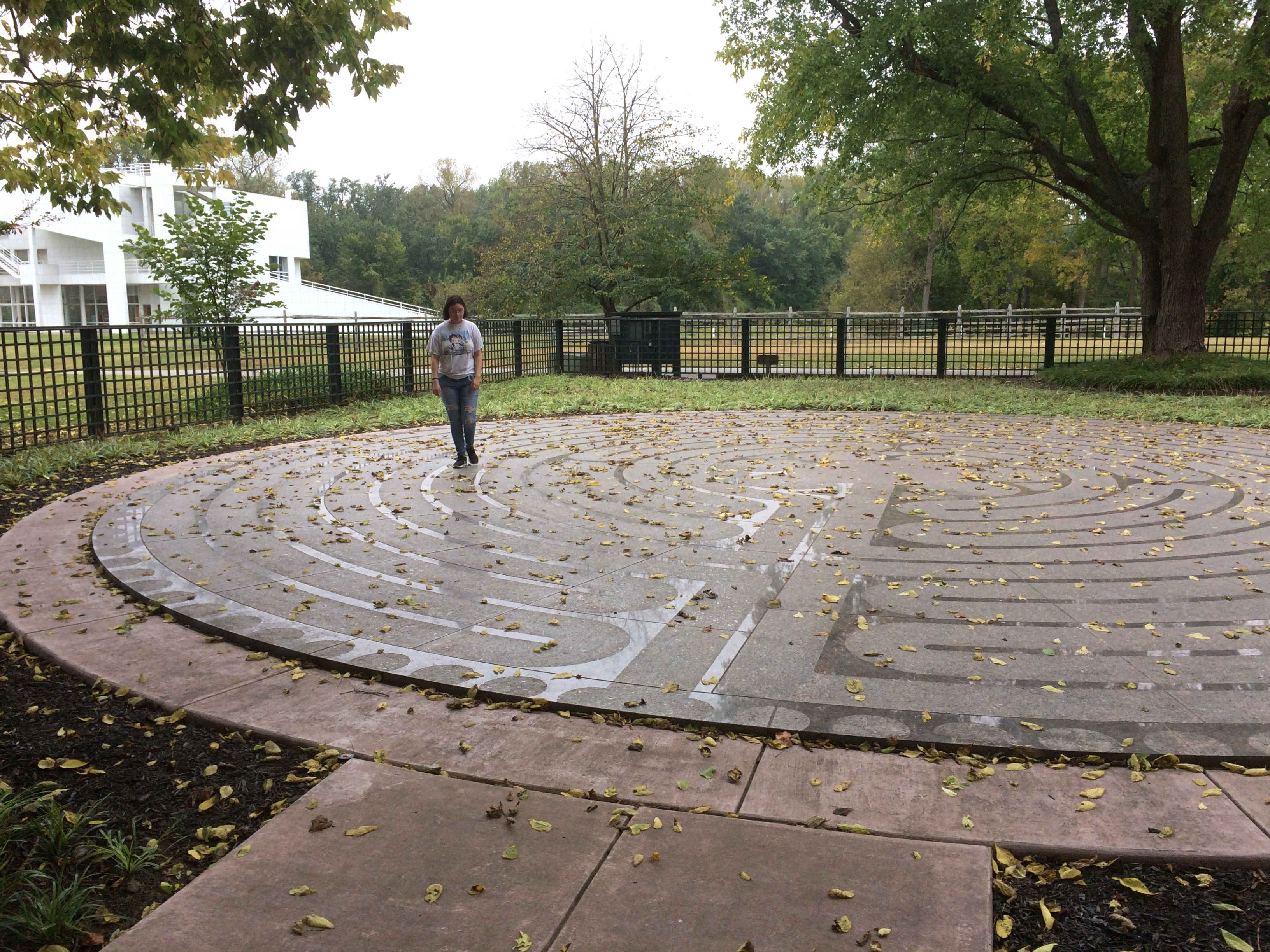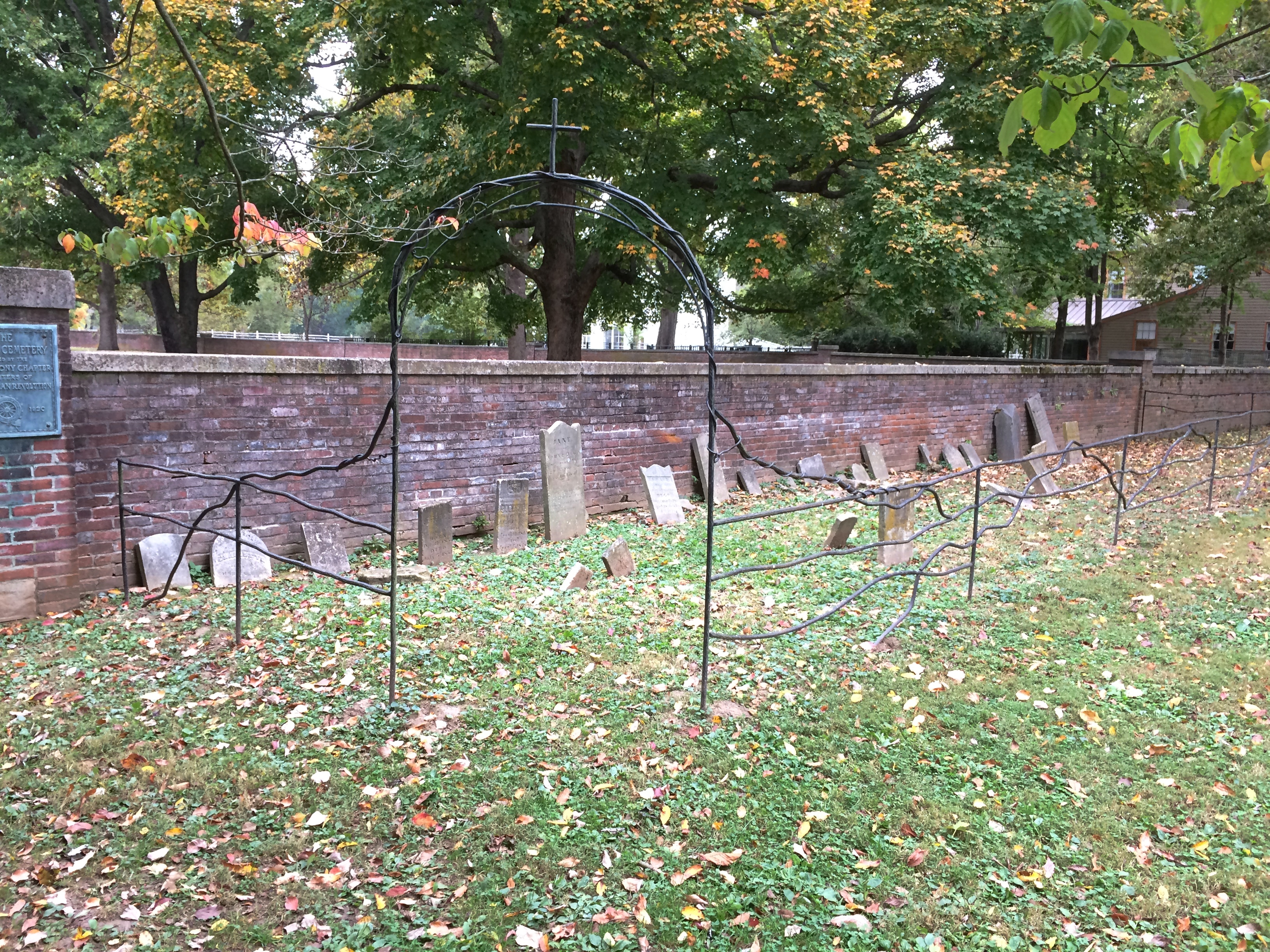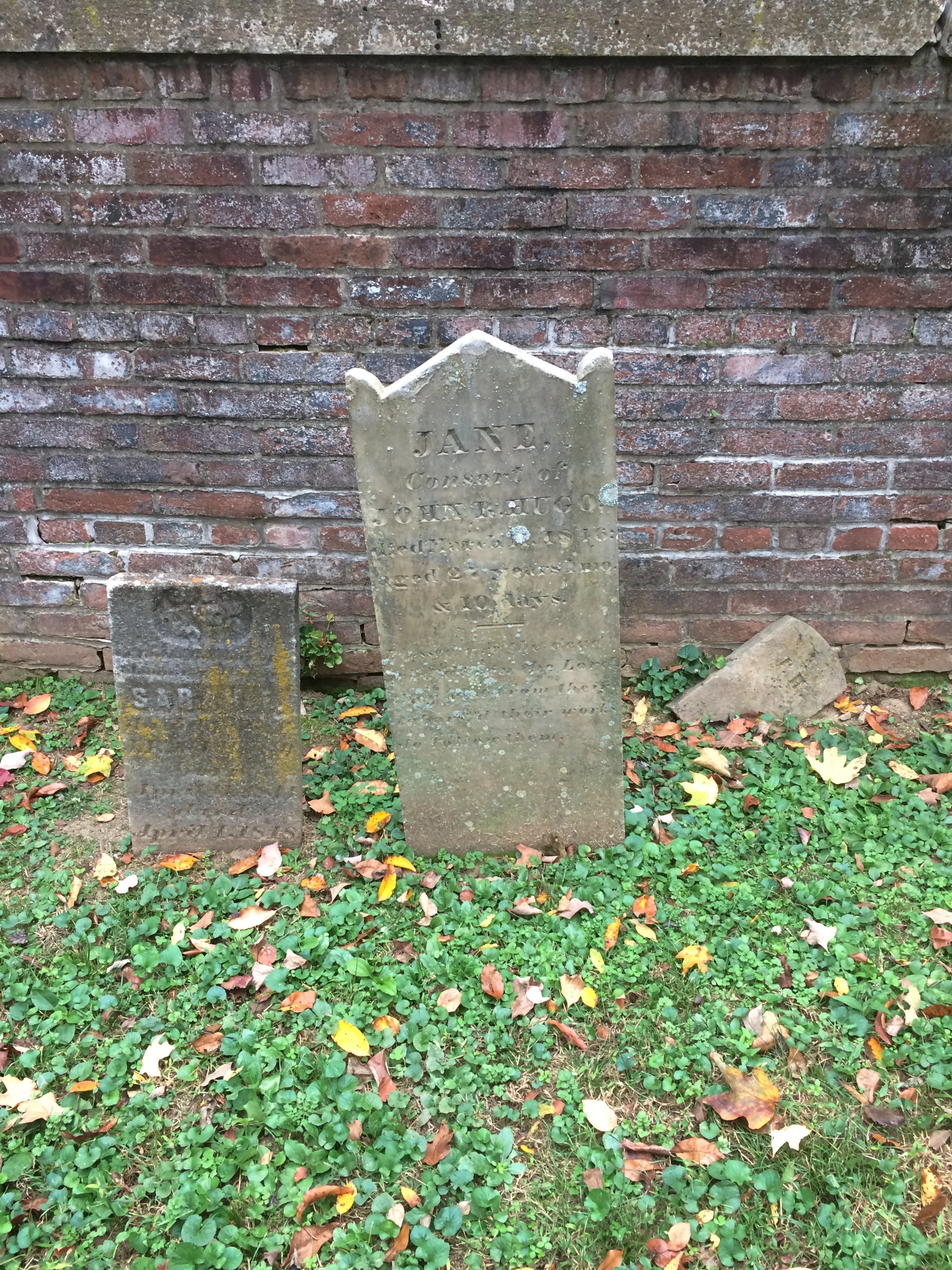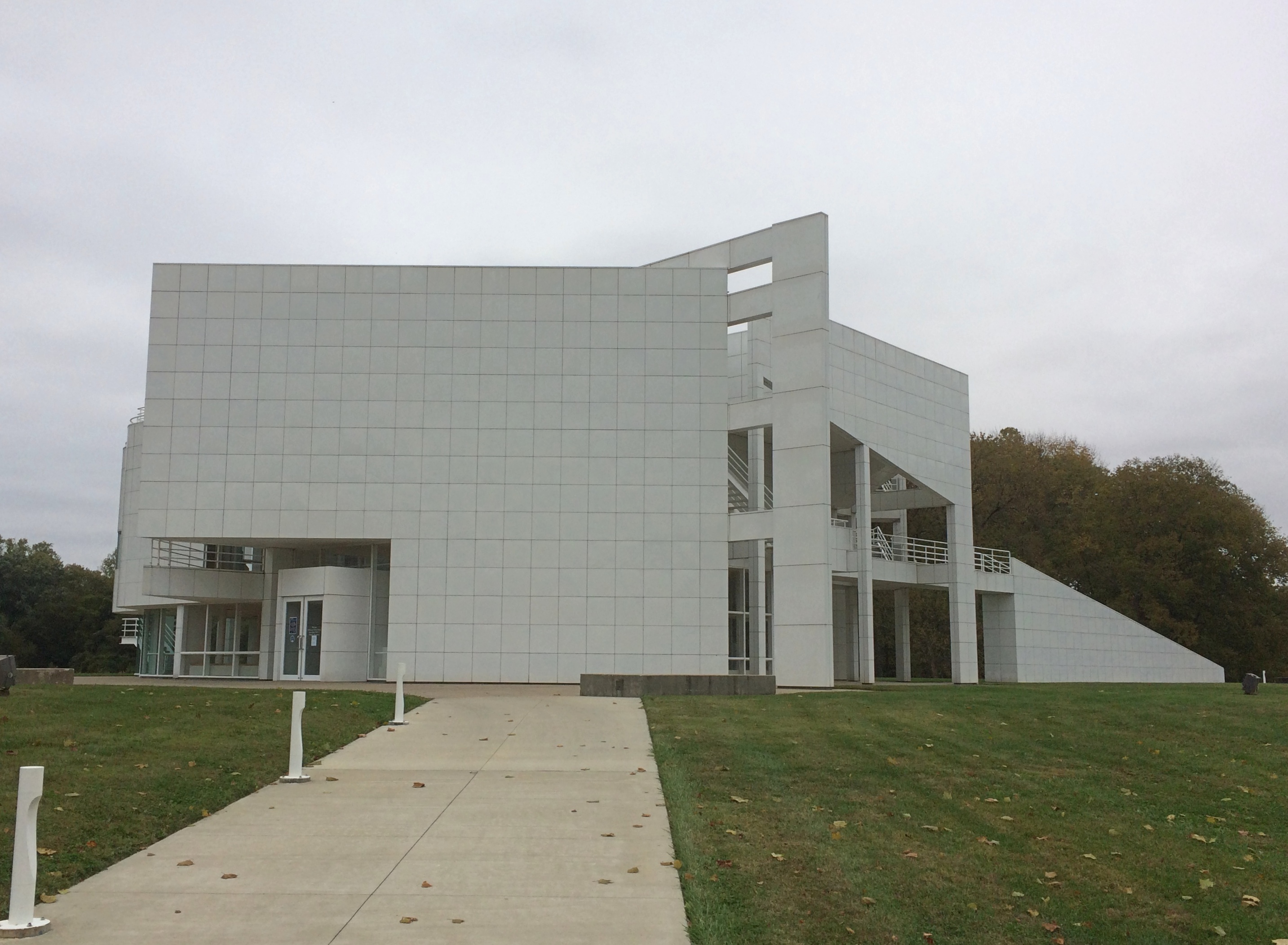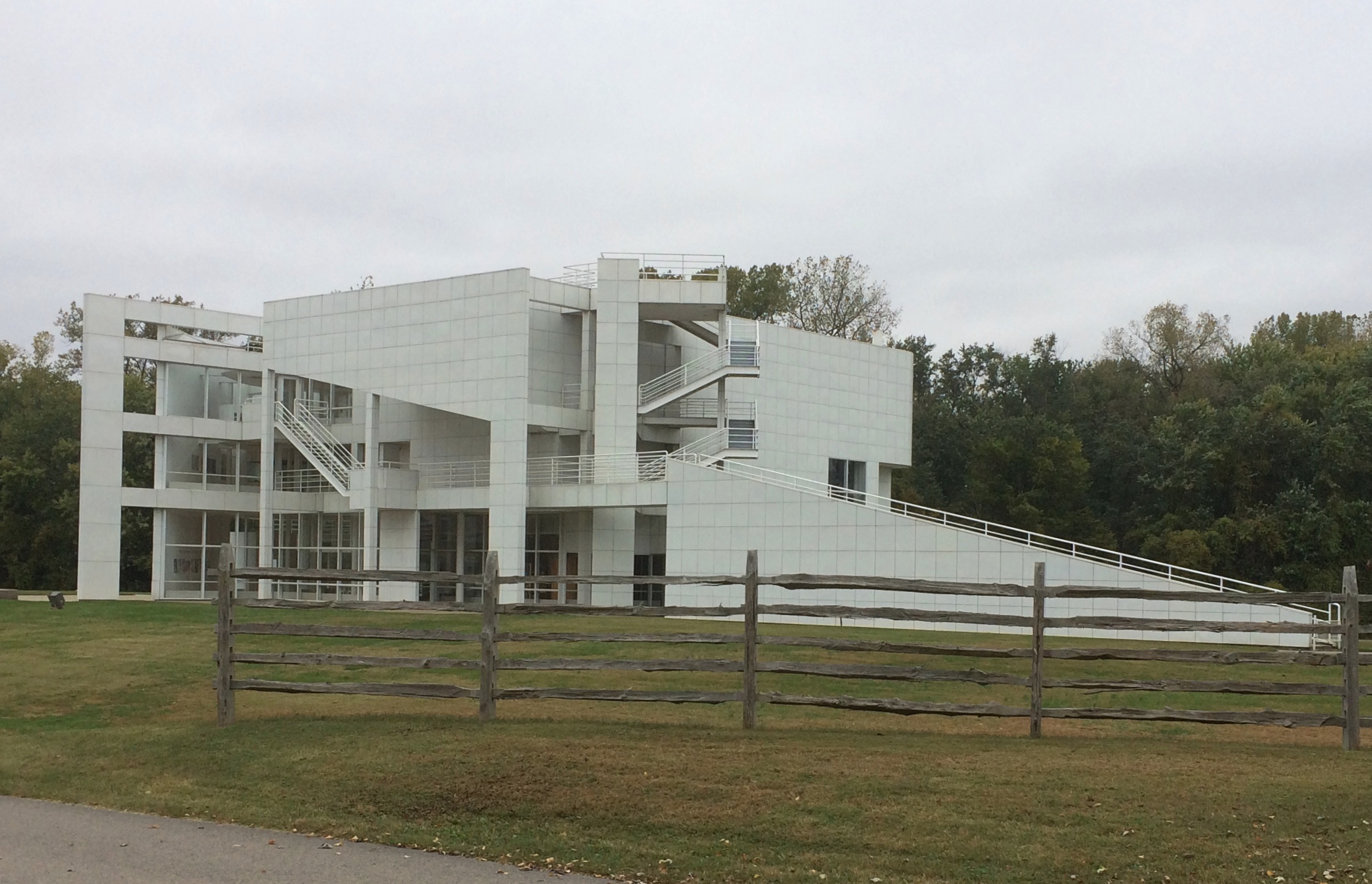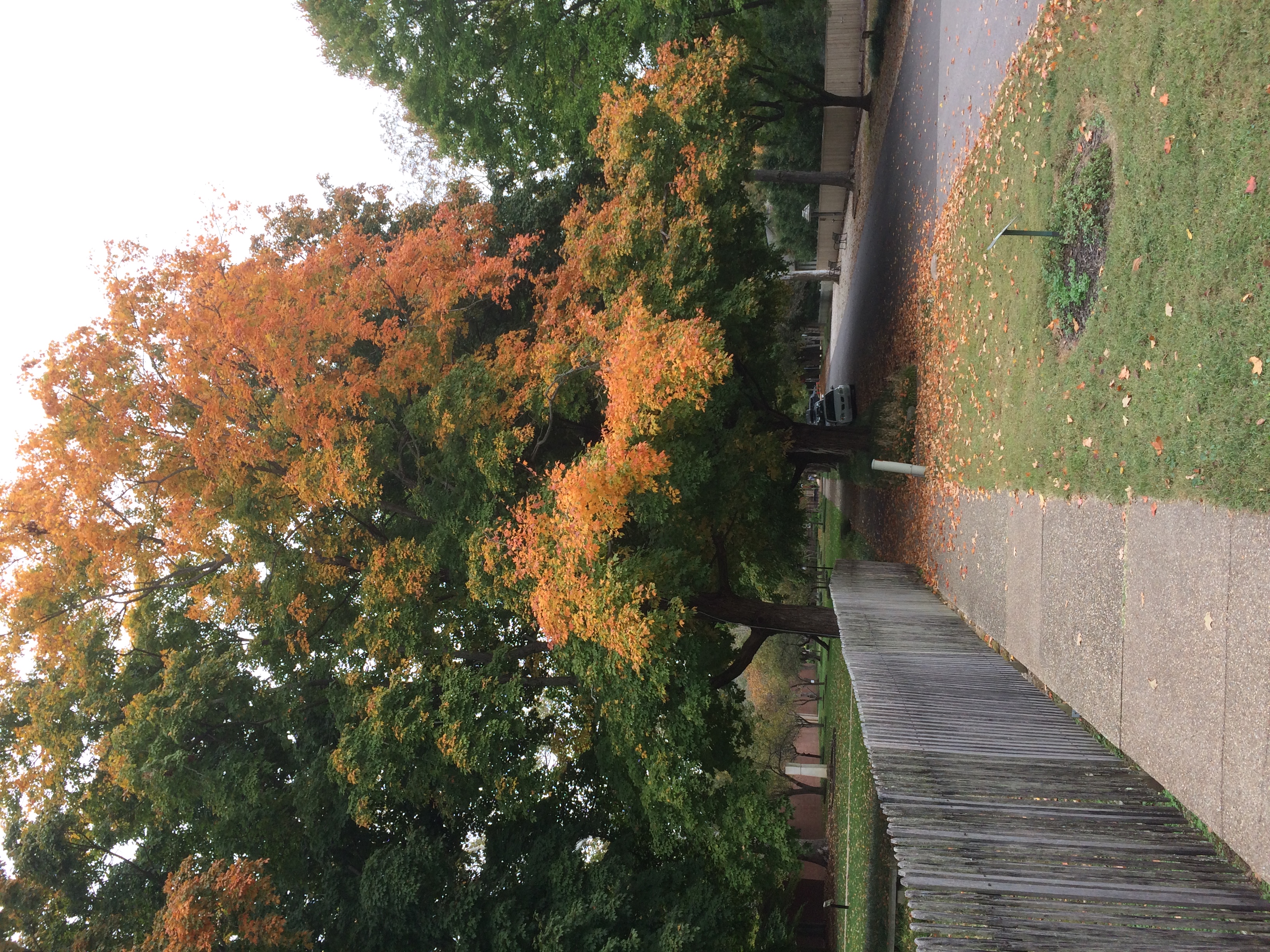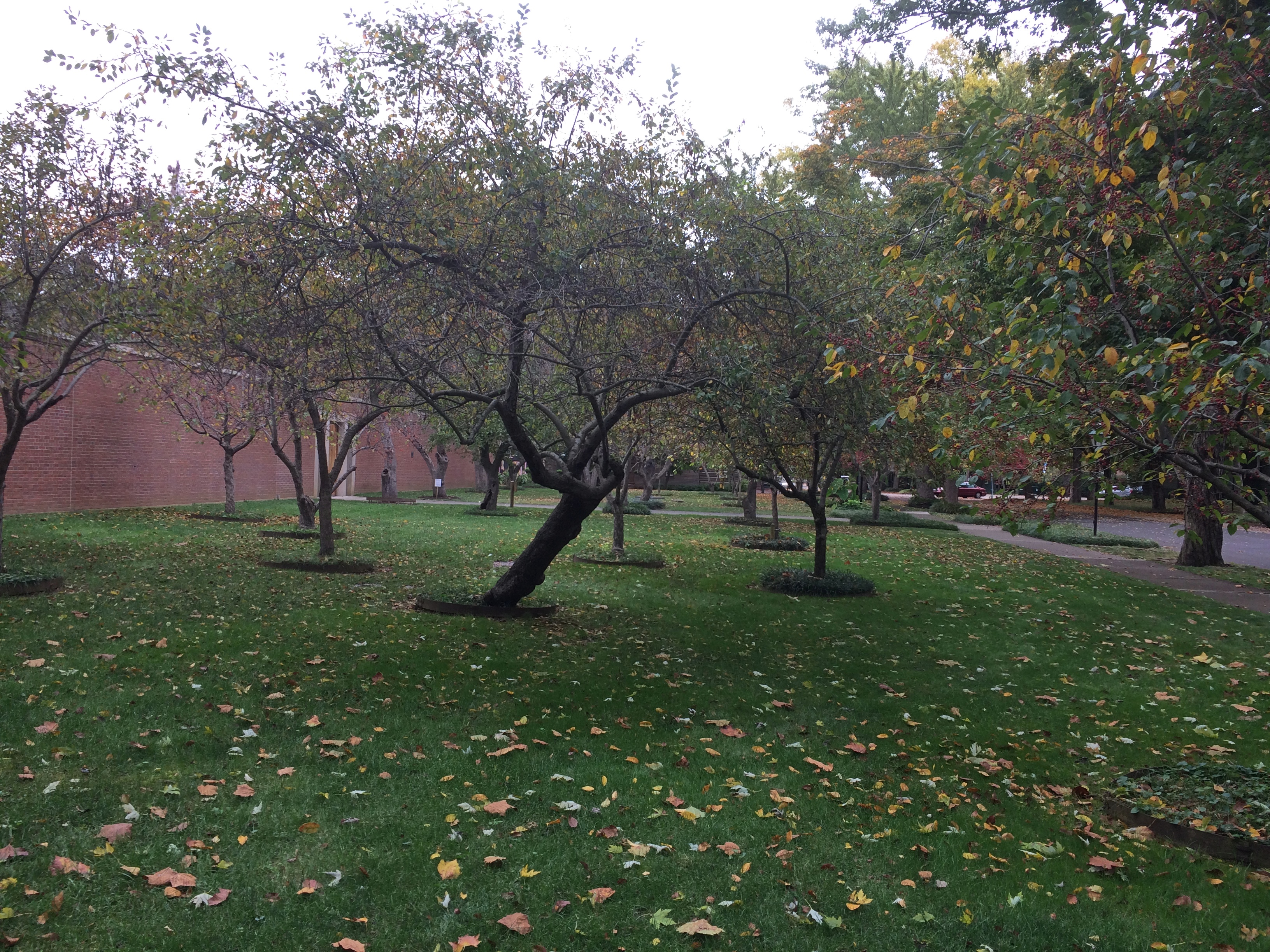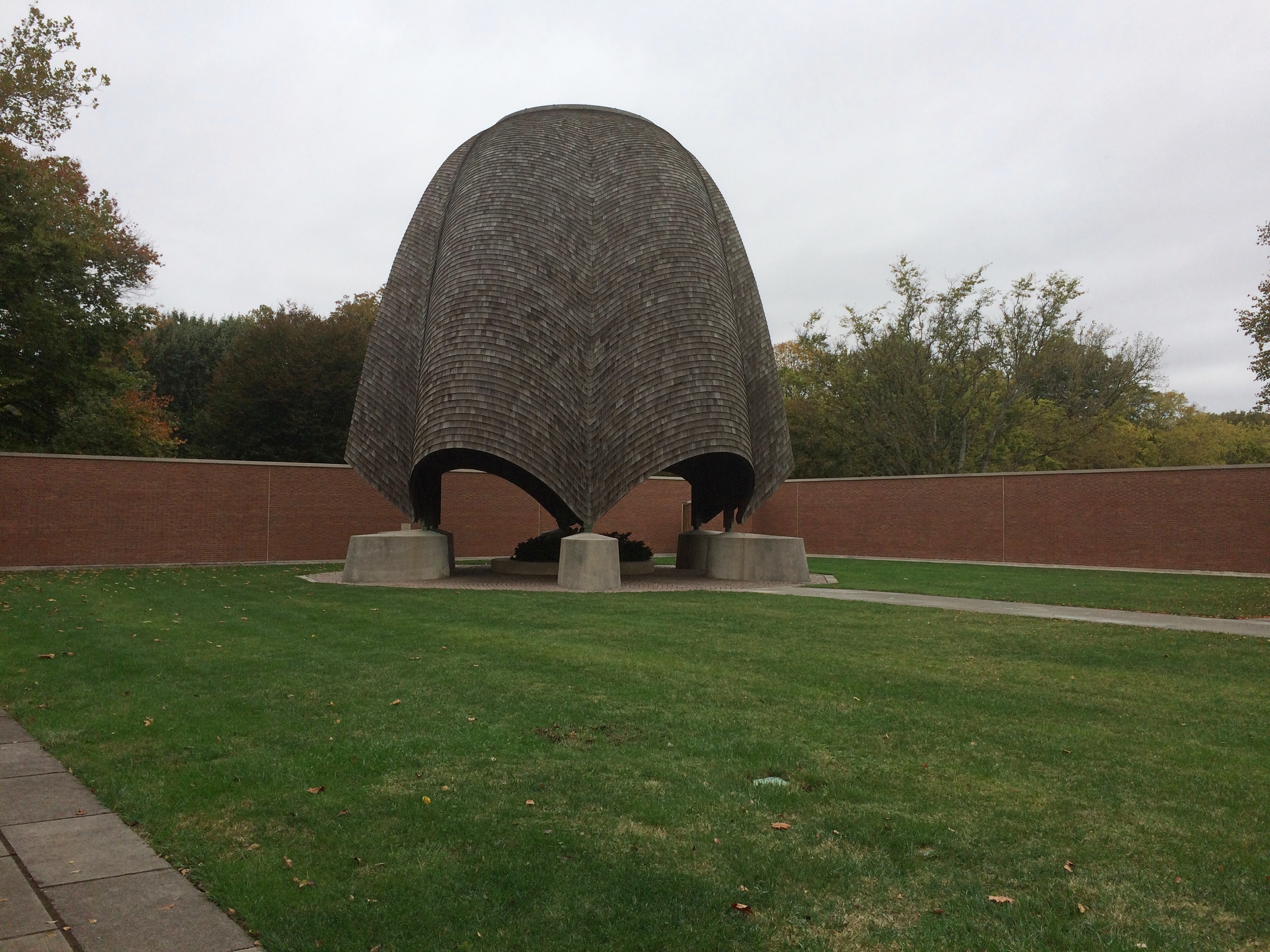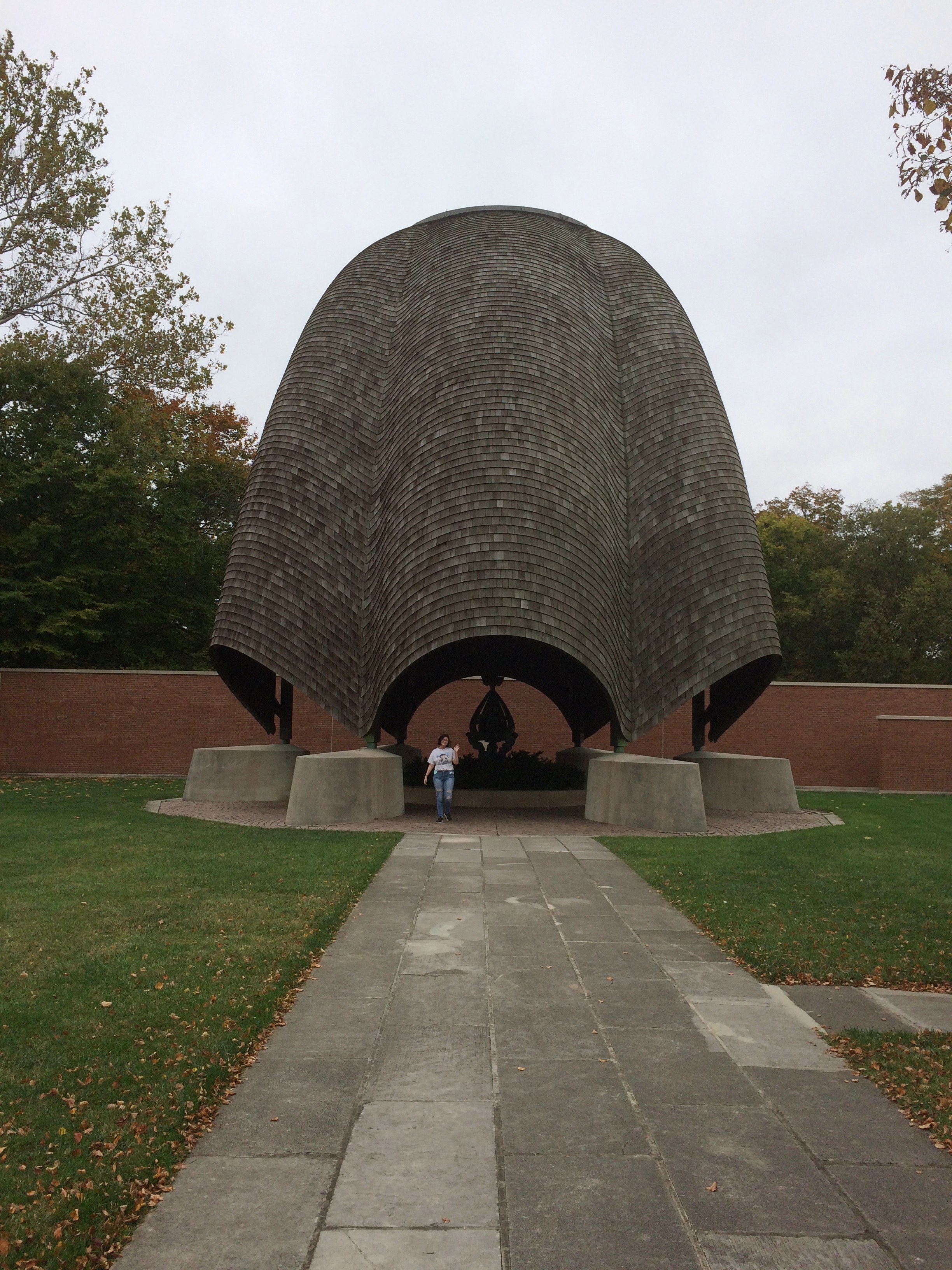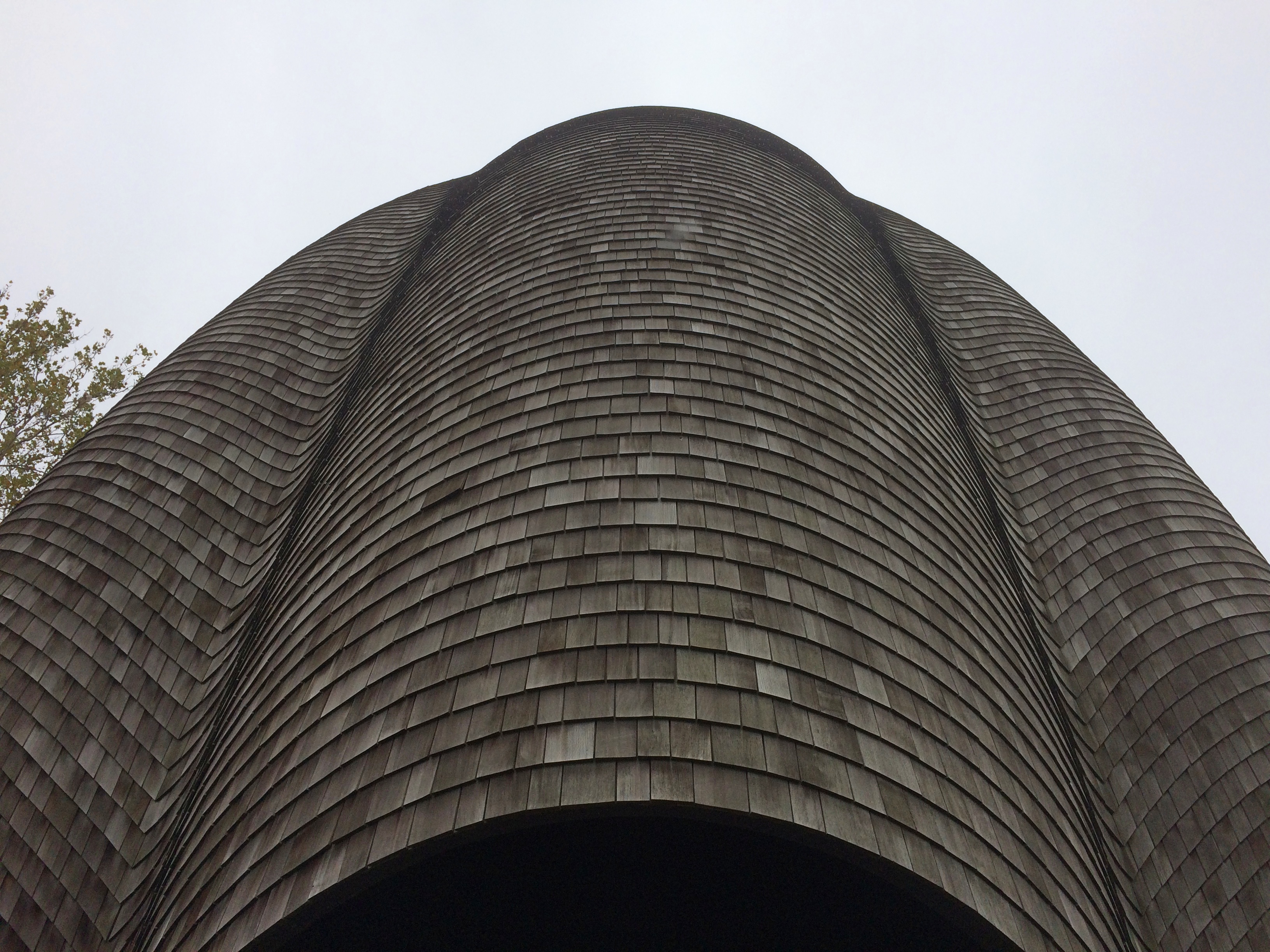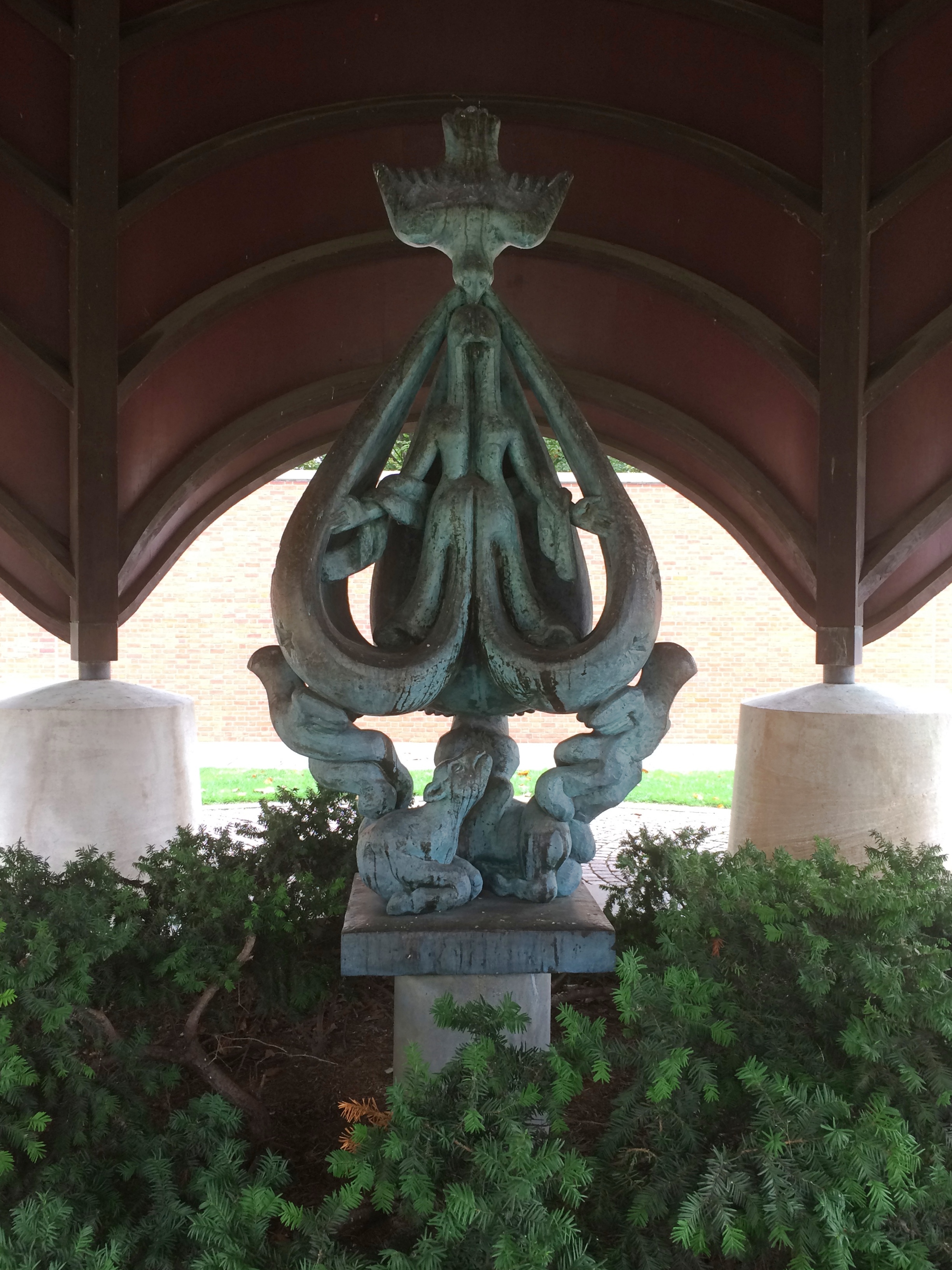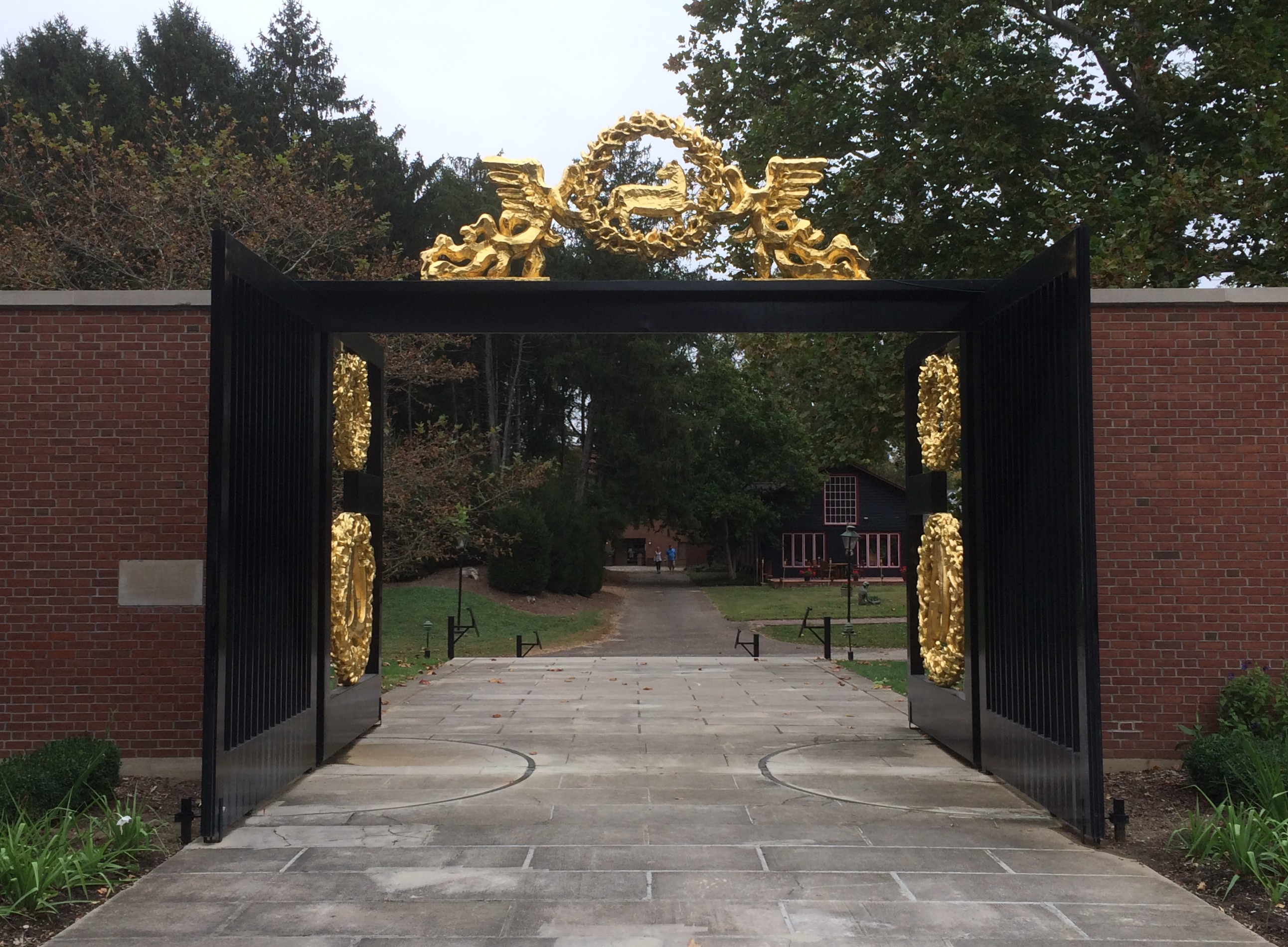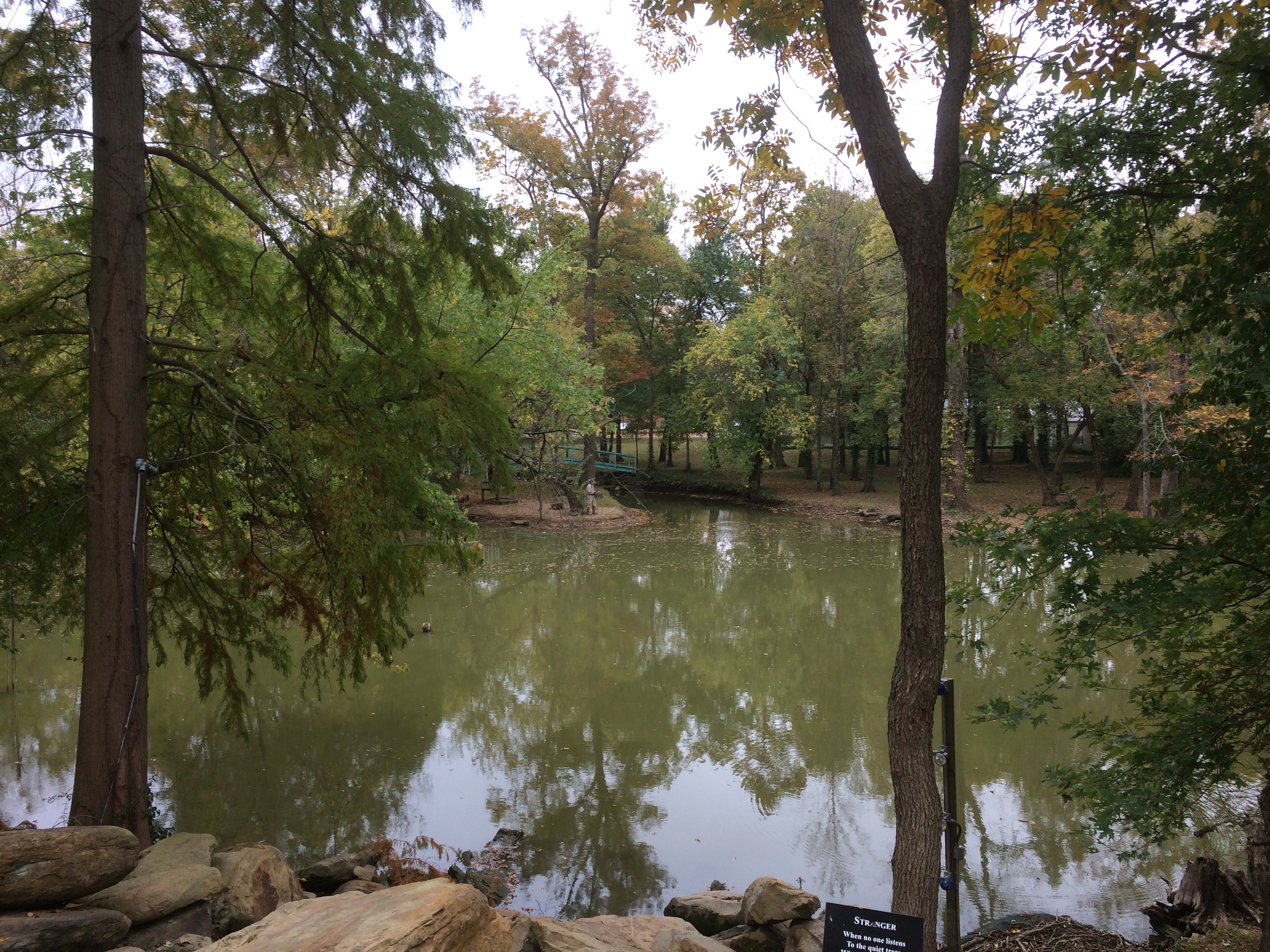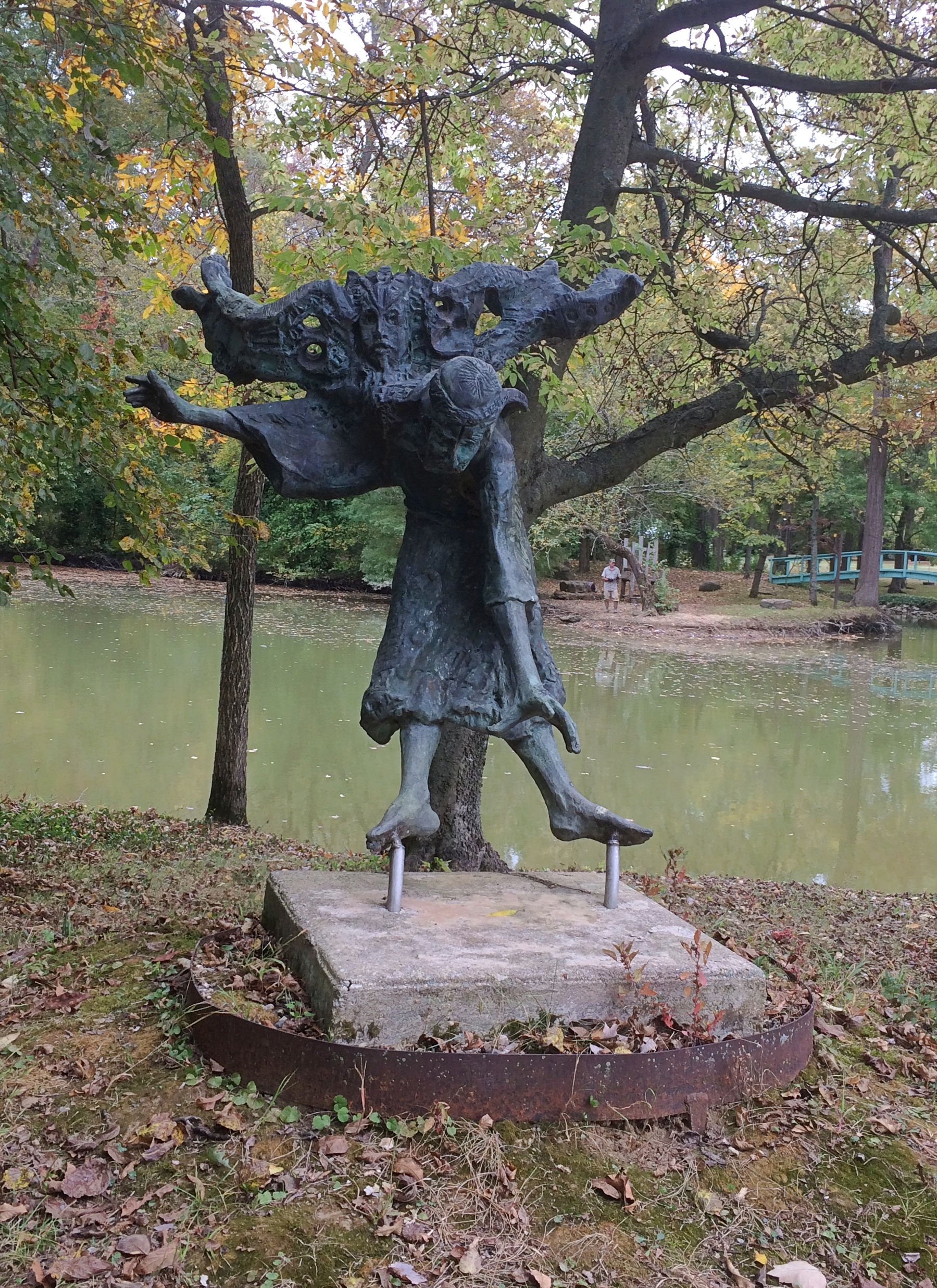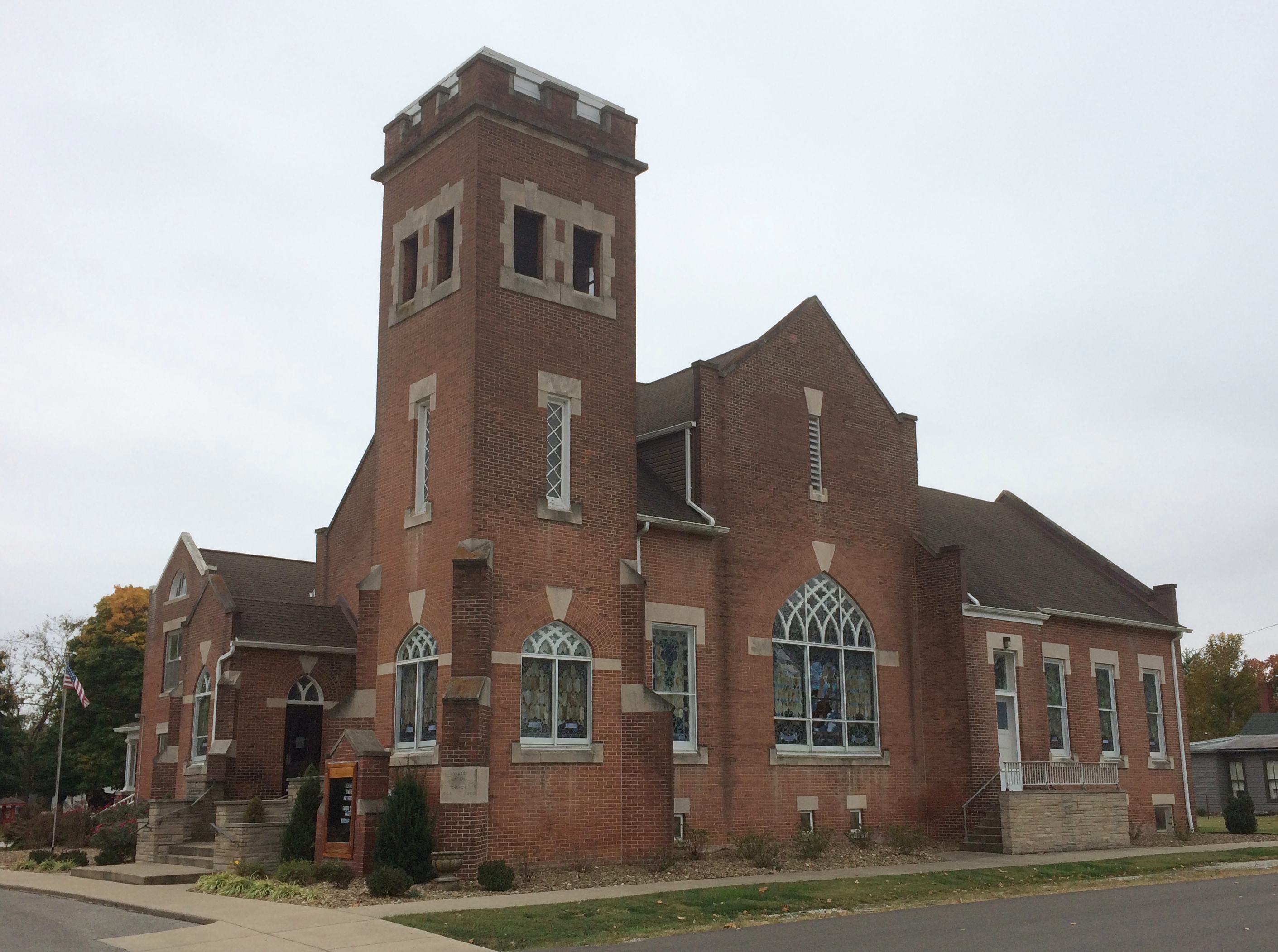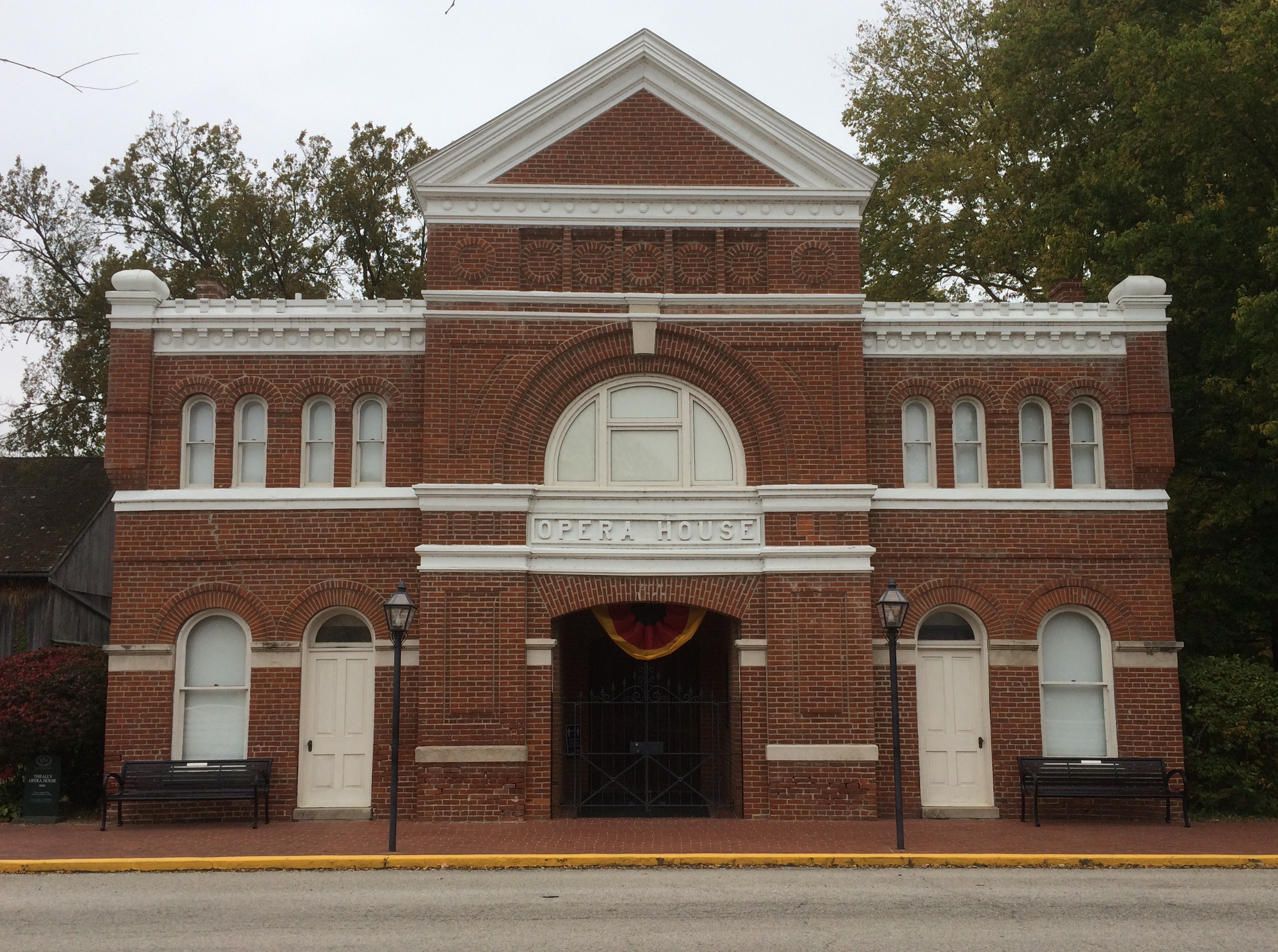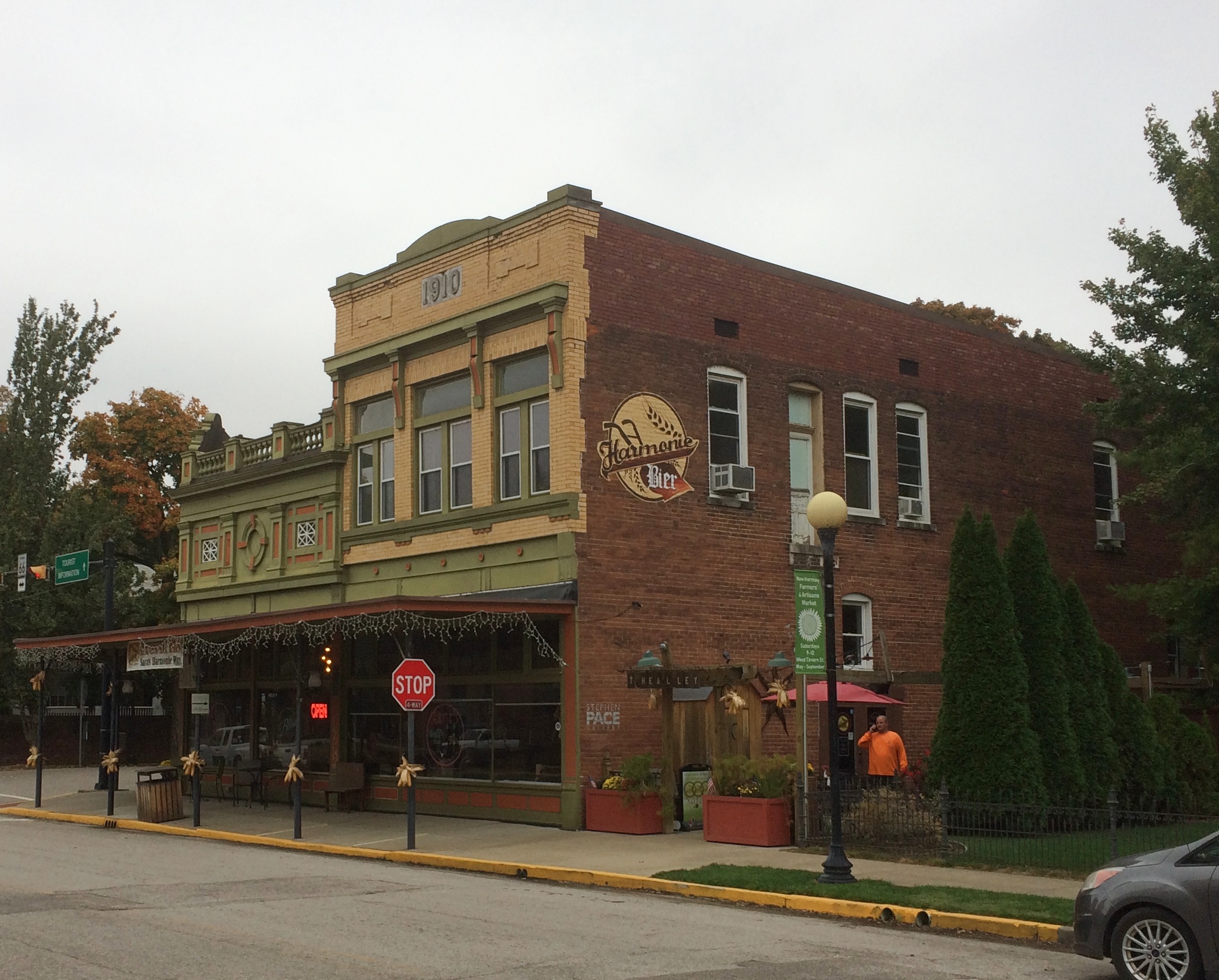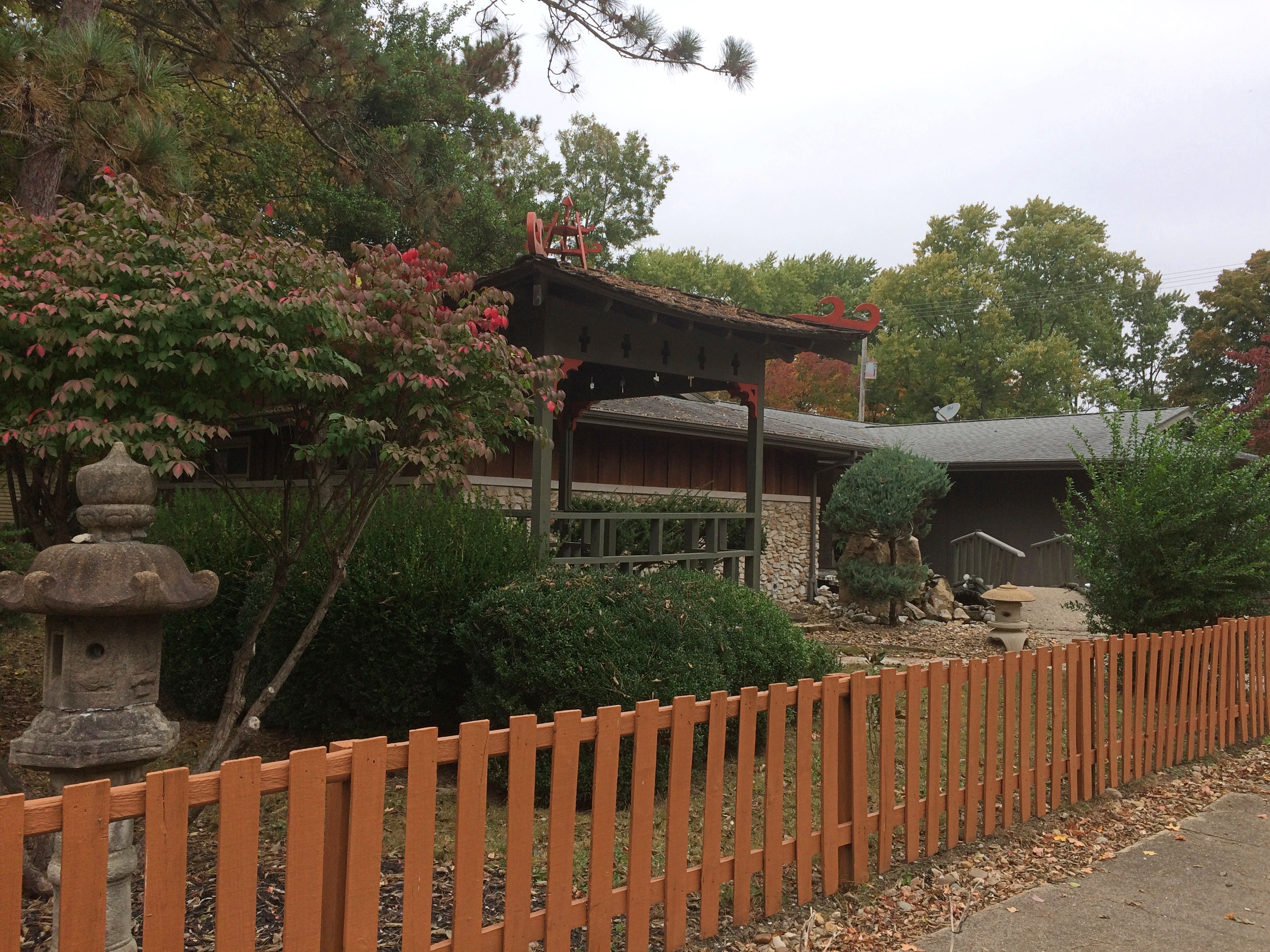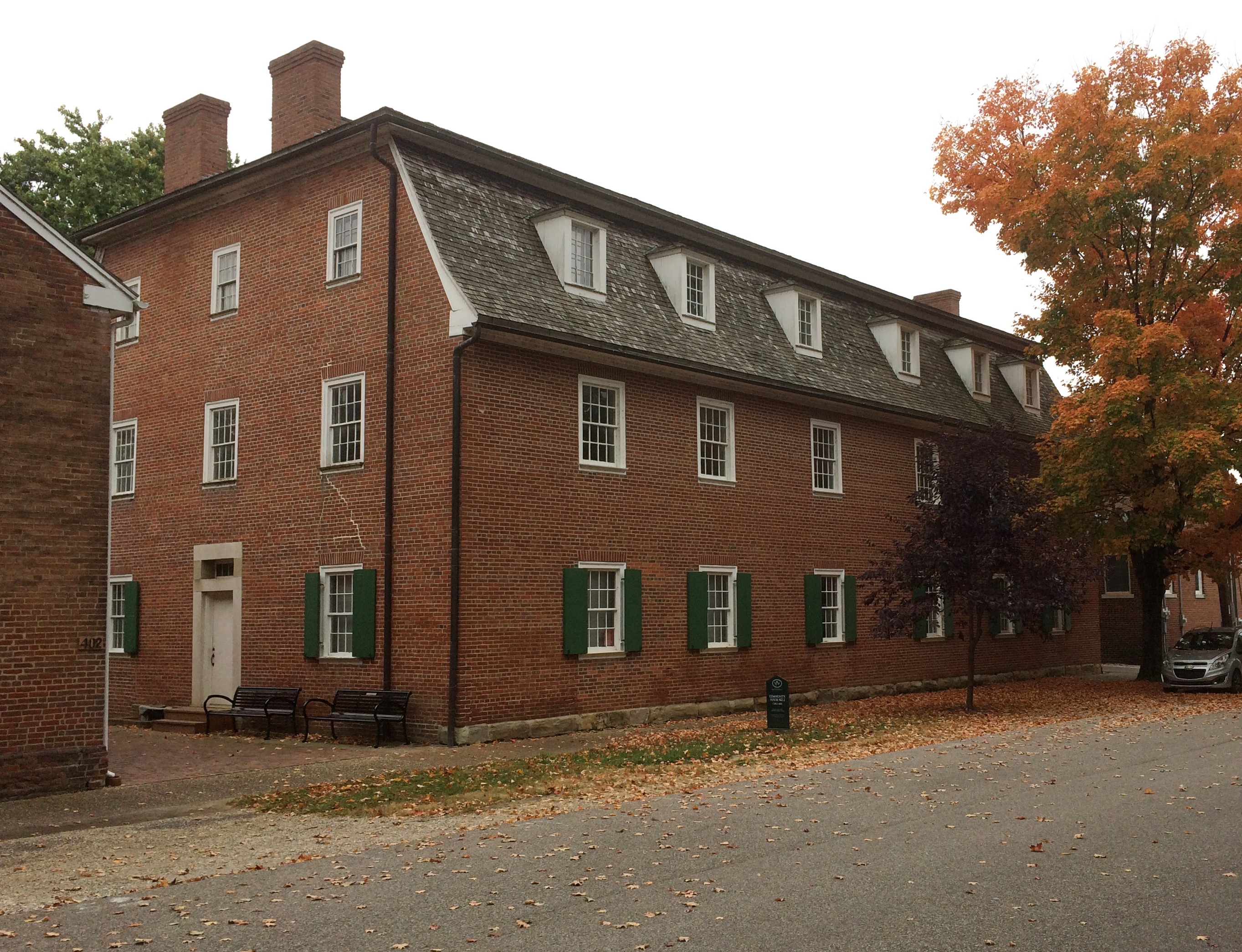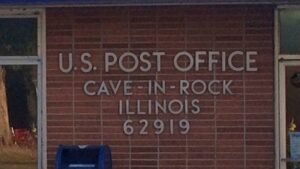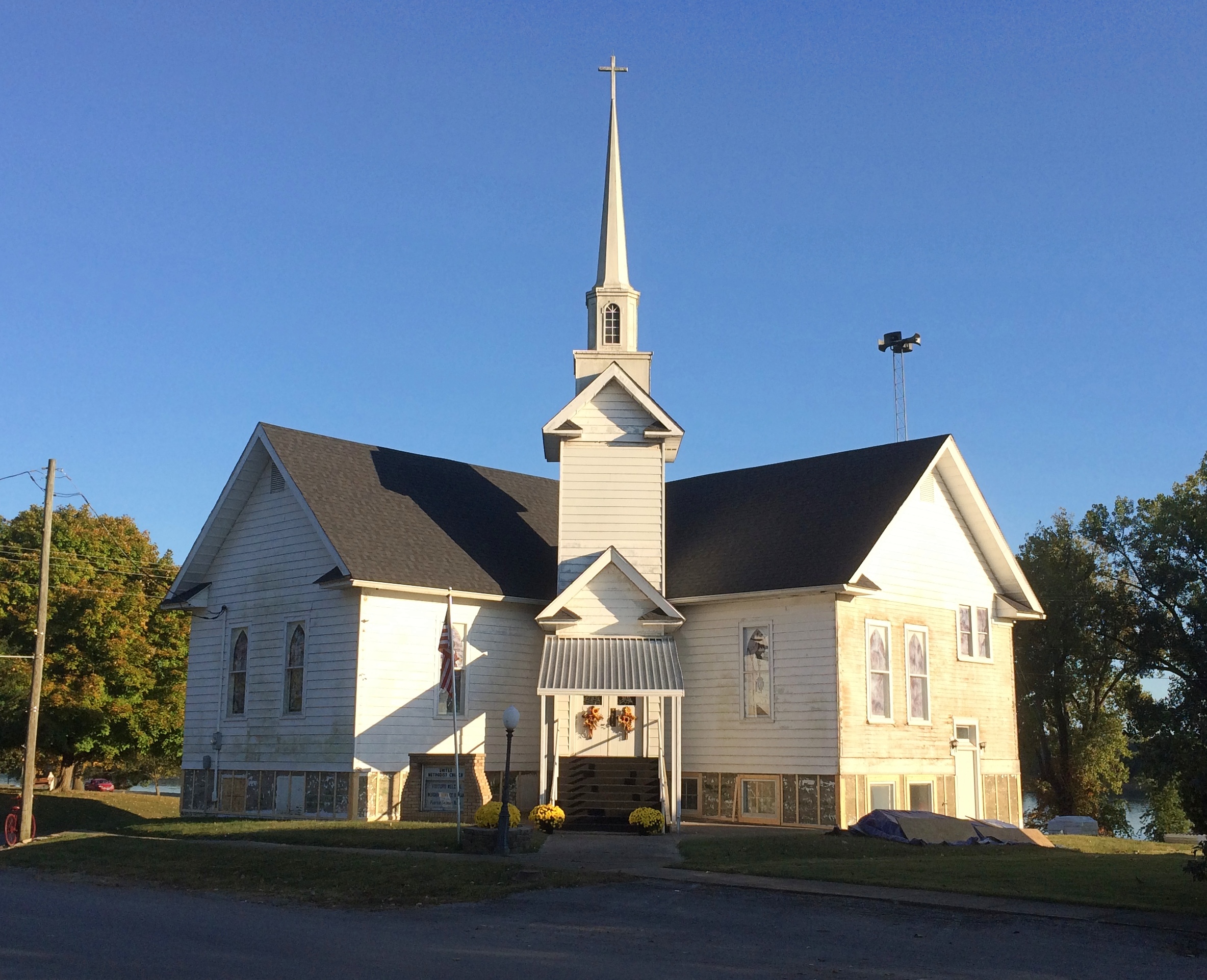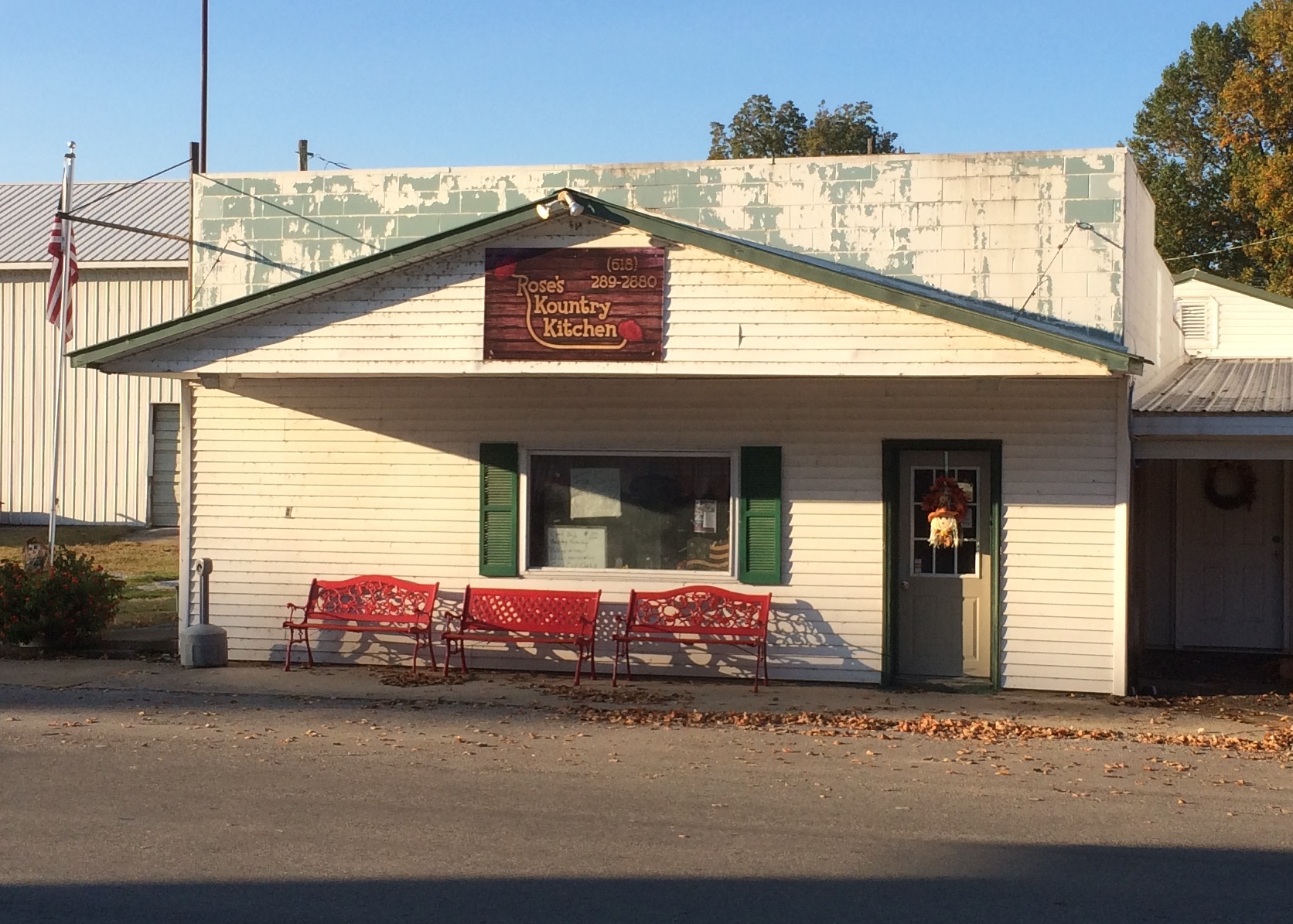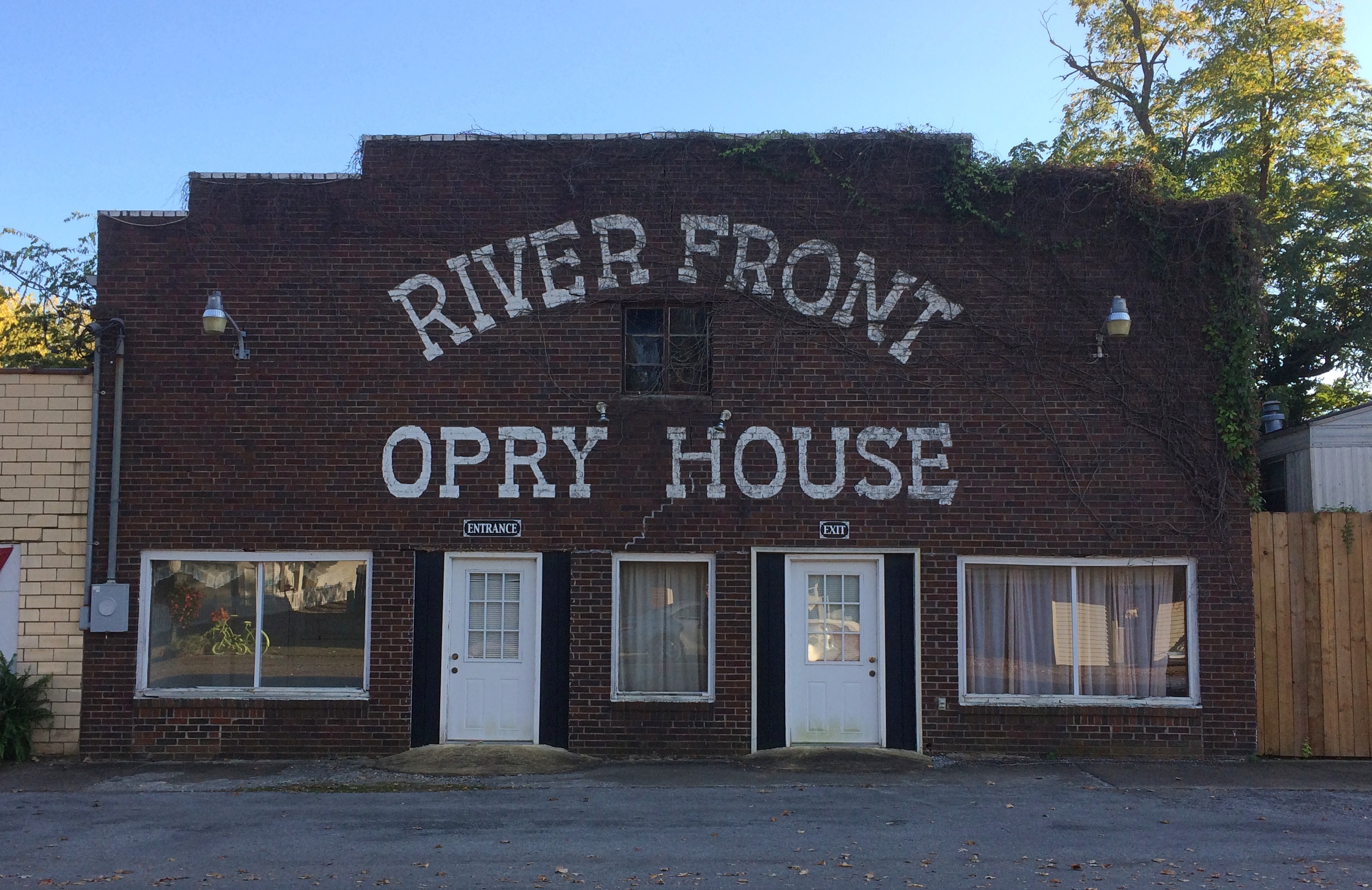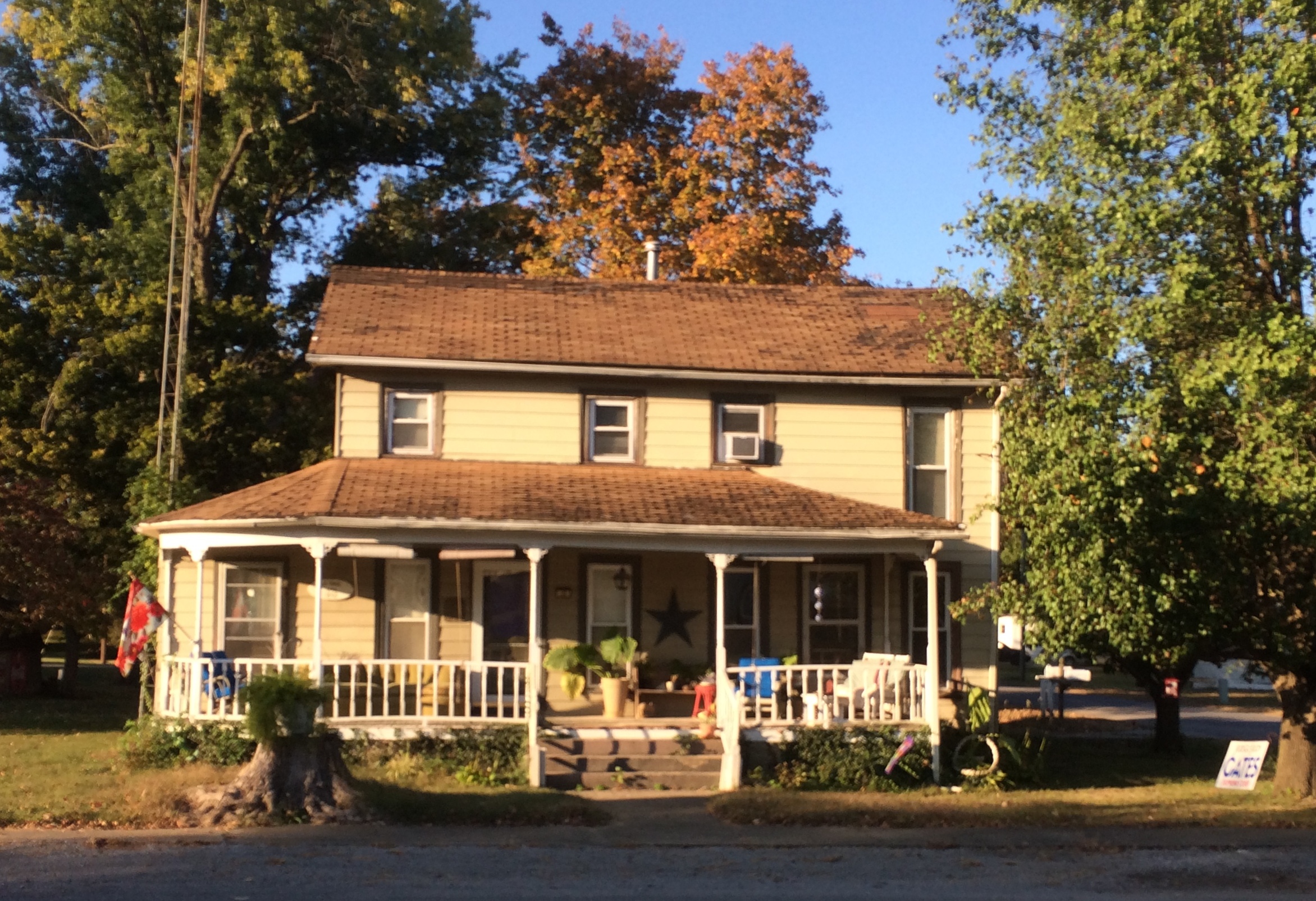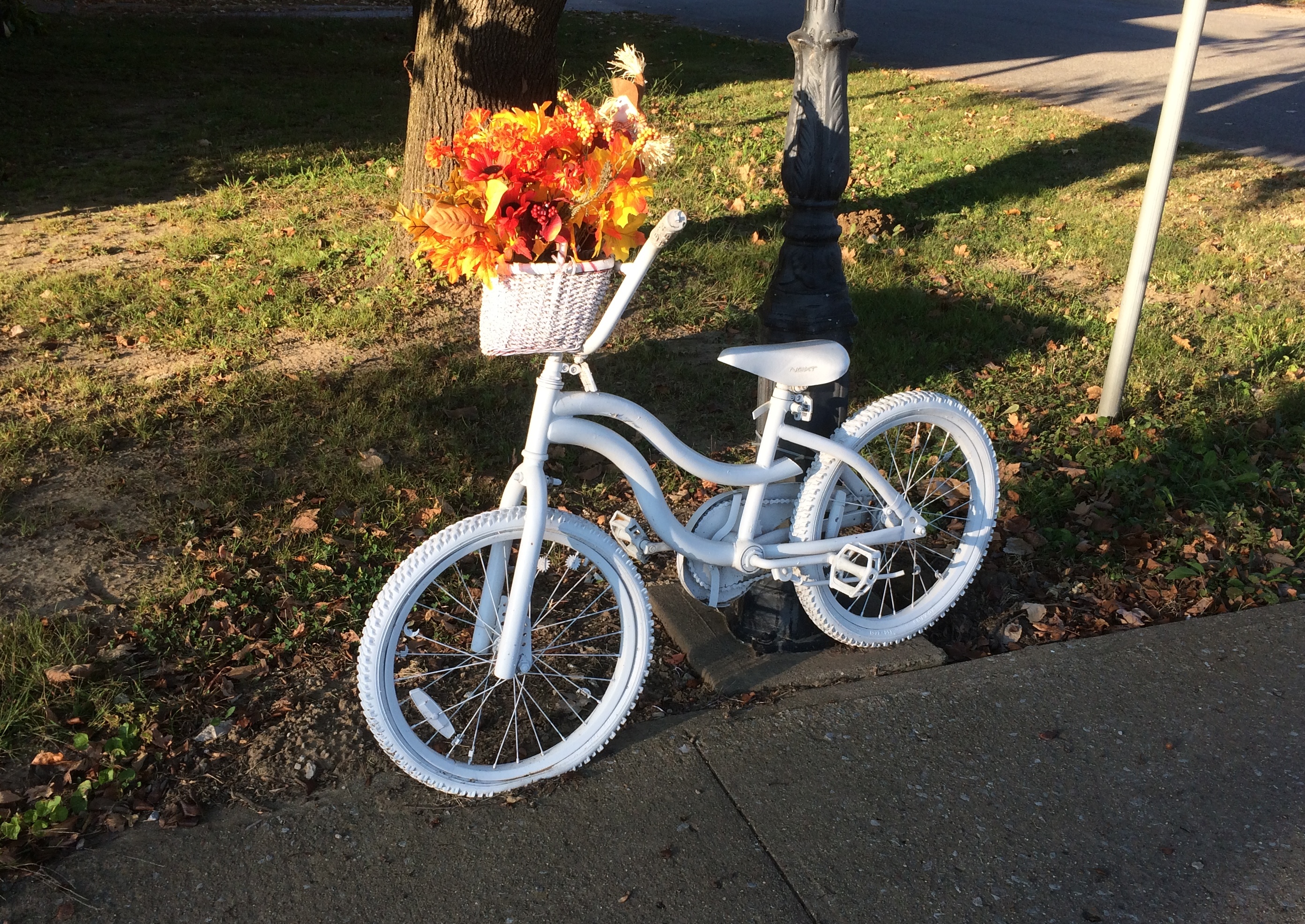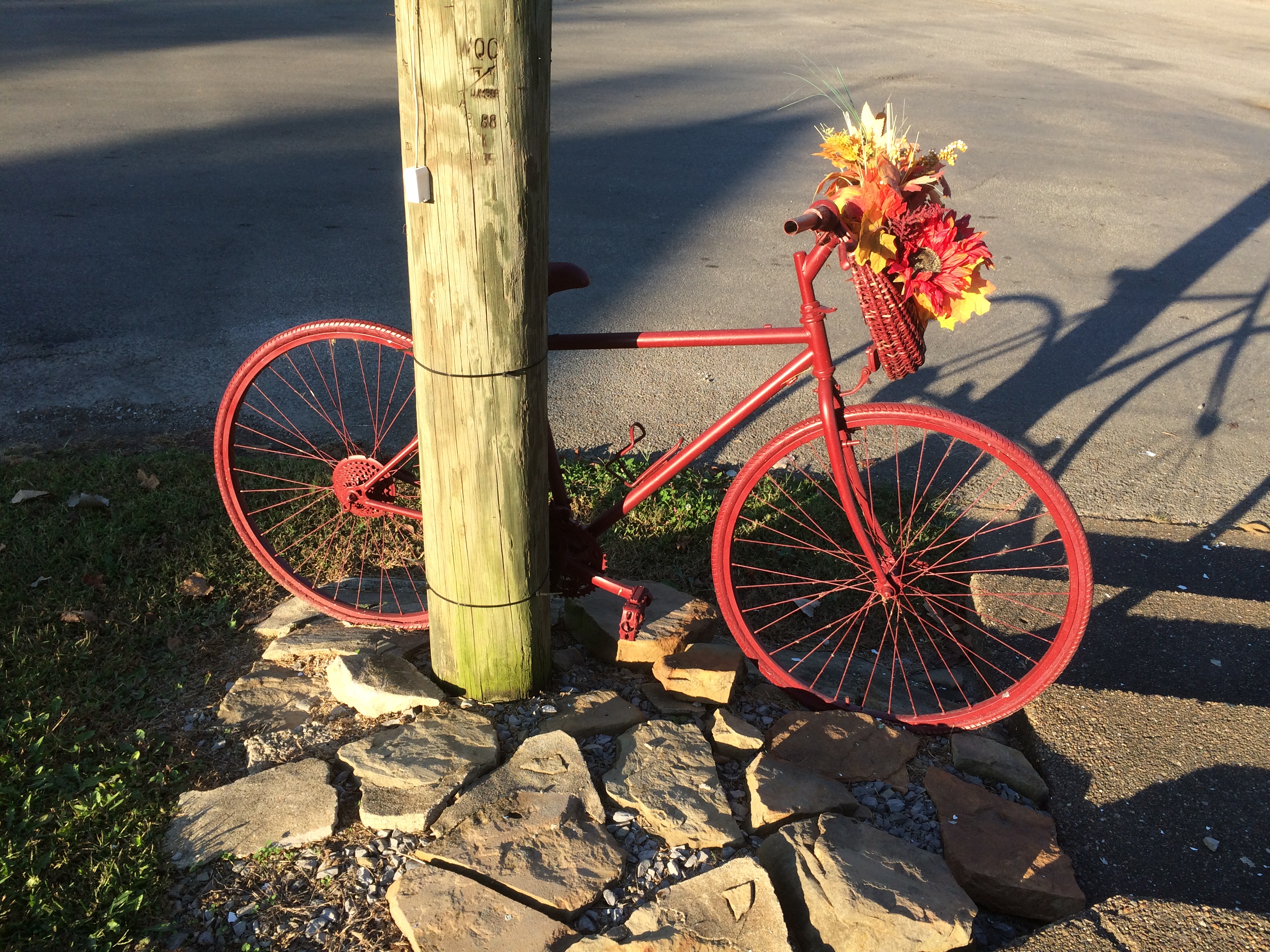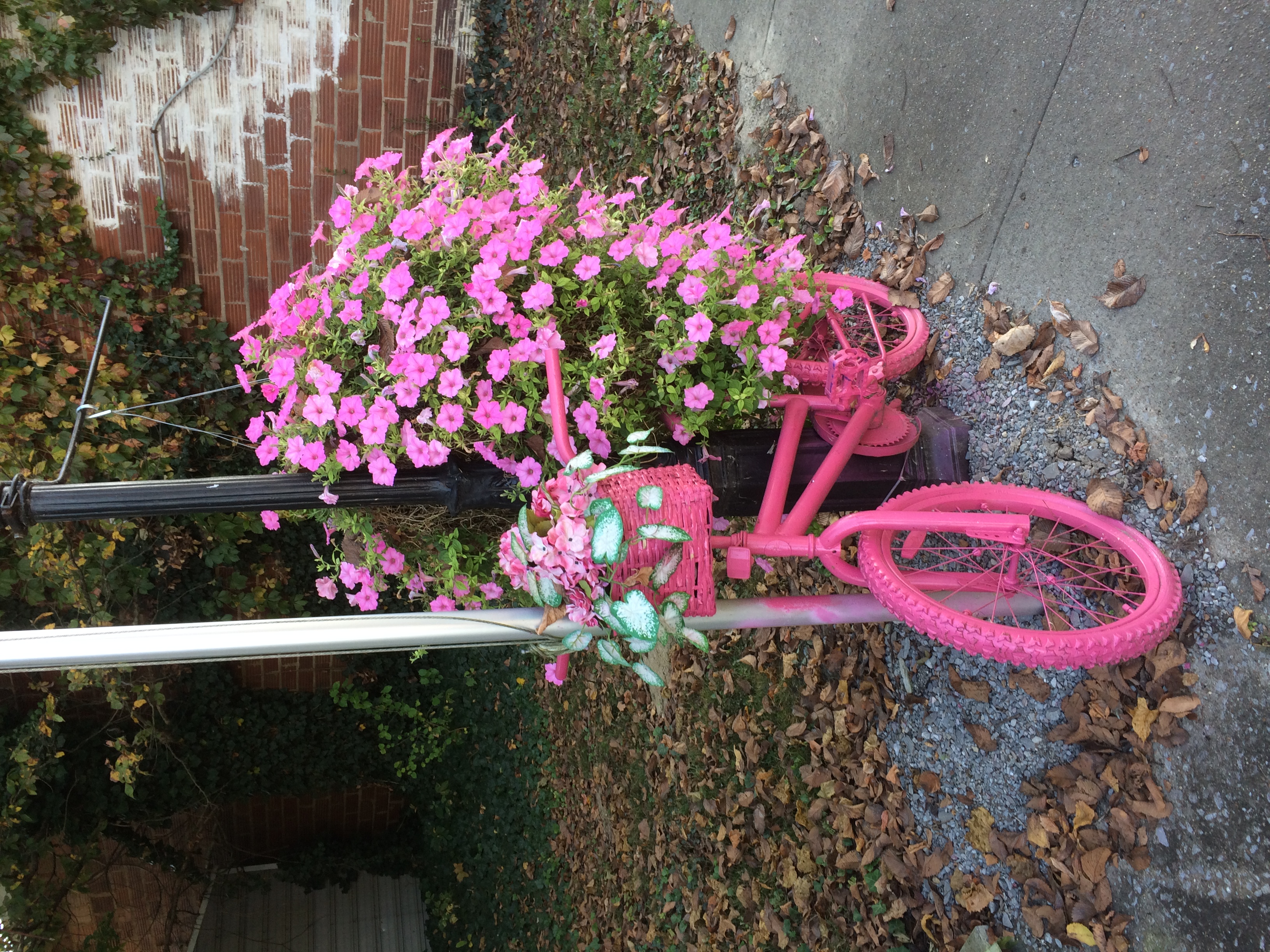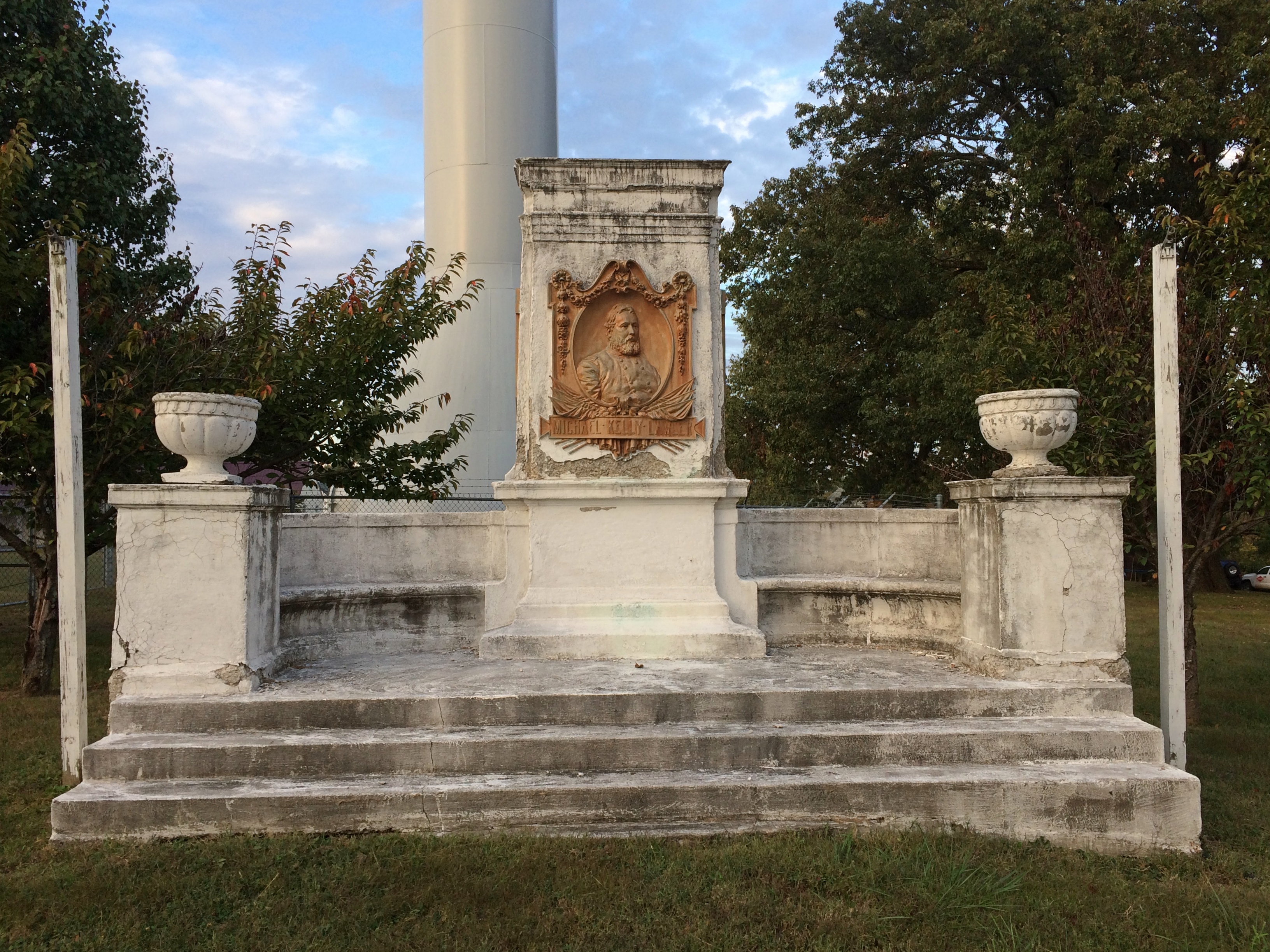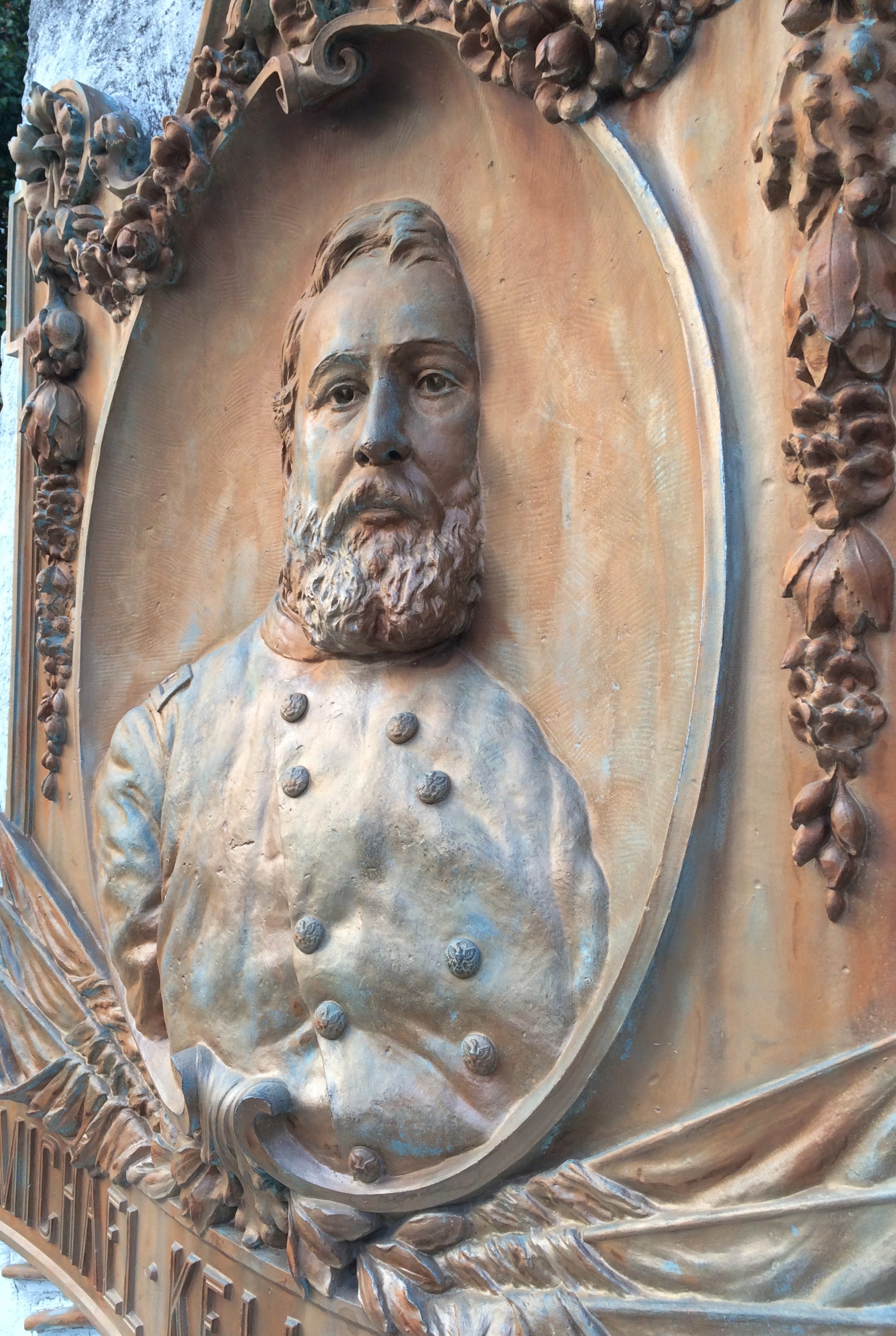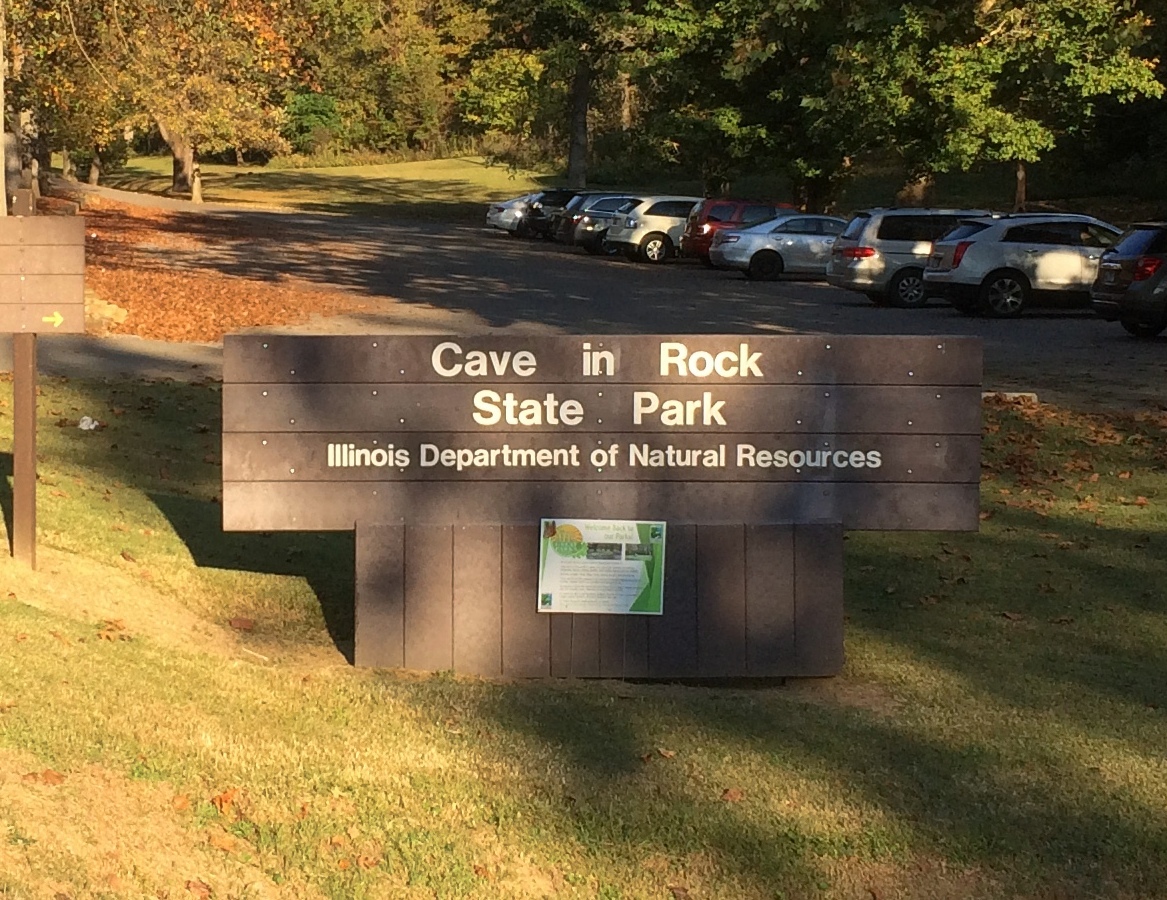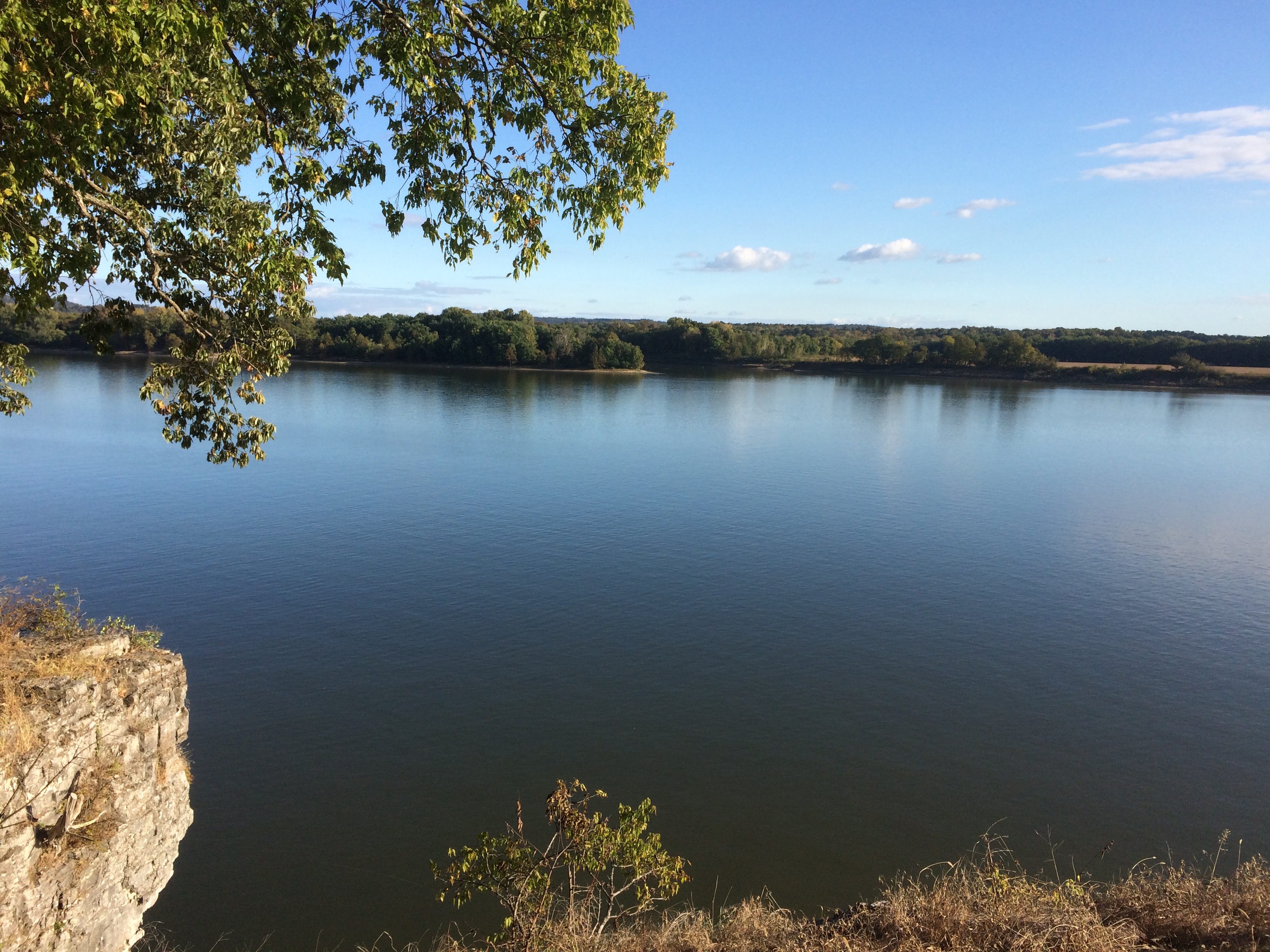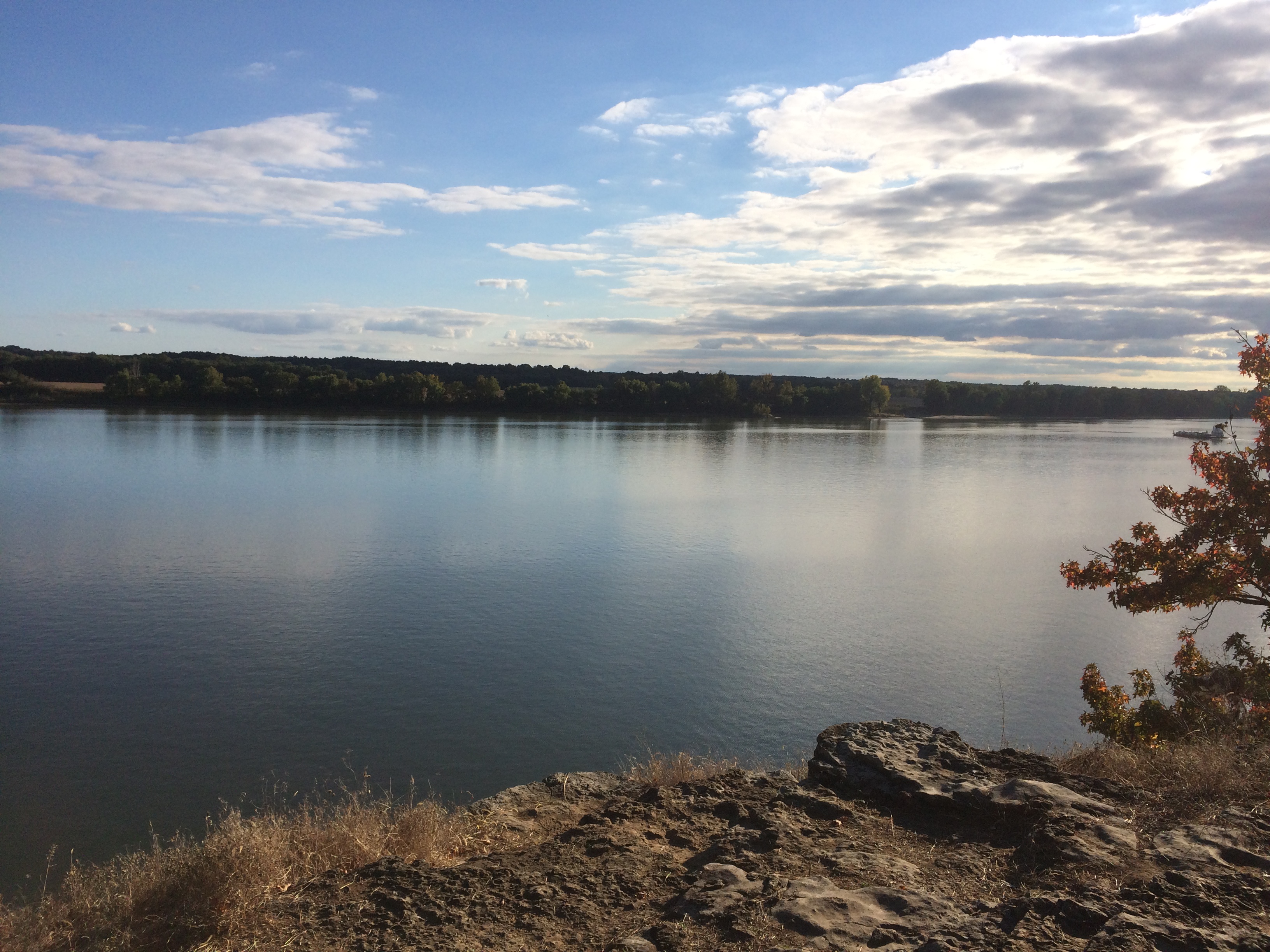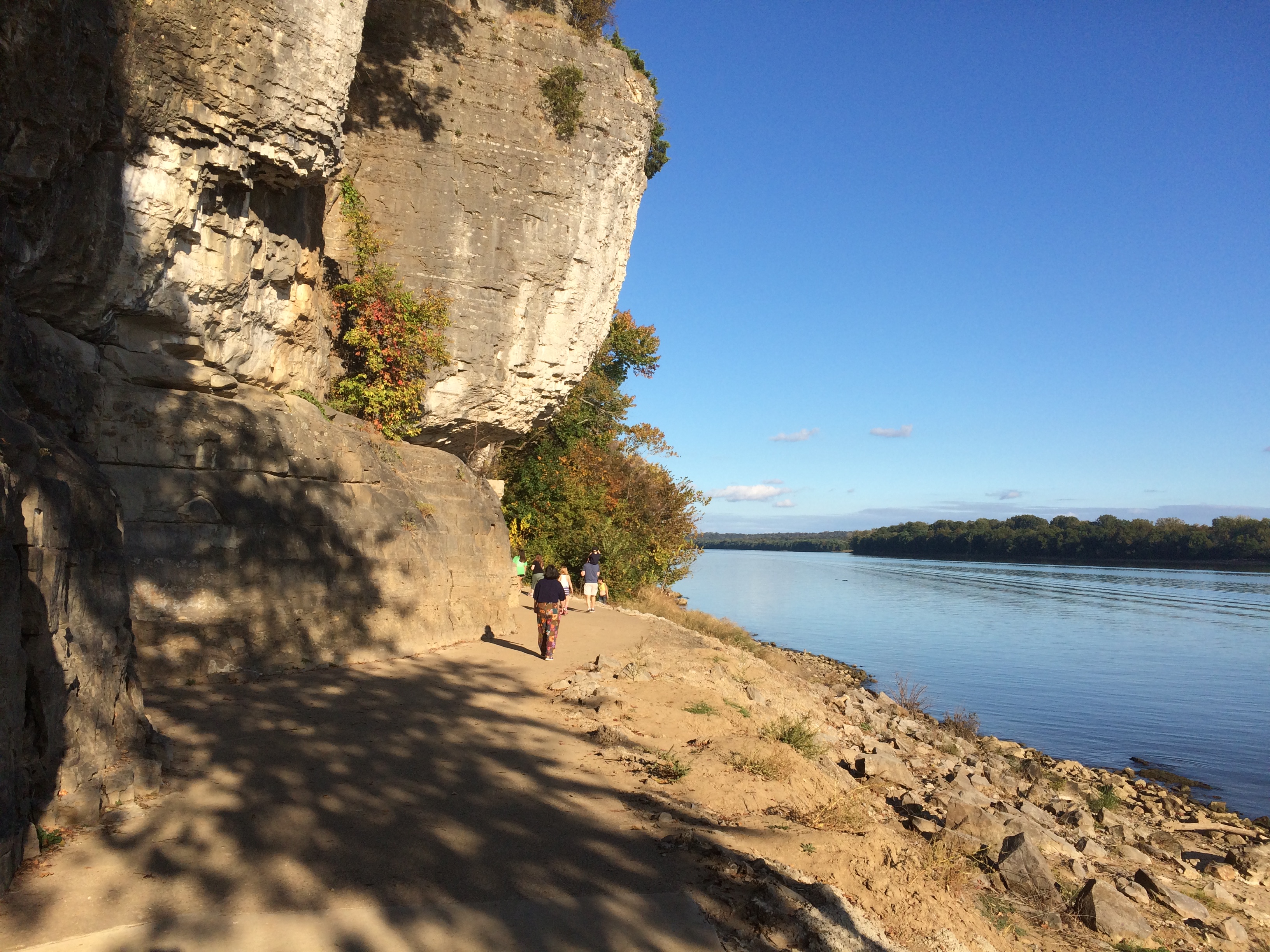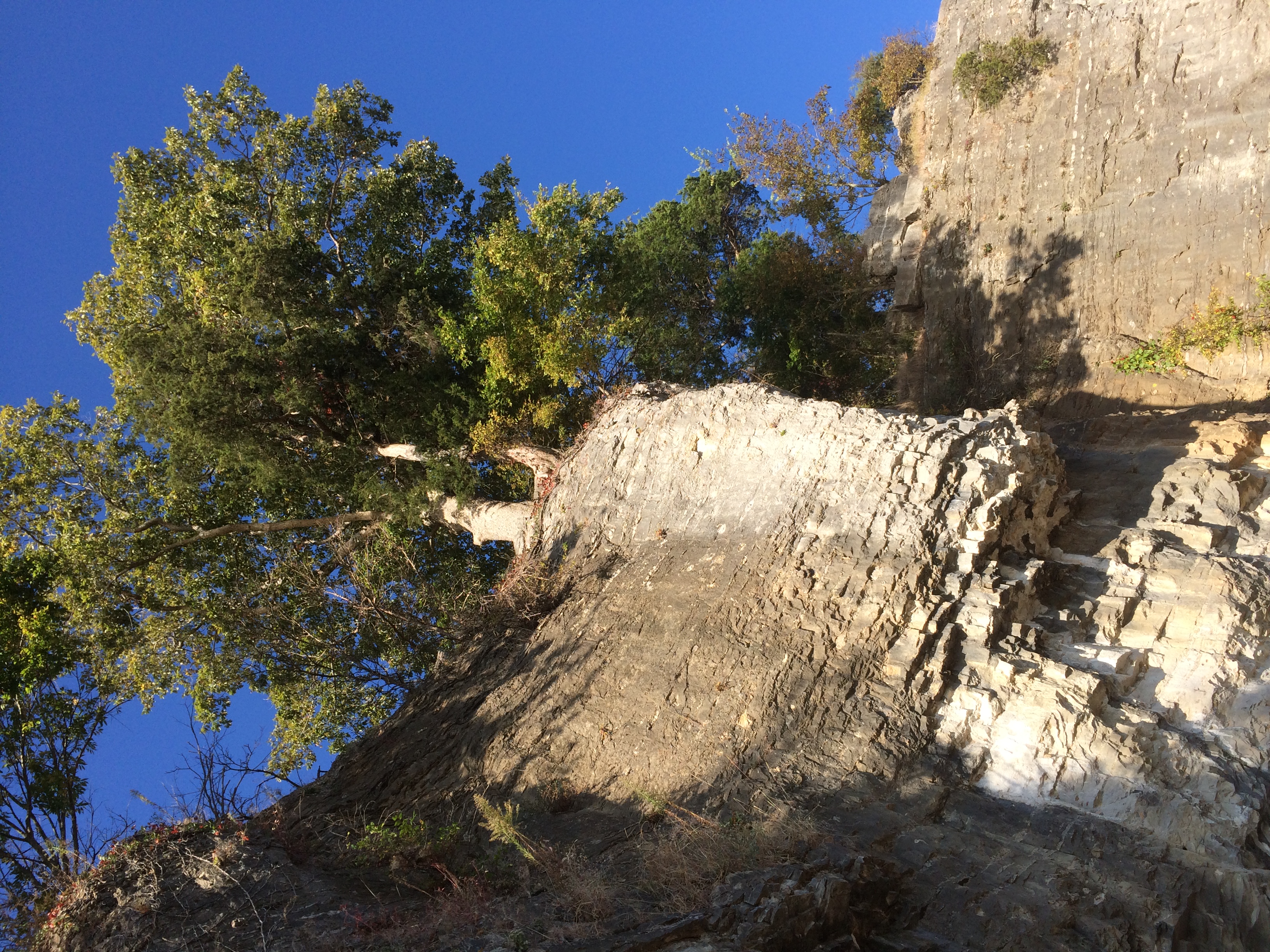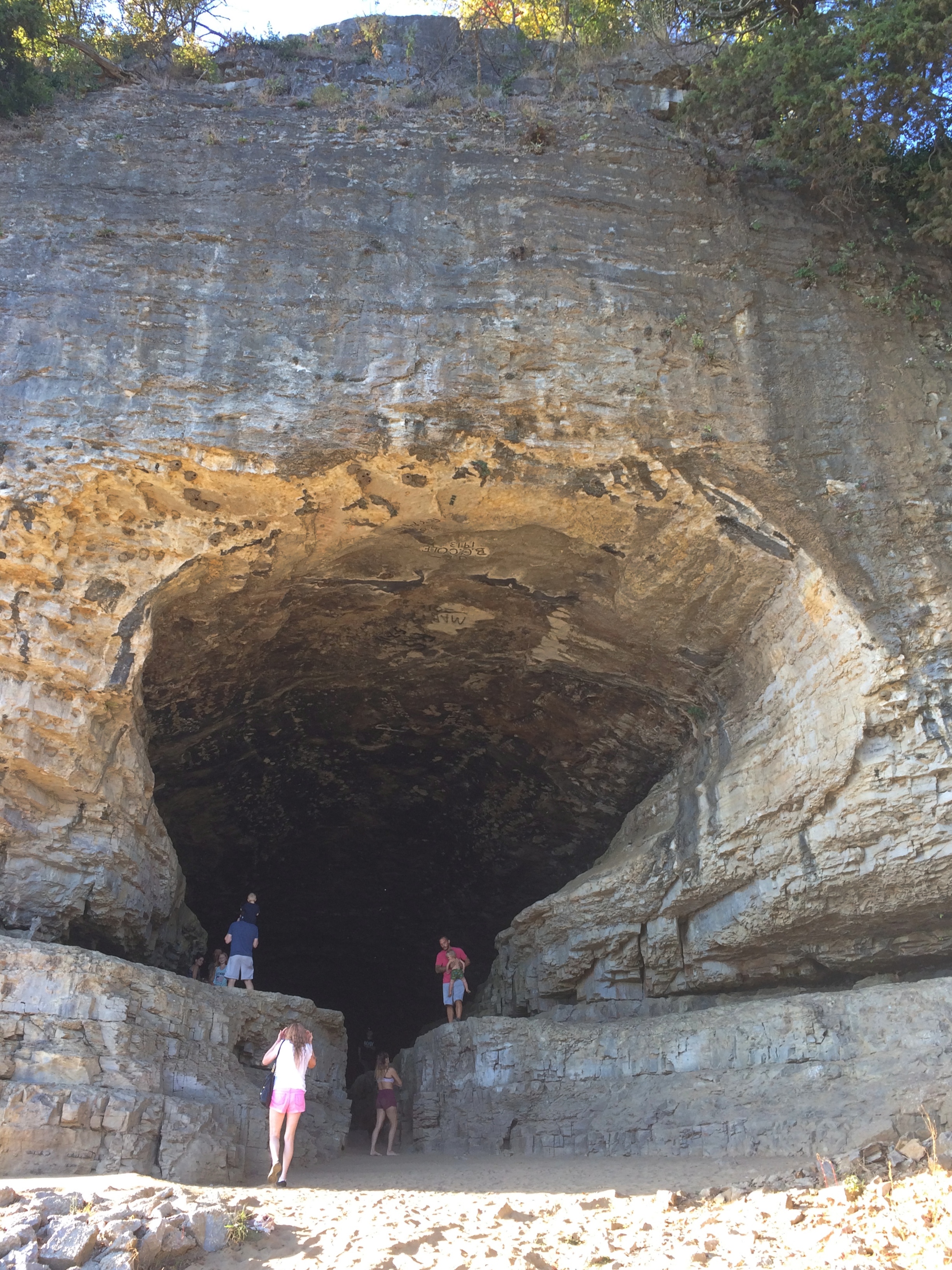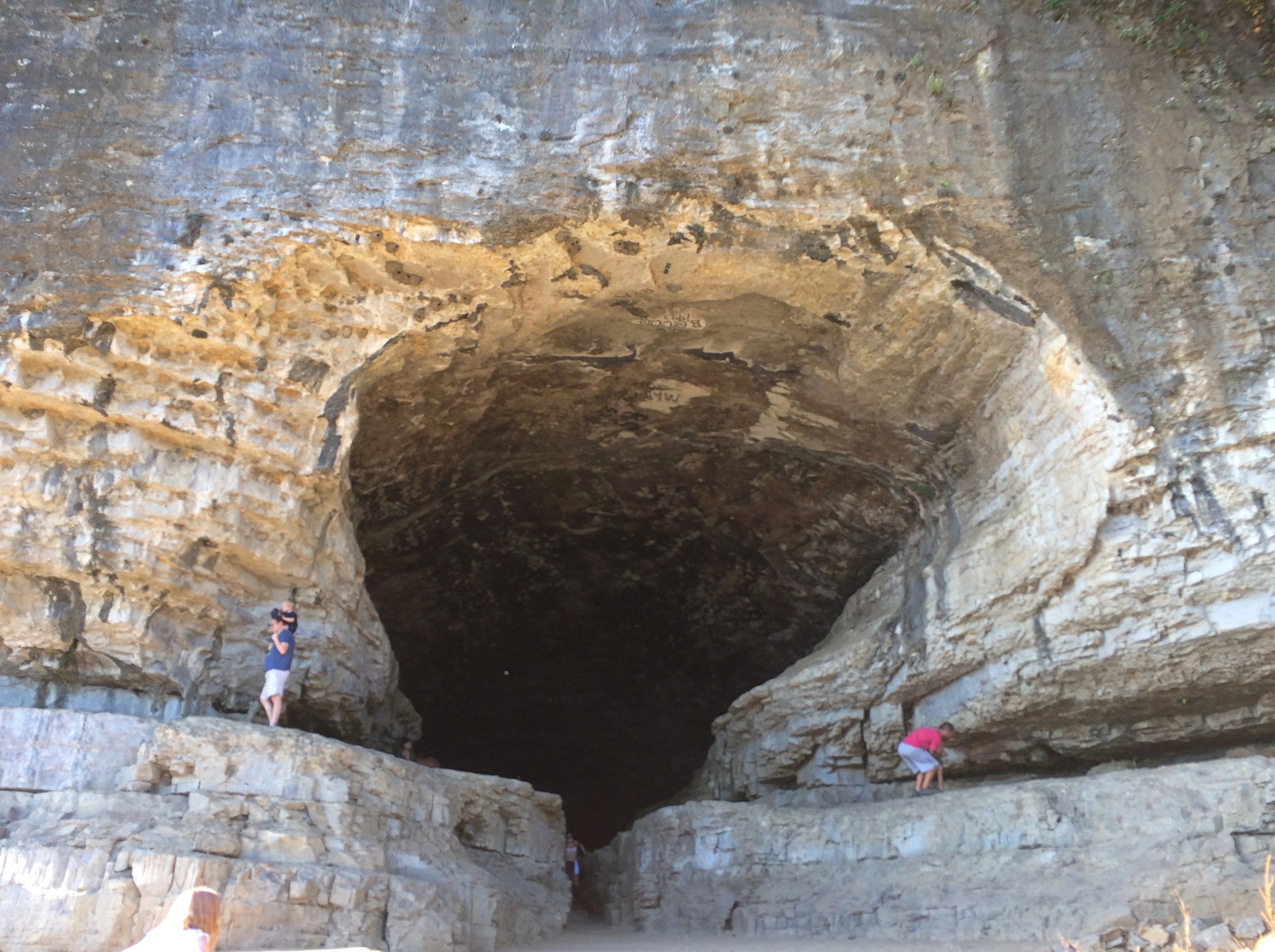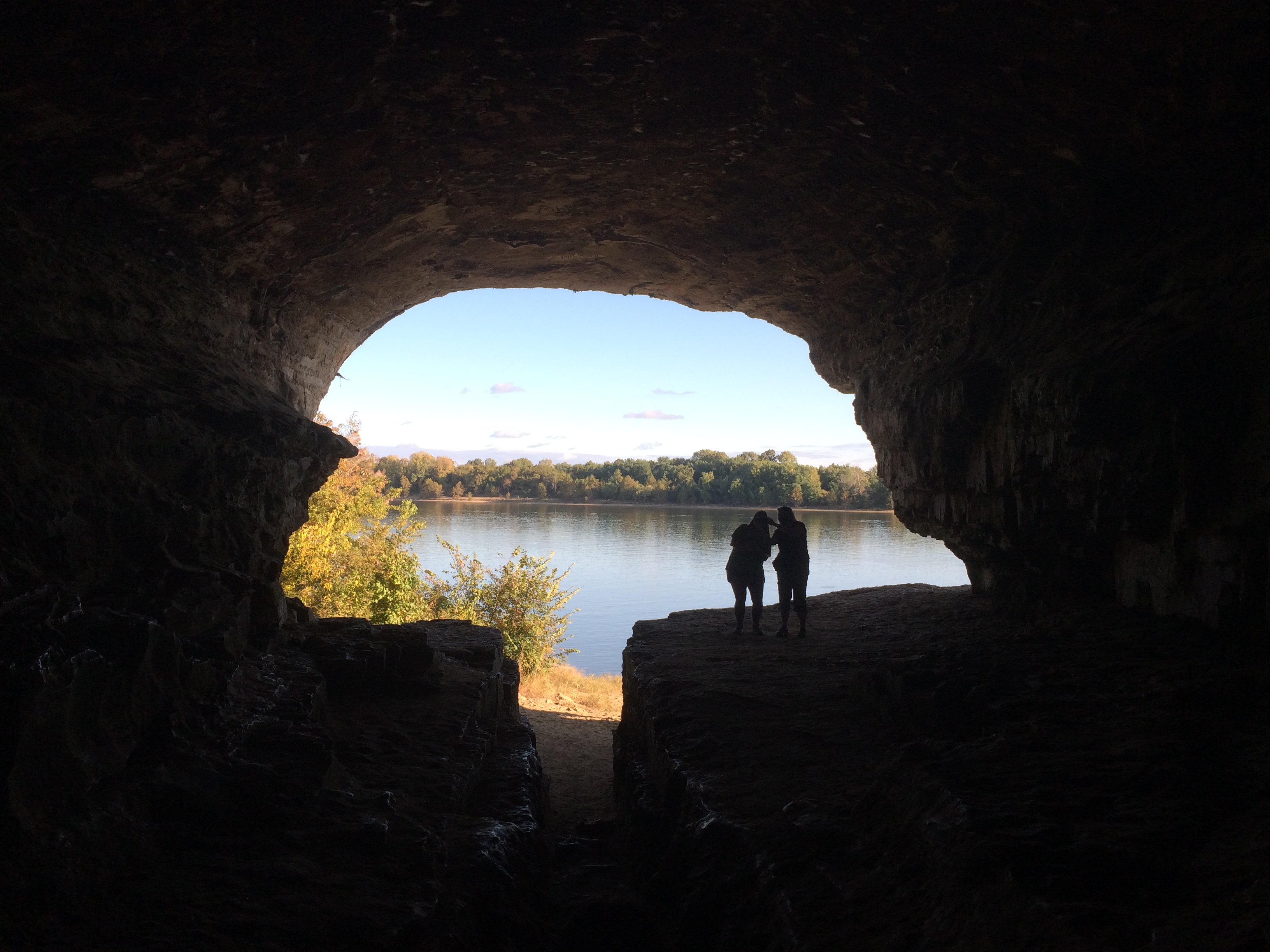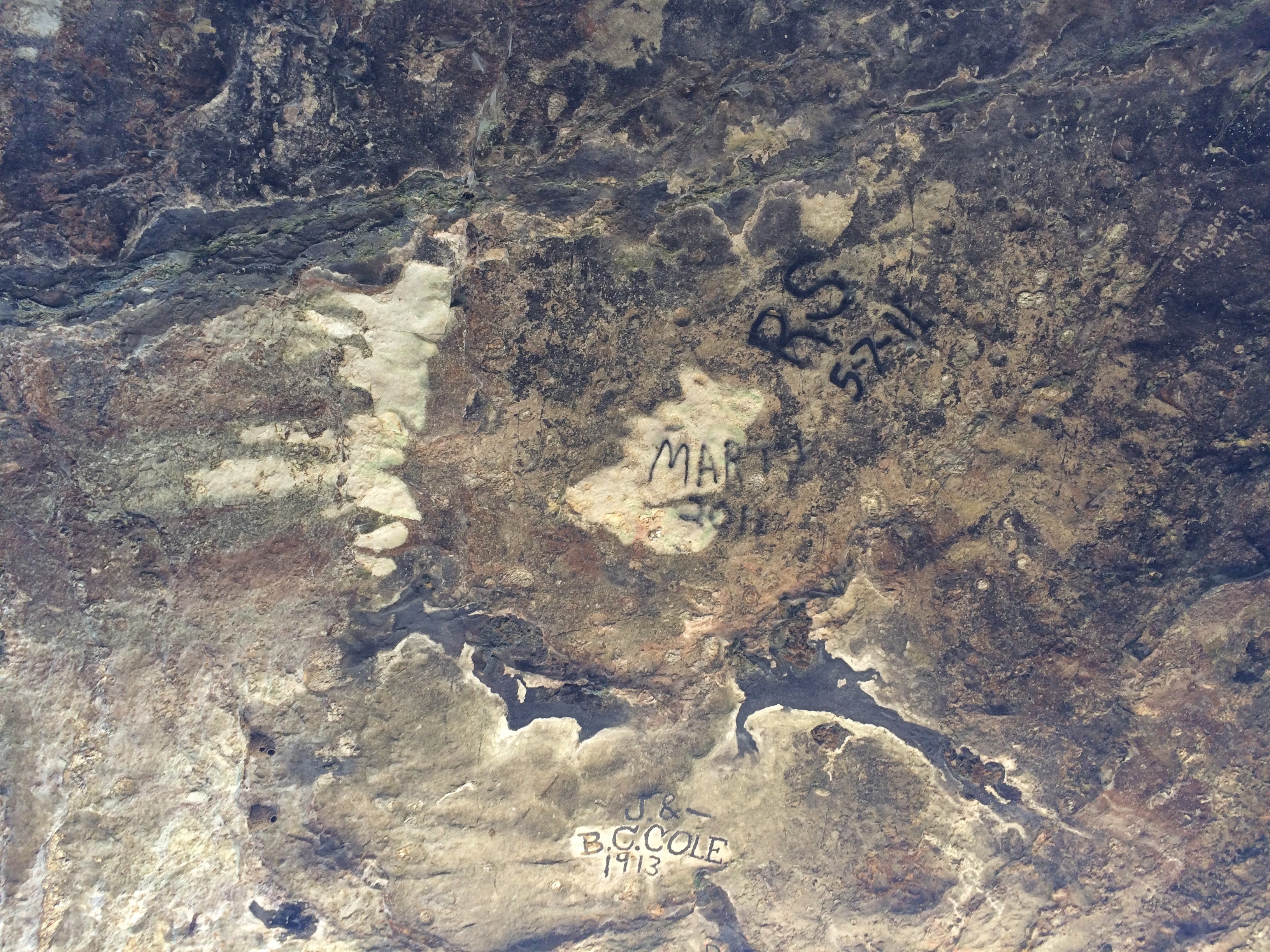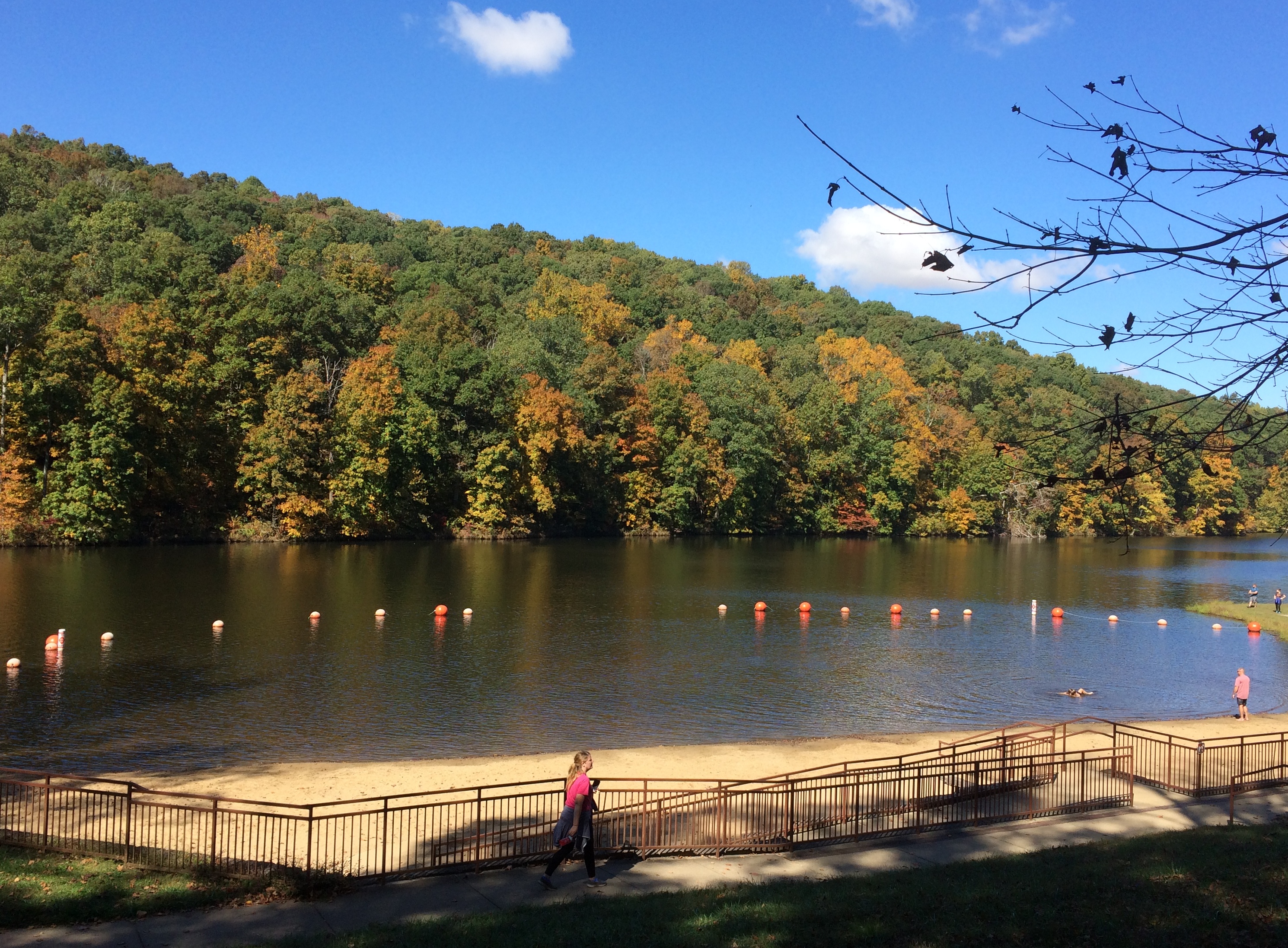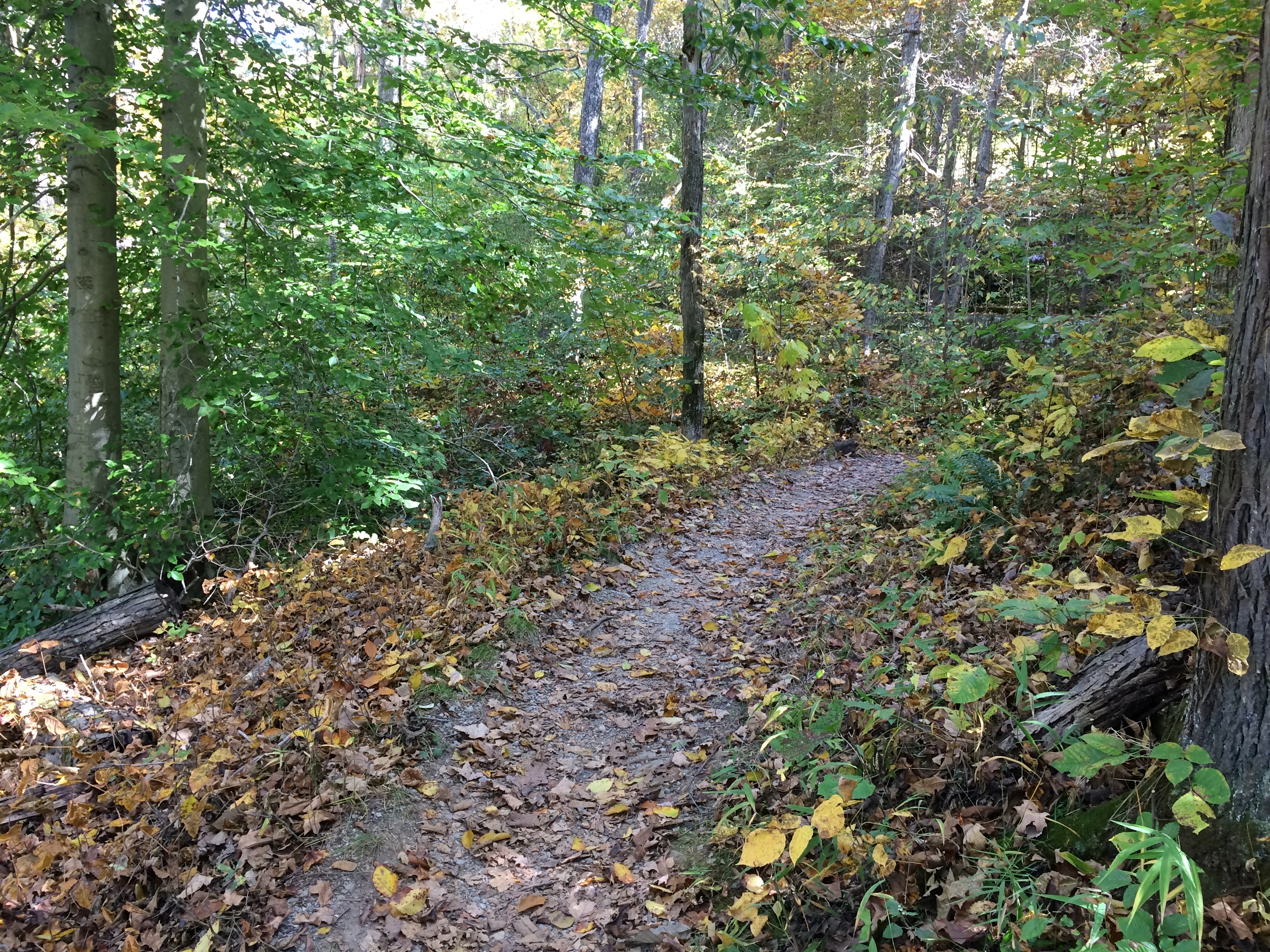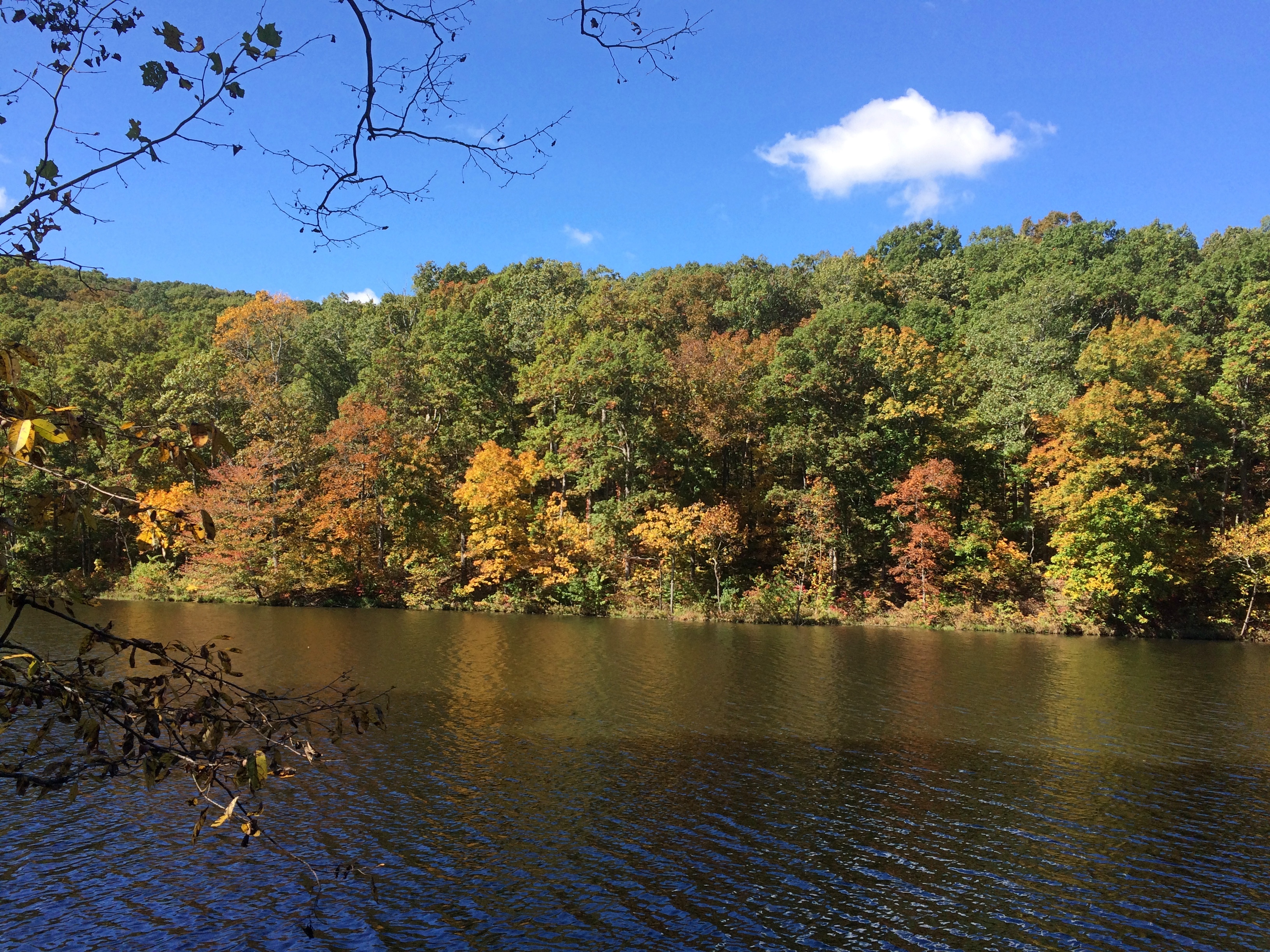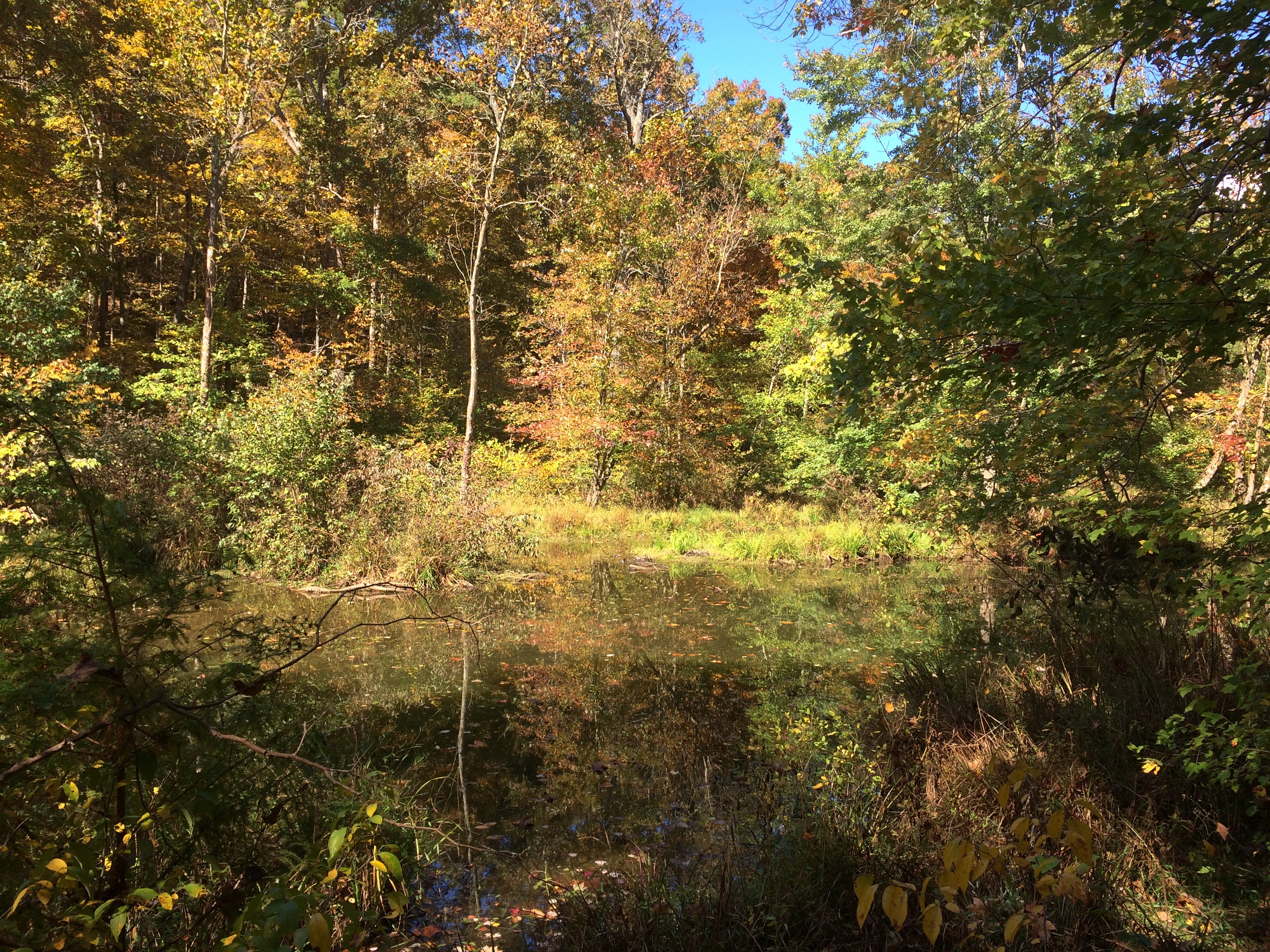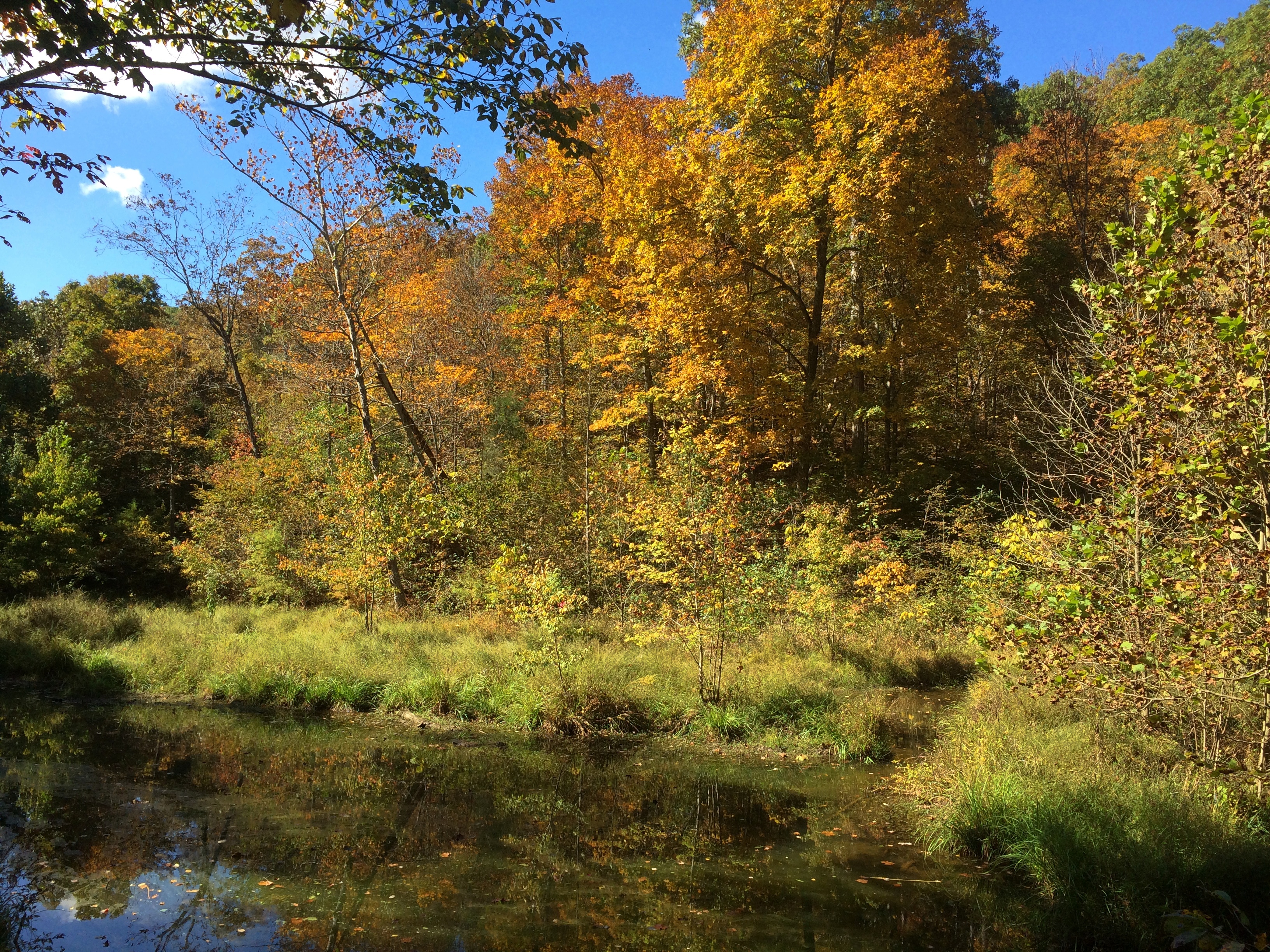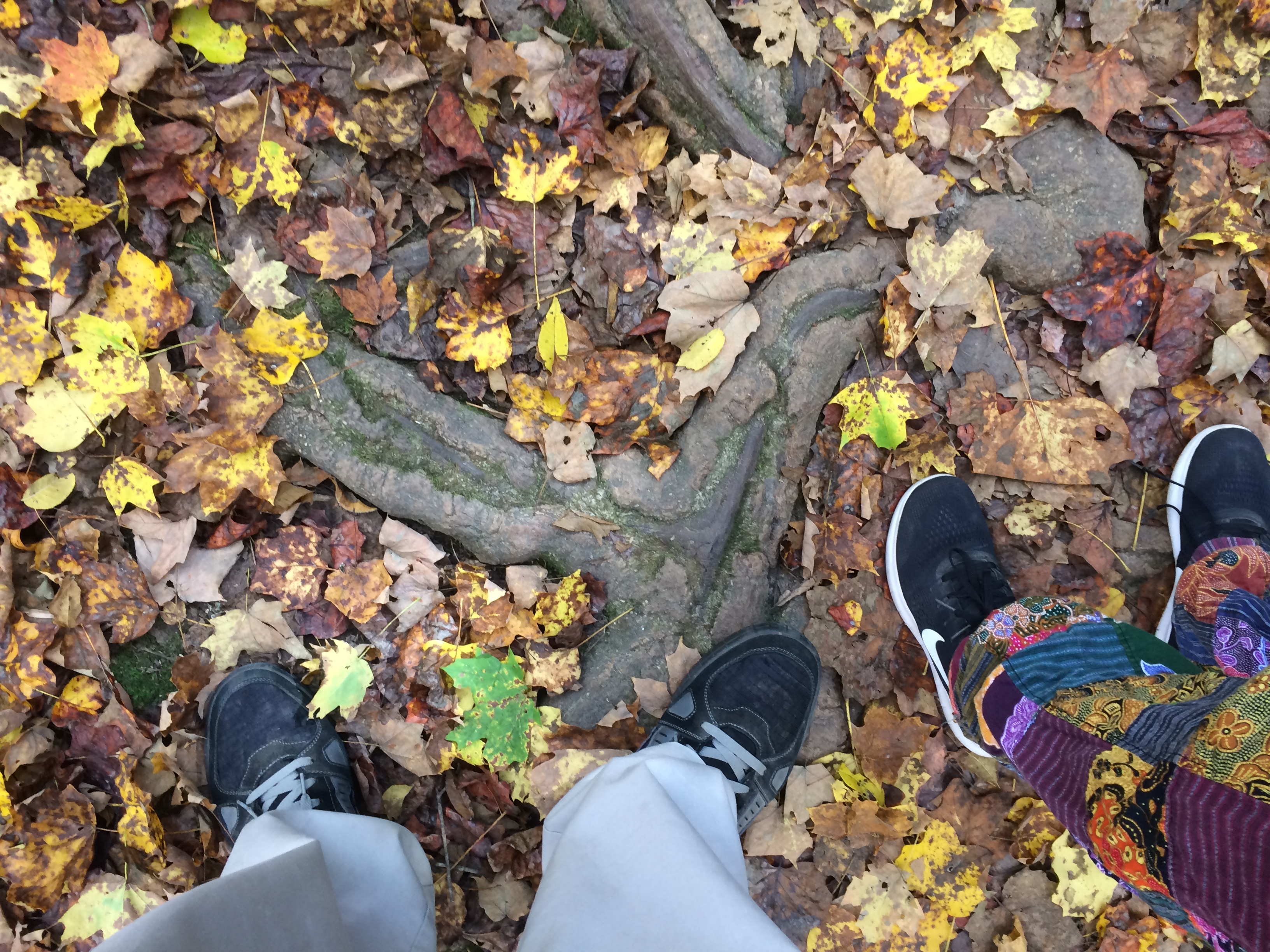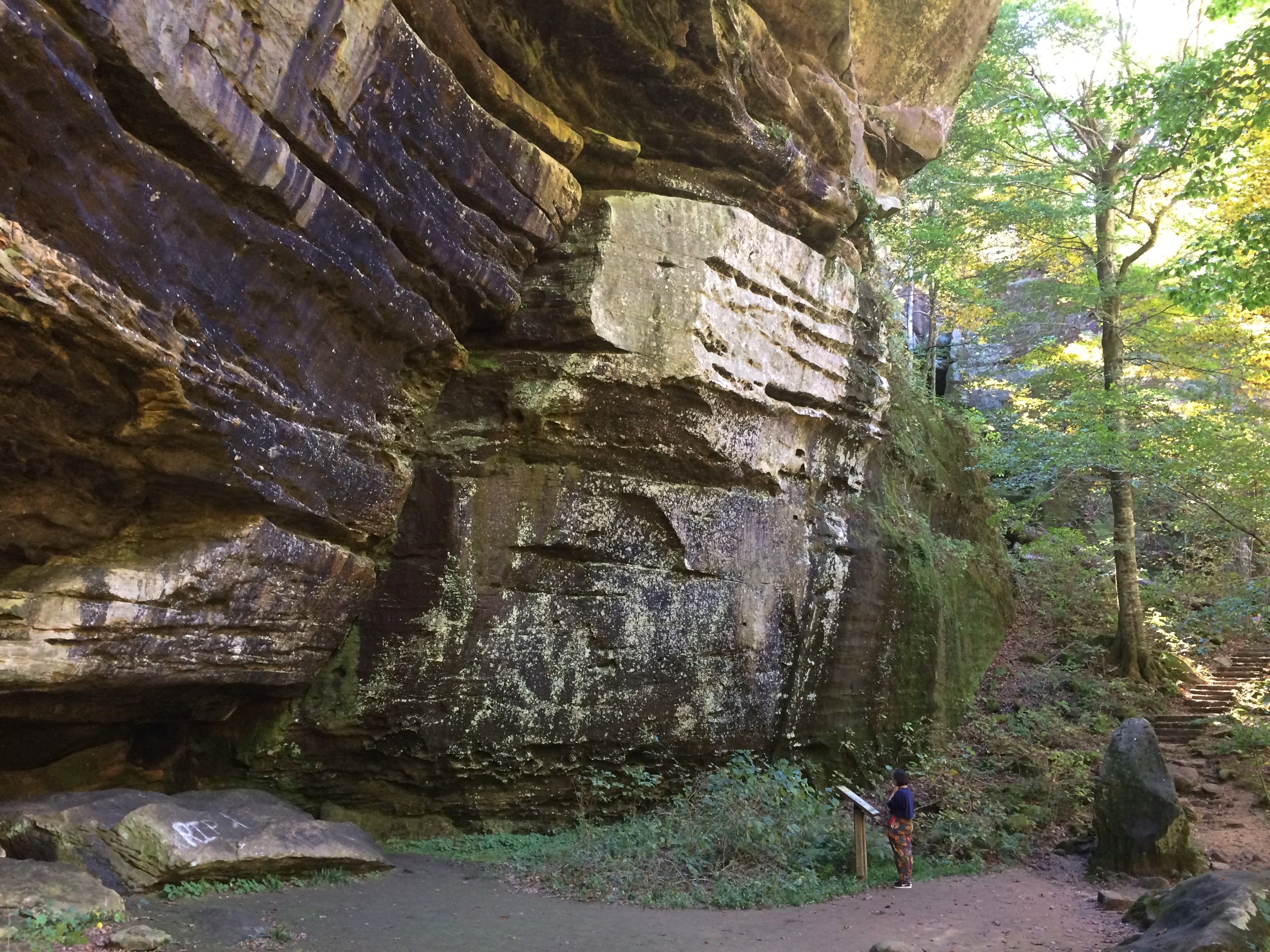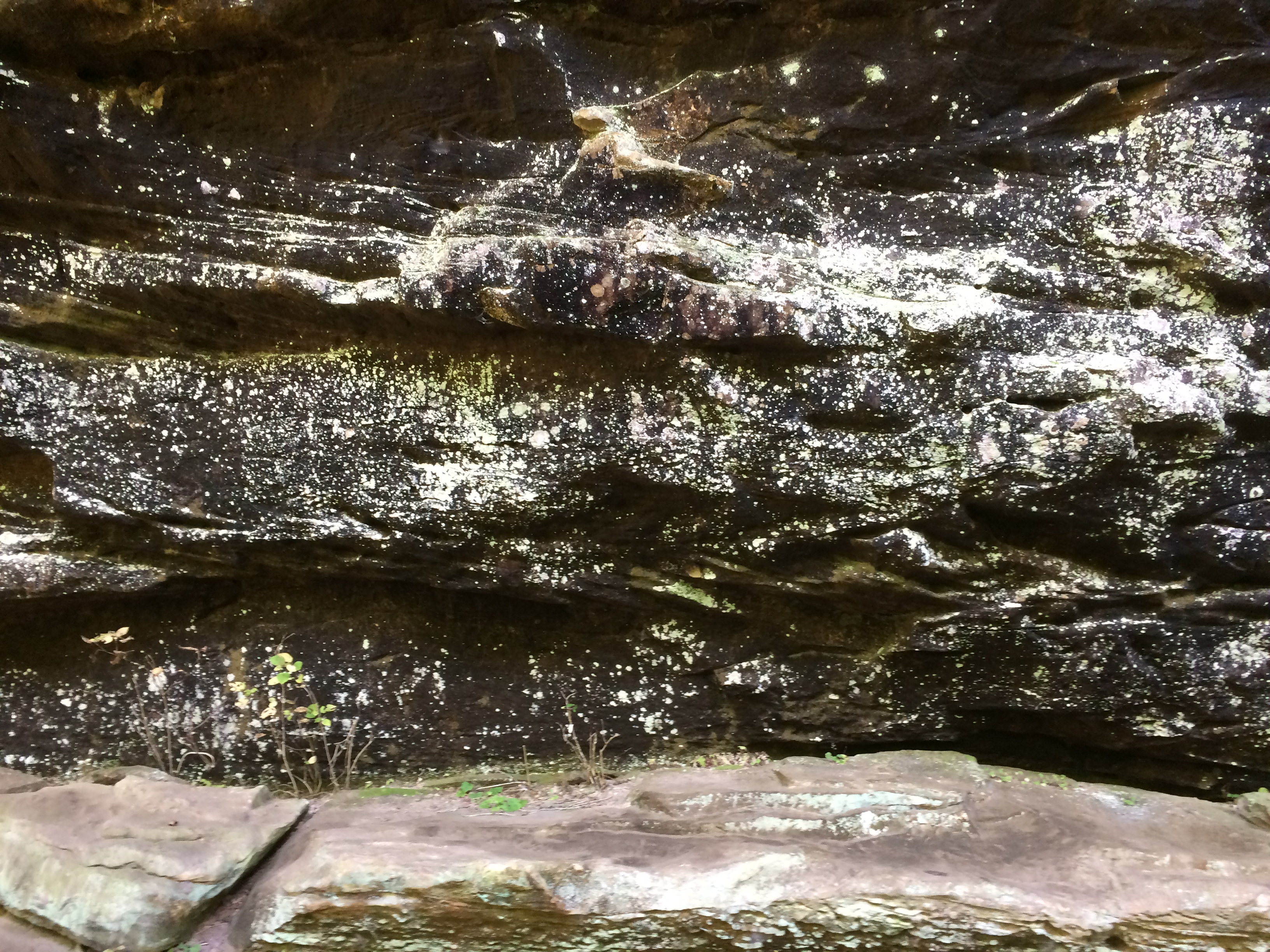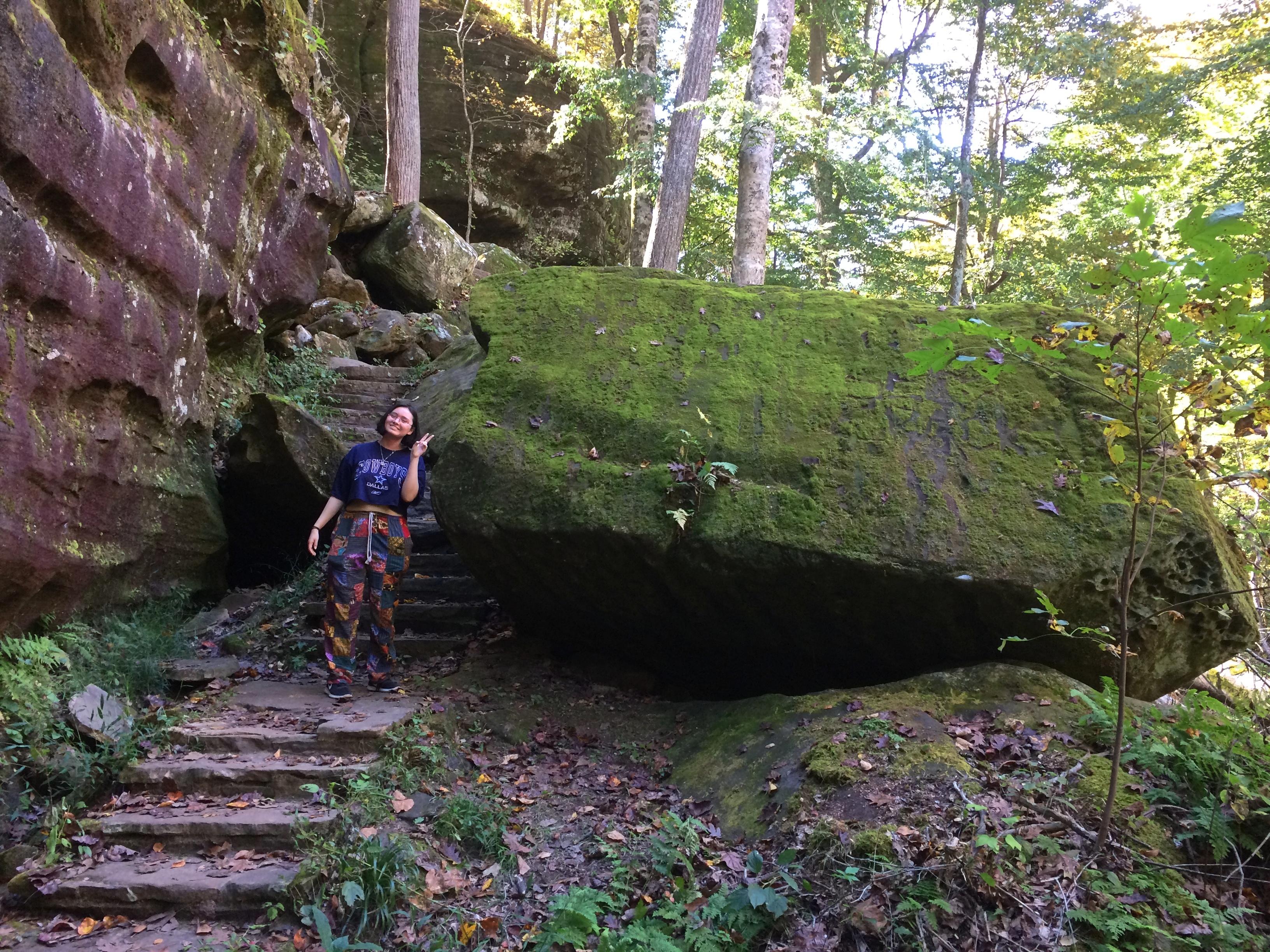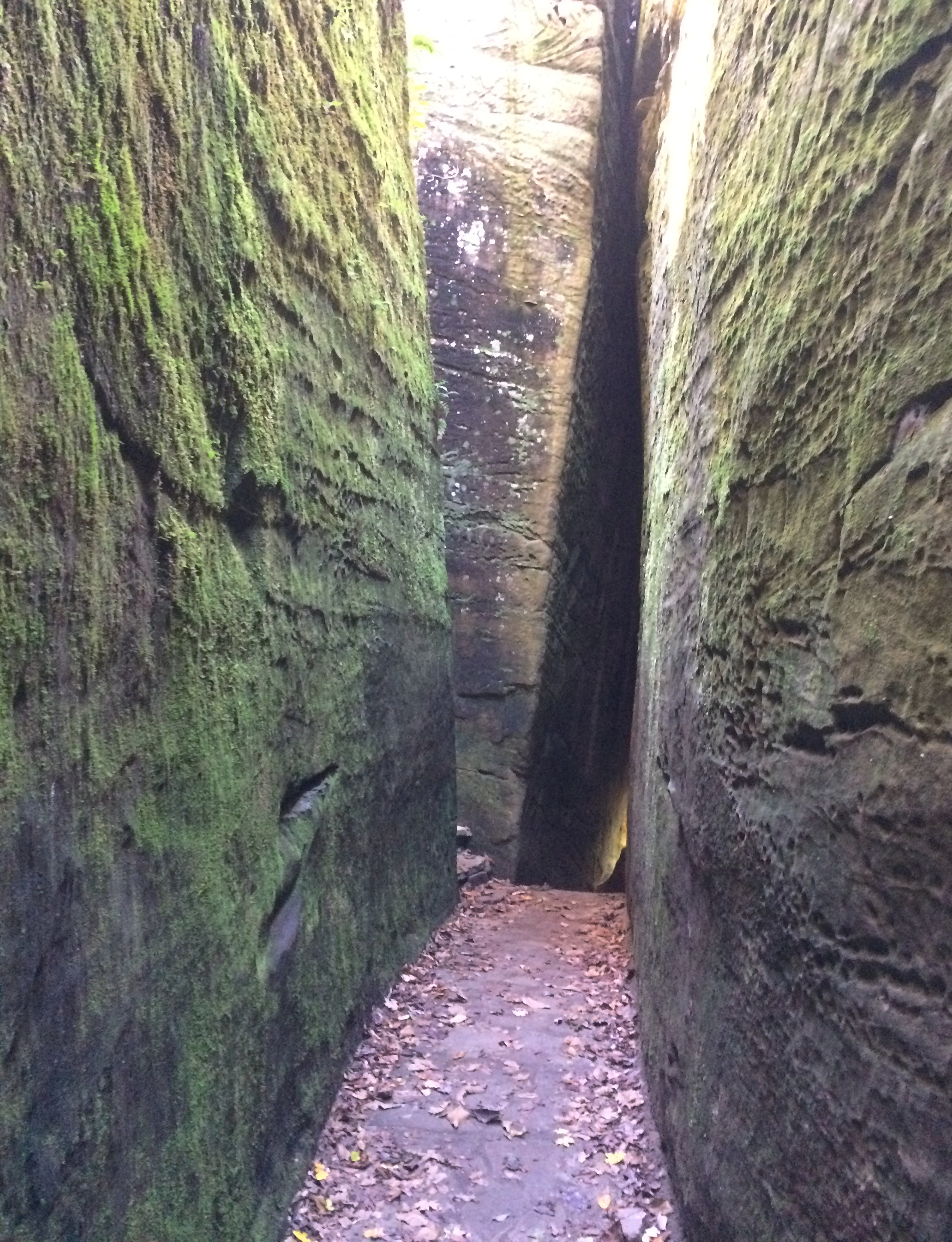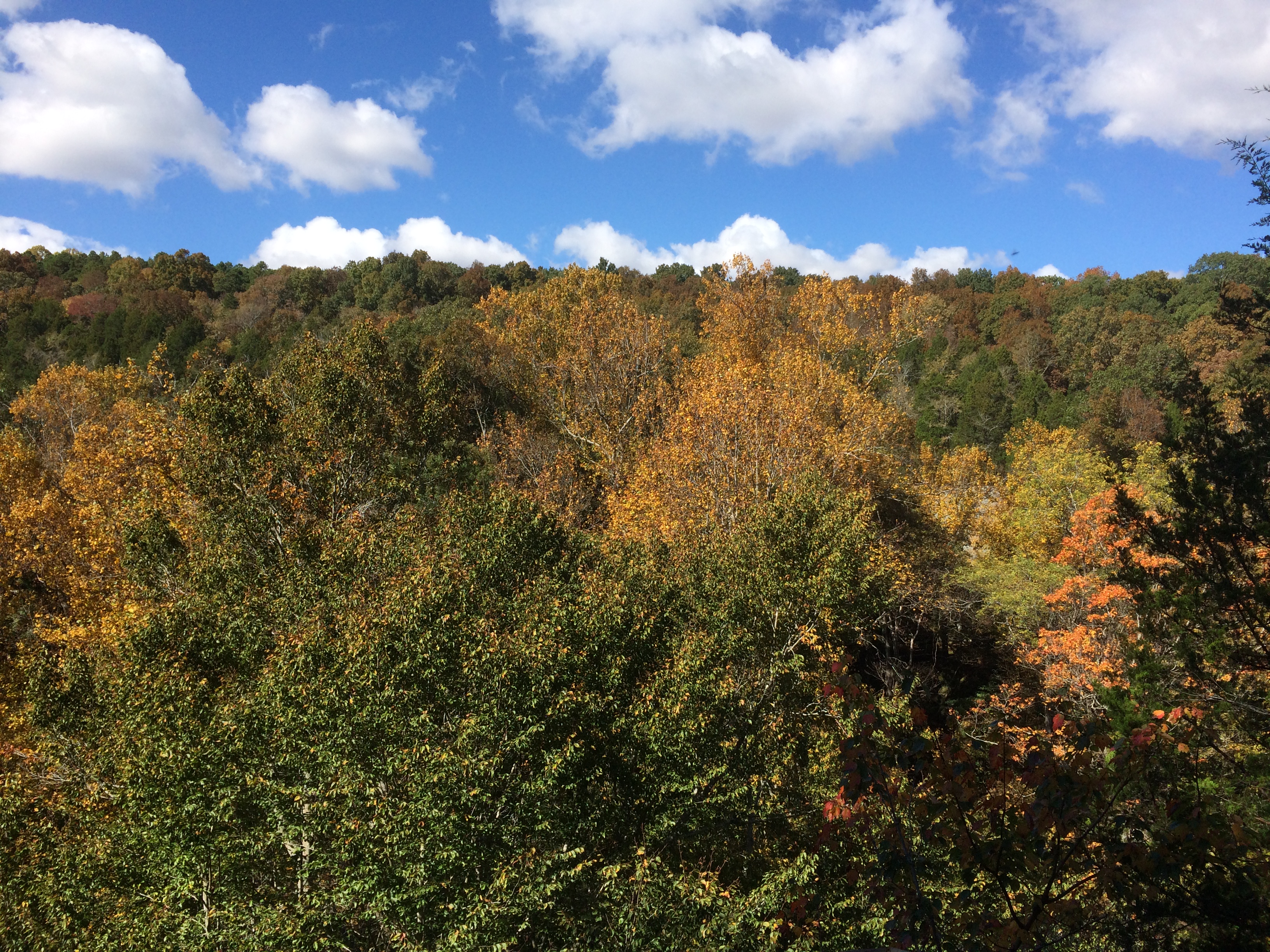After a cold second half of October, temps have trended warmer in early November. So much so that I had lunch on our deck today, and expect to tomorrow as well. It can’t last. But it’s nice to sit out there and forget about the national hubbub — which I can’t do during my working hours, as paying attention to it as part of my job.
Here’s an article about the House of Tomorrow at Indiana Dunes NP, which we saw last month. A good short read, except for one thing: no date on it, which is a pet peeve of mine. It’s obviously not that old, since it refers to the recent designation of the national park, but you shouldn’t have to rely on internal evidence to date an article.
When I posted about Pounds Hollow Recreation Area a while ago, I forgot to include the short falling leaves video. Here it is.
We’re past peak here in northern Illinois, but some of the trees are still ablaze, and some still wilted yellow-green. Sitting out on the deck was pleasant enough today, except when a leaf-blower kicked to life noisily not far away. Will future generations ponder that leaf blowers were ever a thing? Hope so. As far as leaves go, let ’em stay where they fall on your lawn. They’re nutrition for next year’s grass.
In Shawneetown, Illinois, the new town that is, you can see a memorial erected about 10 years ago. The wave of such memorials, I believe, will continue into the 21st century.
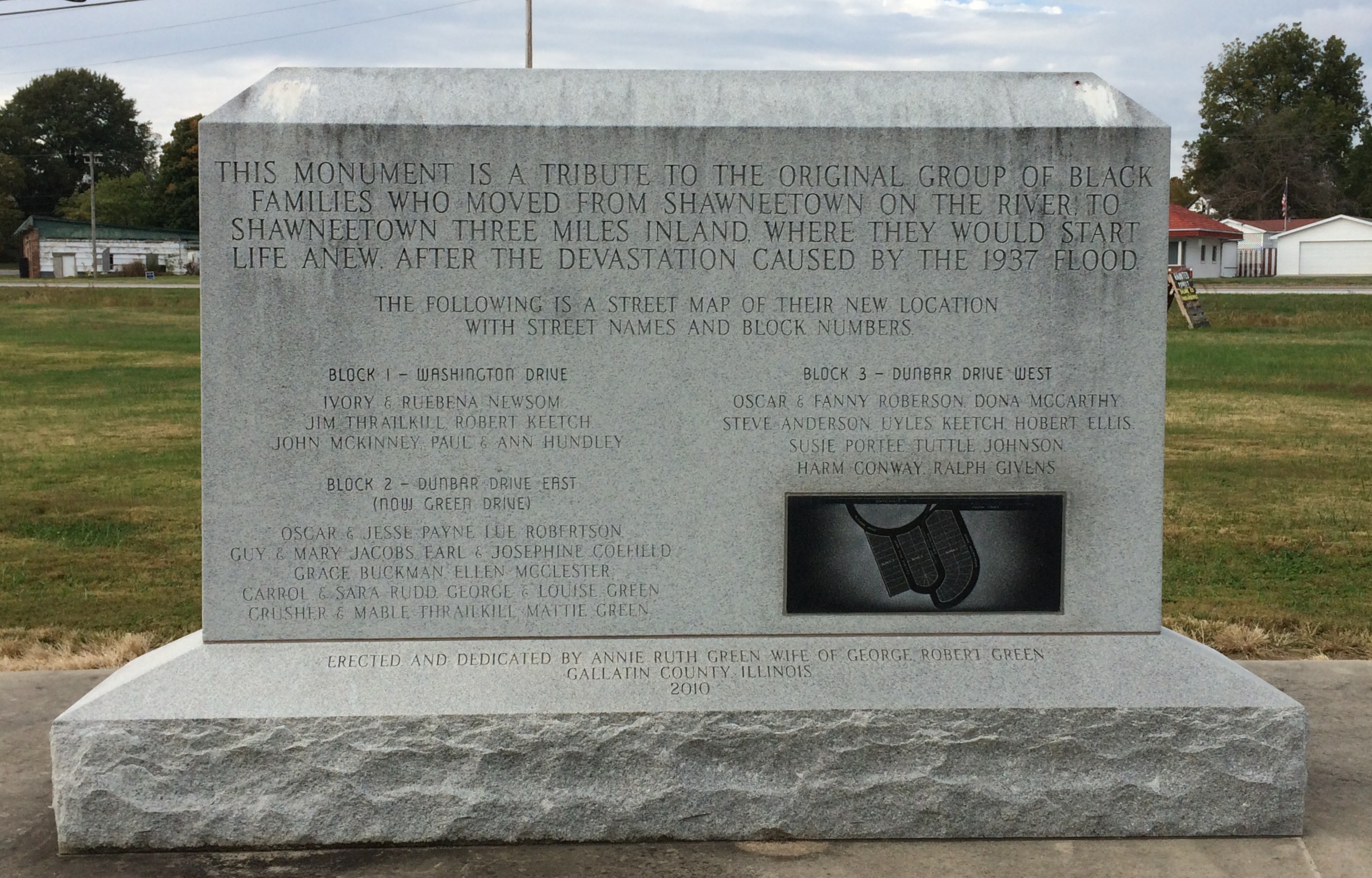 It’s a tribute to the original group of black families who moved from Shawneetown on the river to Shawneetown three miles inland, where they would start life anew, after the devastation caused by the 1937 flood.
It’s a tribute to the original group of black families who moved from Shawneetown on the river to Shawneetown three miles inland, where they would start life anew, after the devastation caused by the 1937 flood.
It includes a map of the nearby neighborhood and all the names of the black residents who lived there. The other side has a more general black history of Shawneetown, noting that a segregation-era school stood on the site of the memorial, presumably for the black neighborhood’s children, but it doesn’t say that. The school closed in the 1950s.
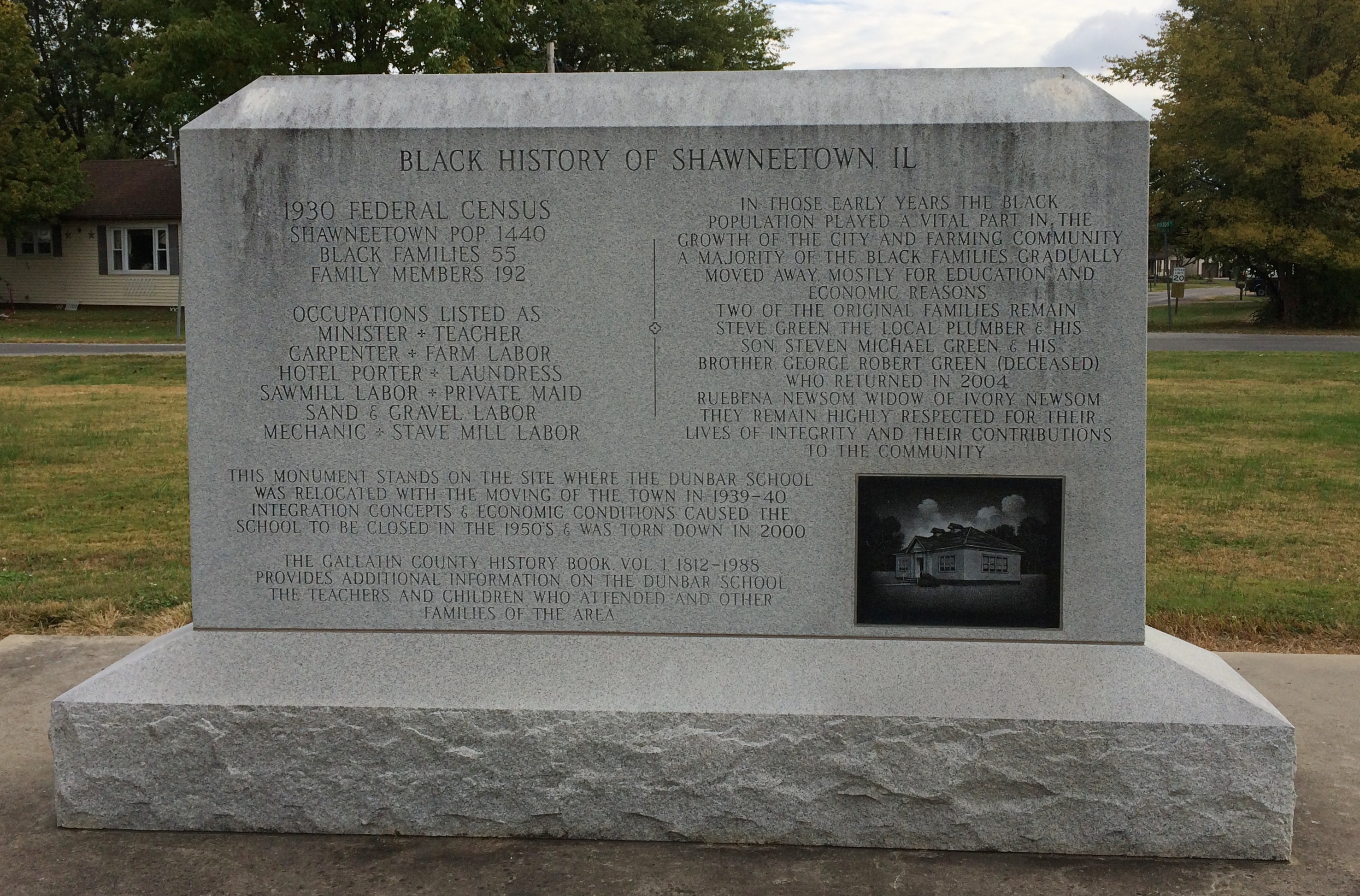 All a little wordy, but not as prolix as the Norwegian Settlers State Memorial.
All a little wordy, but not as prolix as the Norwegian Settlers State Memorial.
Near the memorial is a rectangular gazebo. Without corners. Or is it really a gazebo?
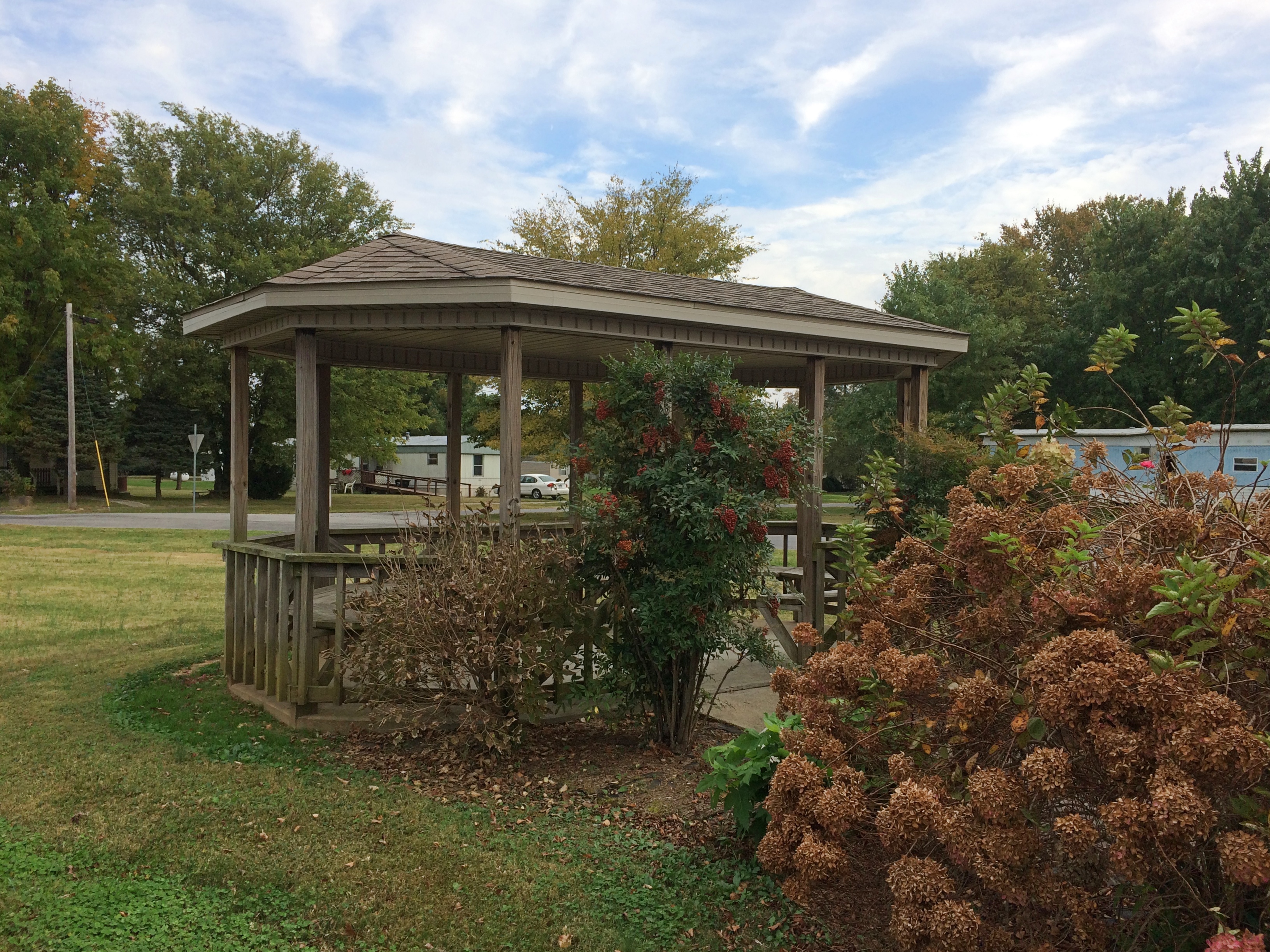 When Ann and I saw the abandoned Texaco station in Old Shawneetown, I asked her if she’d ever heard the Texaco jingle. I hadn’t thought about it in years, but the point of jungles is to bury themselves deep, so it’s coded in my synapses somewhere.
When Ann and I saw the abandoned Texaco station in Old Shawneetown, I asked her if she’d ever heard the Texaco jingle. I hadn’t thought about it in years, but the point of jungles is to bury themselves deep, so it’s coded in my synapses somewhere.
Most Americans my age would know what I meant, but considering that Men Who Wear Texaco Stars are long gone, I didn’t expect her to know. She didn’t.
Later, I showed it to her on YouTube, where it’s a standalone video (and also the grist for truly stupid local TV news).
That made me a little curious myself. When did that jingle first air? As it turns out, 1962, as a snappier tune compared with, for example, what the singing Men With Texaco Stars did for Milton Berle 10 years earlier. The jingle was also incorporated into later Texaco songs, such as this one sung by Ethel Merman.
As jingles go, “You Can Trust Your Car” is memorable indeed. The story of the copywriter (and composer) who came up with it, one Roy Eaton, is even more remarkable. Aside from being a talented concert pianist, he was the first black creative at a major ad agency, joining Young & Rubicam in 1955 and later working for many years at Benton & Bowles, before founding his own company. He’s still alive at 90.
So memorable that it was the basis for an anachronism in a 1977 episode of M*A*S*H (see the trivia section at the bottom of the page).
The Ricki Lee Jones song “Last Chance Texaco” (1979) includes an example of a reference — to the jingle — that was perfectly understandable when the work was new, and perfectly mystifying to later generations.
Your last chance
To trust the man with the star
You’ve found the last chance Texaco
One more Texaco fact: John W. “Bet A Million” Gates was an early investor in the ancestor company of Texaco.
